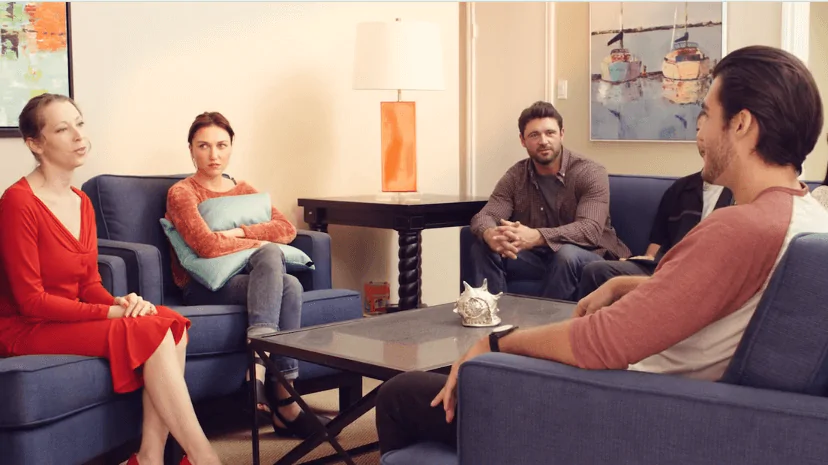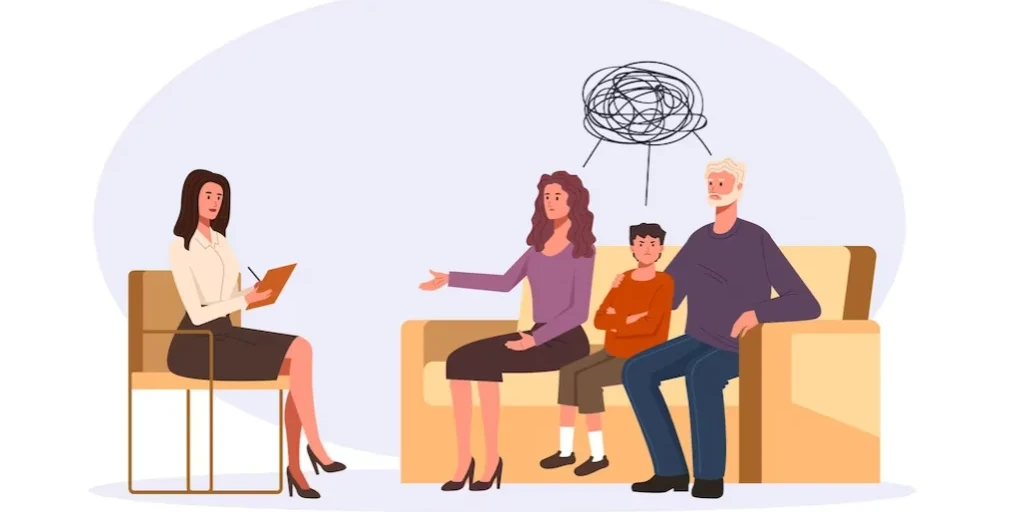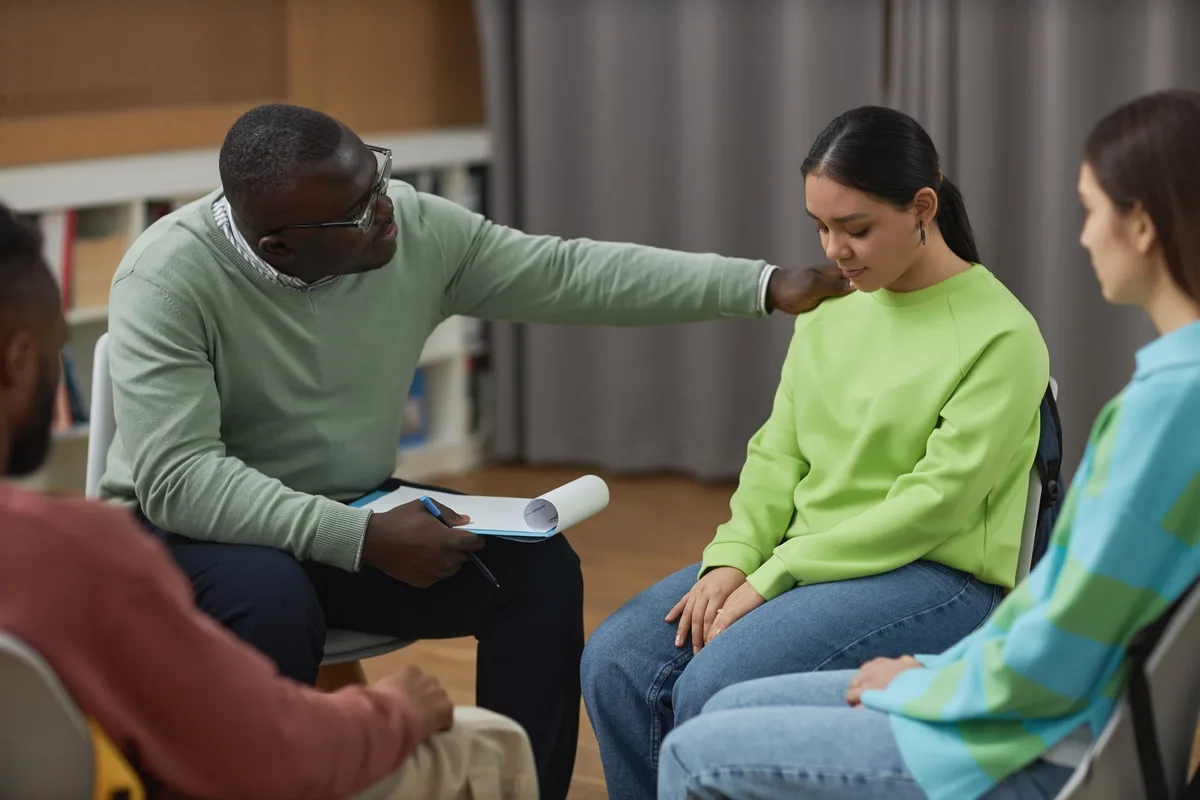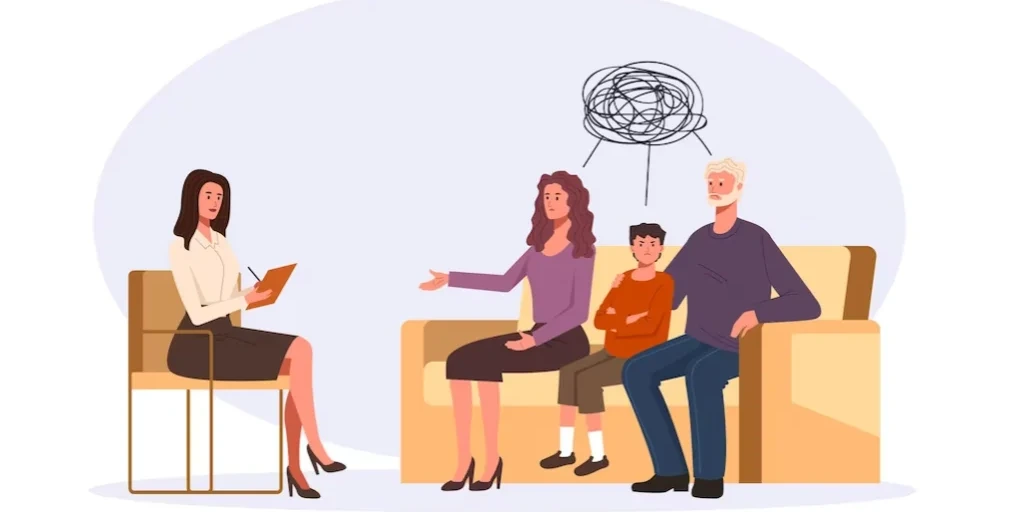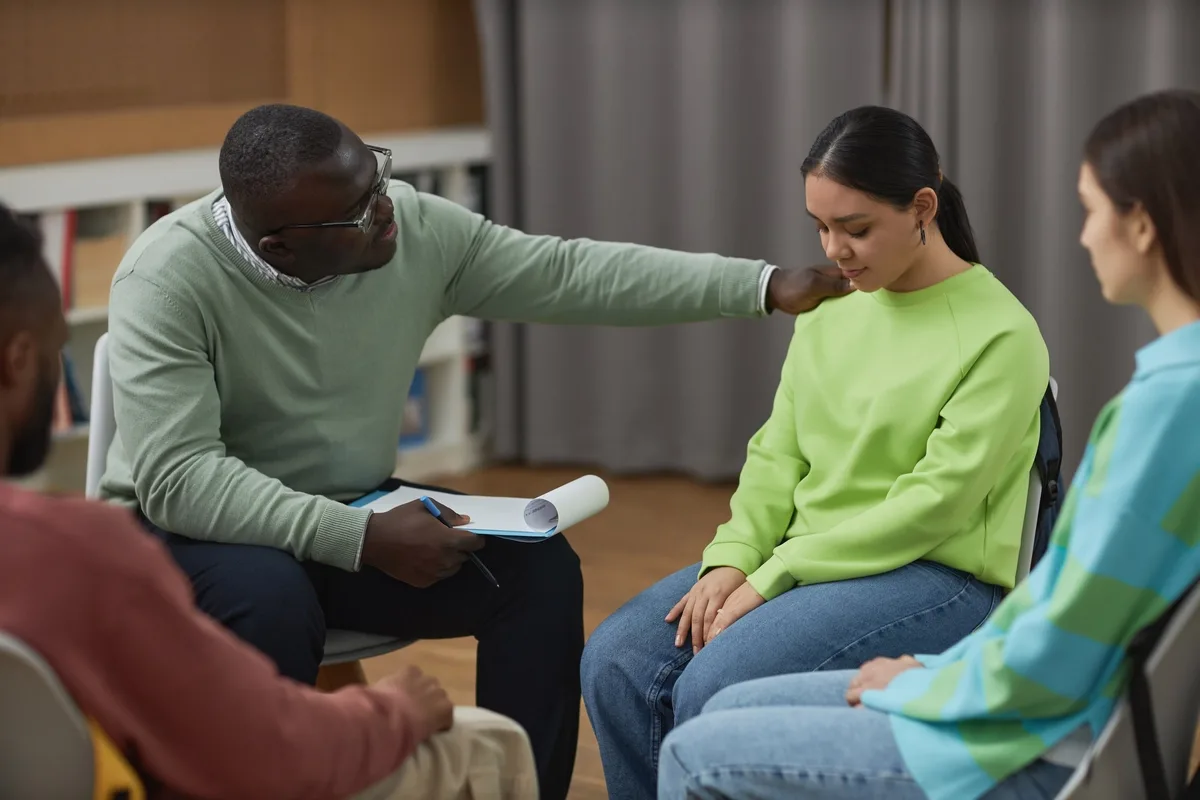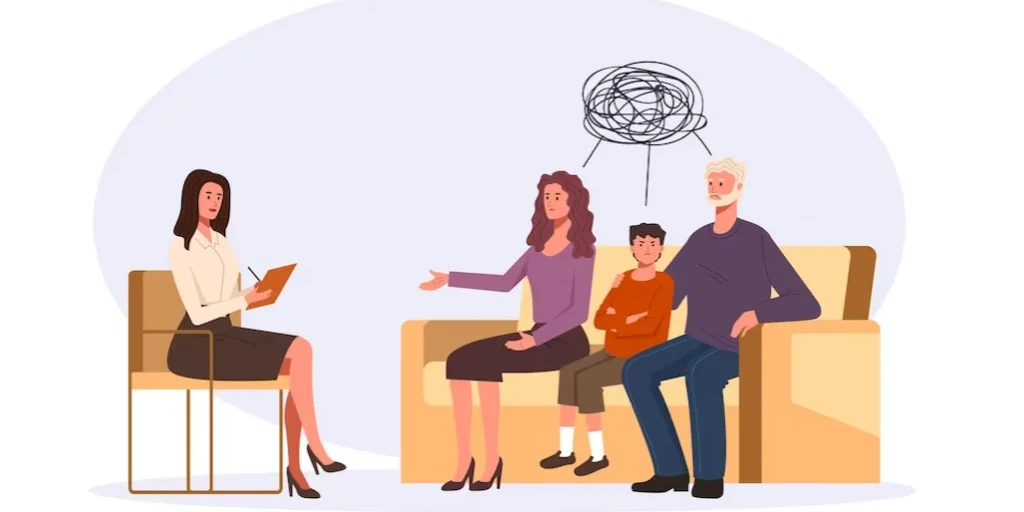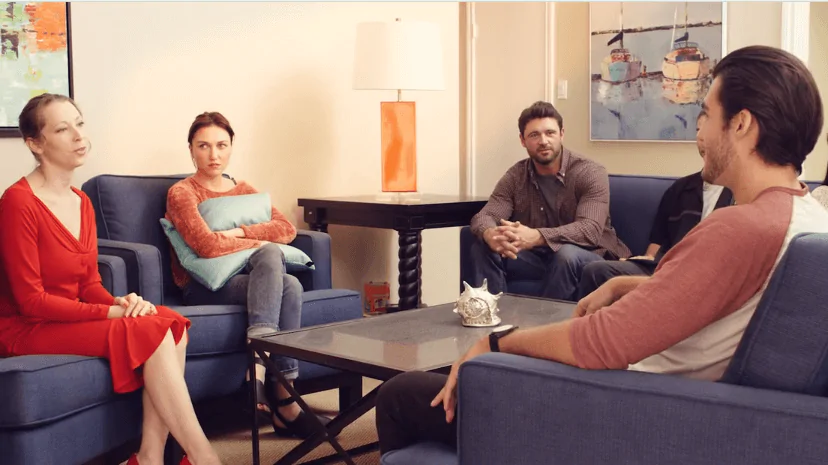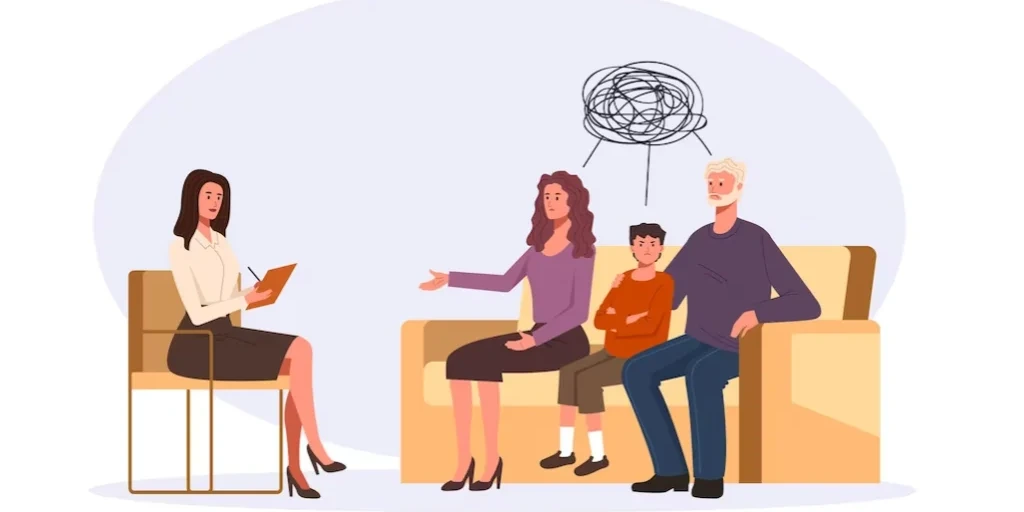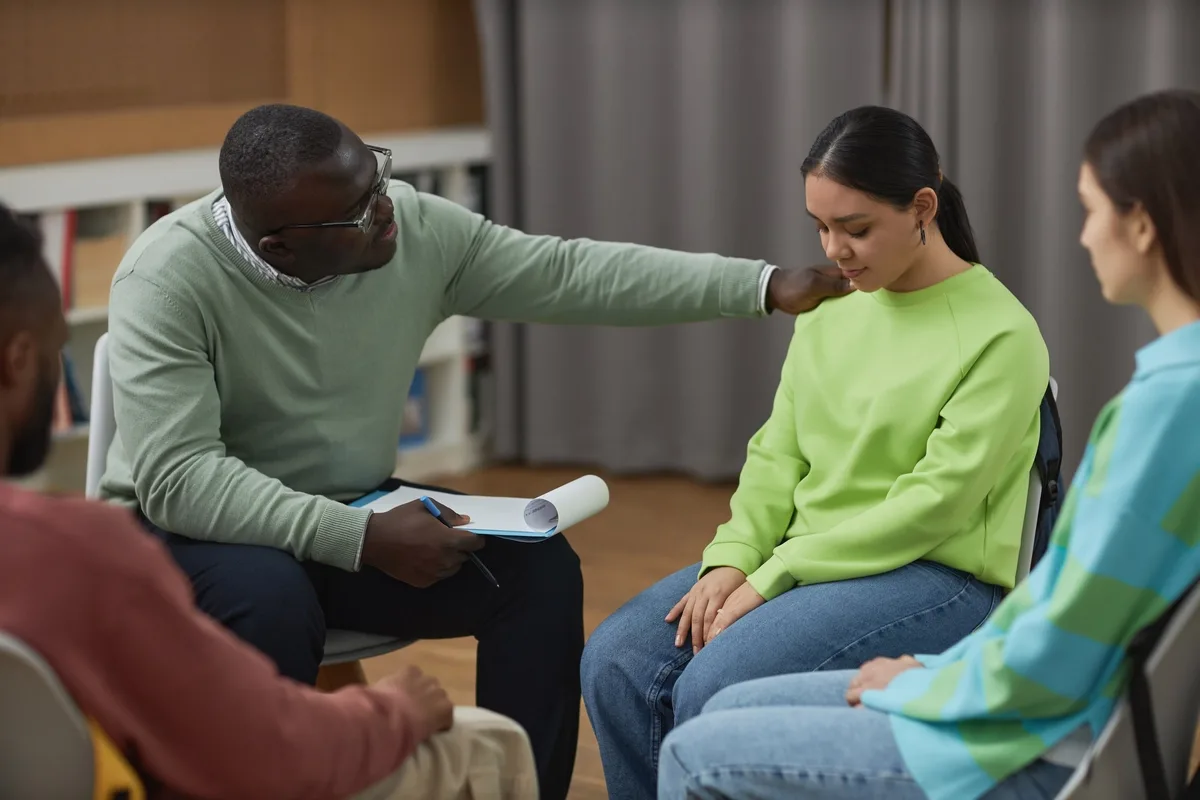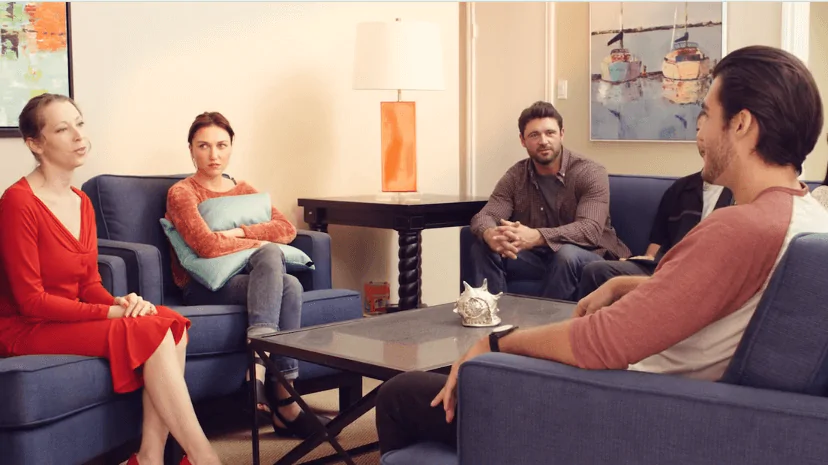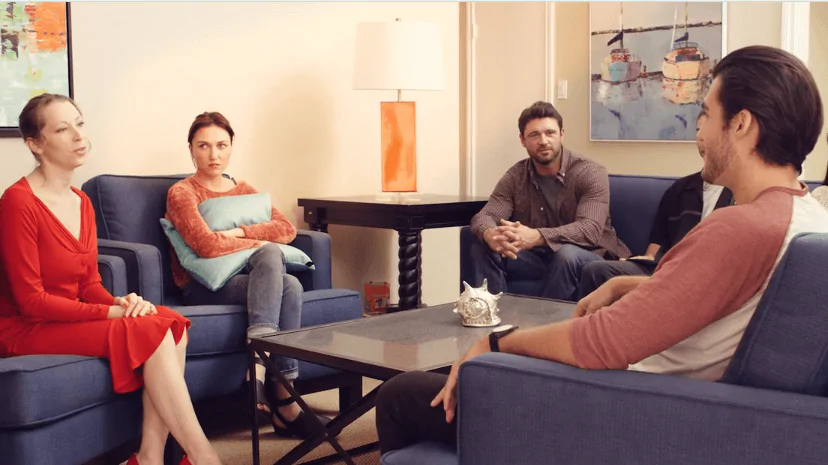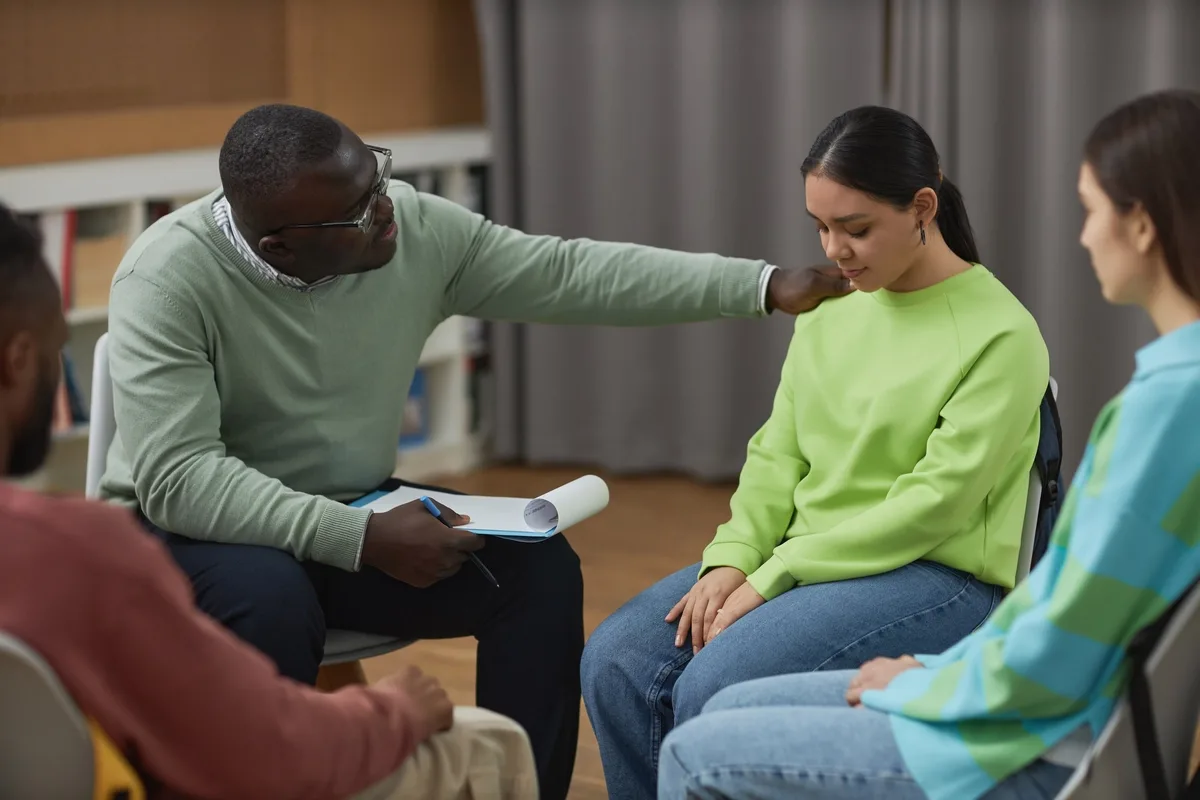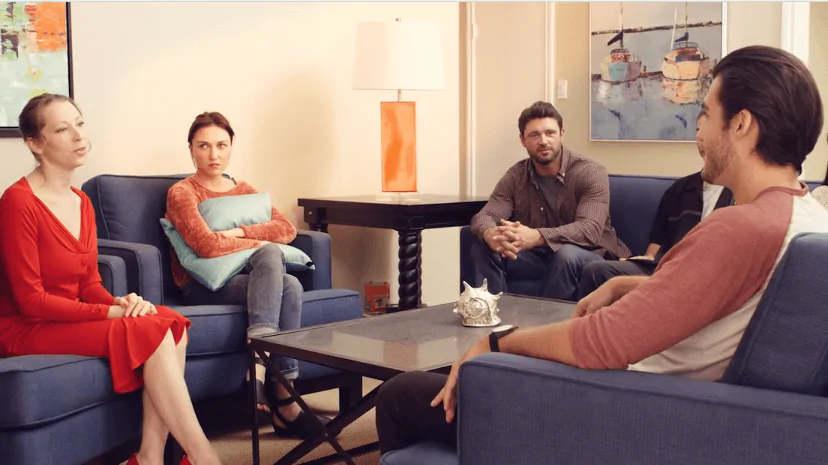24/7 Helpline:
(866) 899-111424/7 Helpline:
(866) 899-1114
Learn more about Ecstasy Rehab centers in Minnesota

Other Insurance Options

Covered California

Health Partners

Coventry Health Care

Humana

Evernorth

BlueCross

Horizon Healthcare Service

Highmark

Aetna

Ceridian

Sutter

Oxford

Carleon

Excellus

Sliding scale payment assistance

American Behavioral

UMR

EmblemHealth

Choice Care Network

Cigna

Focus 12 Halfway House
Focus 12 Halfway House, located in Saint Cloud, Minnesota, is a treatment center for men that provid...

Wayside Womens Treatment Center
Wayside Womens Treatment Center is a private rehab located in Saint Louis Park, Minnesota. Wayside W...

Twelfth Step House
Twelfth Step House is a drug and alcohol rehab and transitional living facility for men located in V...

Fairview Recovery Adolescent Chemical Dependency
Fairview Recovery Adolescent Chemical Dependency is a private rehab located in Chisago City, Minneso...

Hazelden Betty Ford Foundation
Hazelden Betty Ford Foundation offers an outpatient treatment program that combines 12-step principl...
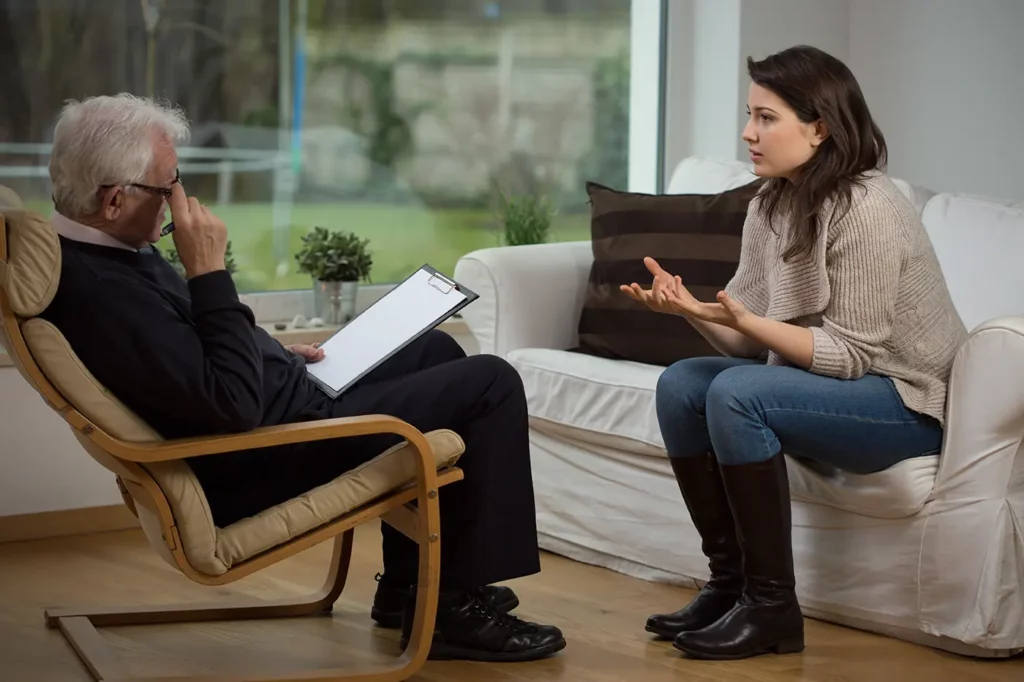
The Retreat
The Retreat is a rehab center that provides a non-clinical mutual help approach to drug and alcohol ...

Beauterre Recovery Institute
Beauterre Recovery Institute is a private rehab located in Owatonna, Minnesota. Beauterre Recovery I...

Minnesota Adult and Teen Challenge
Minnesota Adult and Teen Challenge offers inpatient treatment for individuals with alcohol and/or su...

Hazelden Betty Ford
Hazelden Betty Ford is an adult addiction treatment center in Center City, Michigan. They provide co...

New Season – St. Paul Metro Treatment Center
New Season - St. Paul Metro Treatment Center is a private rehab located in Saint Paul, MN. New Seaso...

Vinland National Center
Vinland National Centers is a behavioral healthcare provider for individuals with traumatic brain in...

Resource – Chicago Avenue
Avivo is a non profit rehab located in Minneapolis, MN. Avivo have an outpatient program that specia...

Mayo Foundation Addiction Services
Mayo Foundation Addiction Services is a private rehab located in Rochester, Minnesota. Mayo Foundati...

Meadow Creek
Meridian Meadow Creek is a dual diagnosis drug and alcohol rehab center located in Pine City, MN. Th...

Pride Institute
Pride Institute is a private rehab located in Eden Prairie, Minnesota. Pride Institute specializes i...

Club Recovery
Club Recovery is a comprehensive substance abuse rehab center in Edina, MN for individuals and famil...

Faith Family Recovery Center
Faith Family Recovery Center is a faith-based and family-oriented treatment program committed to pro...

Avivo Building Resilient Families
Avivo Building Resilient Families is a private rehab located in Minneapolis, Minnesota. Avivo Buildi...

Hazelden Betty Ford Foundation
Hazelden Betty Ford Foundation helps people reclaim their lives from the disease of addiction. Hazel...

Grace Counseling
Grace Counseling is a private rehab located in Cedar, Minnesota. Grace Counseling specializes in the...

Omegon Residential Treatment Center
Omegon Residential Treatment Center is a traditional rehab located in Minnetonka, MN. Omegon Residen...

Maple Lake Recovery Center
Maple Lake Recovery Centers provide substance abuse recovery programs designed for ages 13-18. We co...

Lakes Counseling Center
Lakes Counseling Center is a private rehab located in Detroit Lakes, Minnesota. Lakes Counseling Cen...

Lee Carlson Center for Mental Health and Well Being – University Avenue NE
Lee Carlson Center for Mental Health and Well Being – University Avenue NE is a private rehab locate...

Rewind
Rewind is a private rehab located in Perham, Minnesota. Rewind specializes in the treatment of alcoh...

South Central Human Relations Center – Dual Recovery Program
South Central Human Relations Center – Dual Recovery Program is a non-profit rehab located in Owaton...

Vinland National Center
Vinland National Center provides alcohol and drug treatments for adults with cognitive impairments. ...

Mental Health Resources
Mental Health Resources is a private rehab located in Saint Paul, Minnesota. Mental Health Resources...

Eden Men’s Program
Eden Men’s Program is a private rehab located in Minneapolis, Minnesota. Eden Men’s Program speciali...

Owatonna Hospital – Behavioral Health
Owatonna Hospital – Behavioral Health is a private rehab located in Owatonna, Minnesota. Owatonna Ho...

Twin City Chemical Health Services
Twin City Chemical Health Services offers therapeutic techniques to guide clients through substance ...

Northland Recovery Center – Women’s Center North
Northland Recovery - SE 11th Street offers inpatient treatment for women with alcohol and/or substan...

Lakeland Mental Health Center – Moorhead
Lakeland Mental Health Center – Moorhead is a private rehab located in Moorhead, Minnesota. Lakeland...

Southwestern Mental Health Center Avera
Southwestern Mental Health Center Avera offers behavioral health services for children, adolescents,...

Cook County – Wilderness Outpatient
Cook County – Wilderness Outpatient is a public rehab located in Grand Marais, Minnesota. Cook Count...

People – Huss Recovery Services
People – Huss Recovery Services is a private rehab located in Minneapolis, Minnesota. People – Huss ...

NuWay Counseling Center – Outpatient
NuWay Counseling Center - Outpatient is a private counseling clinic located in Minneapolis, MN. NuWa...

Mental Health Resources
Mental Health Resources is a private rehab located in Minneapolis, Minnesota. Mental Health Resource...

Divine Hope Counseling
Divine Hope Counseling is a private counseling clinic located in Willmar, MN. Divine Hope Counseling...

Southwestern Mental Health – Unity House
Southwestern Mental Health – Unity House is a drug and alcohol rehab and mental health facility loca...

Regions Hospital – Mental Health
Regions Hospital – Mental Health is a private rehab located in Saint Paul, Minnesota. Regions Hospit...

Family Life Mental Health Center
Family Life Mental Health Center is a private rehab located in Minneapolis, Minnesota. Family Life M...

Fairview Counseling at Apple Valley
Fairview Counseling at Apple Valley is a private rehab located in Saint Paul, Minnesota. Fairview Co...

Lutheran Social Services – Alexandria
Lutheran Social Services – Alexandria is a private rehab located in Alexandria, Minnesota. Lutheran ...

Northern Pines Chemical Health
Northern Pines Chemical Health is a private rehab located in Brainerd, Minnesota. Northern Pines Che...

Pathway House – Men’s Program
Pathway House provides drug free, supported living for adults in the Rochester, Minnesota, area. The...

Specialized Treatment Services – Central Avenue
Specialized Treatment Services – Central Avenue is a private rehab located in Minneapolis, Minnesota...
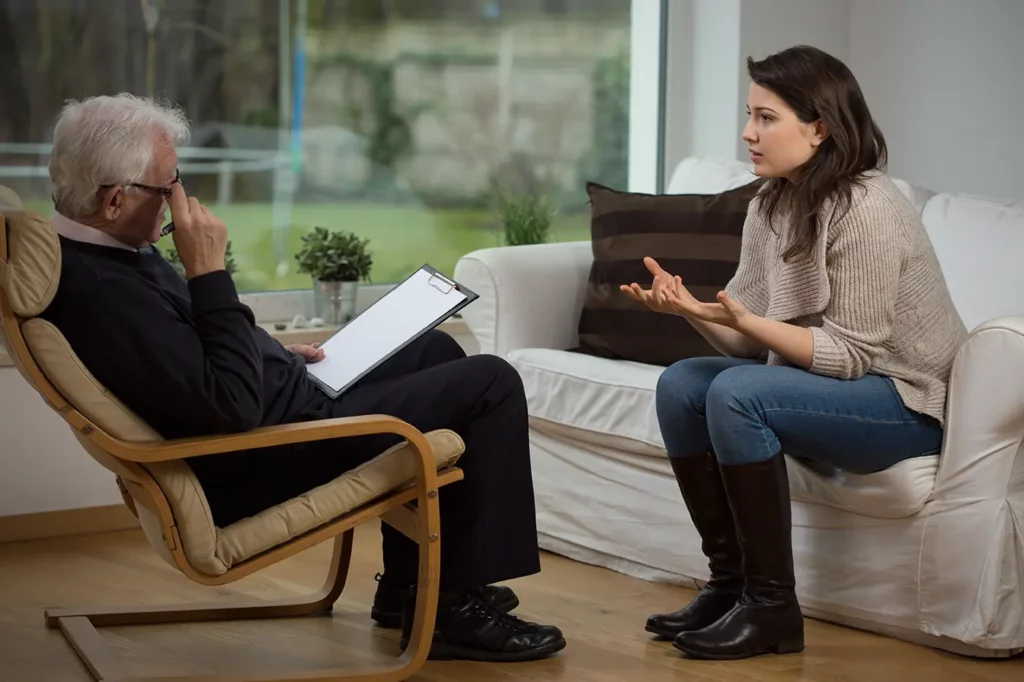
House of Hope – Women’s Program
House of Hope - Women's Program offers a residential program for those men and women who are struggl...

Options Family and Behavioral Health
Options Family and Behavioral Health is a private rehab located in Burnsville, MN. Options Family an...

Professional Counseling Center
Professional Counseling Center is a private rehab located in Saint Louis Park, Minnesota. Profession...

Saint John’s Hospital – Mental Health and Addiction Services
Saint John's Hospital - Mental Health and Addiction Services is a private hospital located in Saint ...
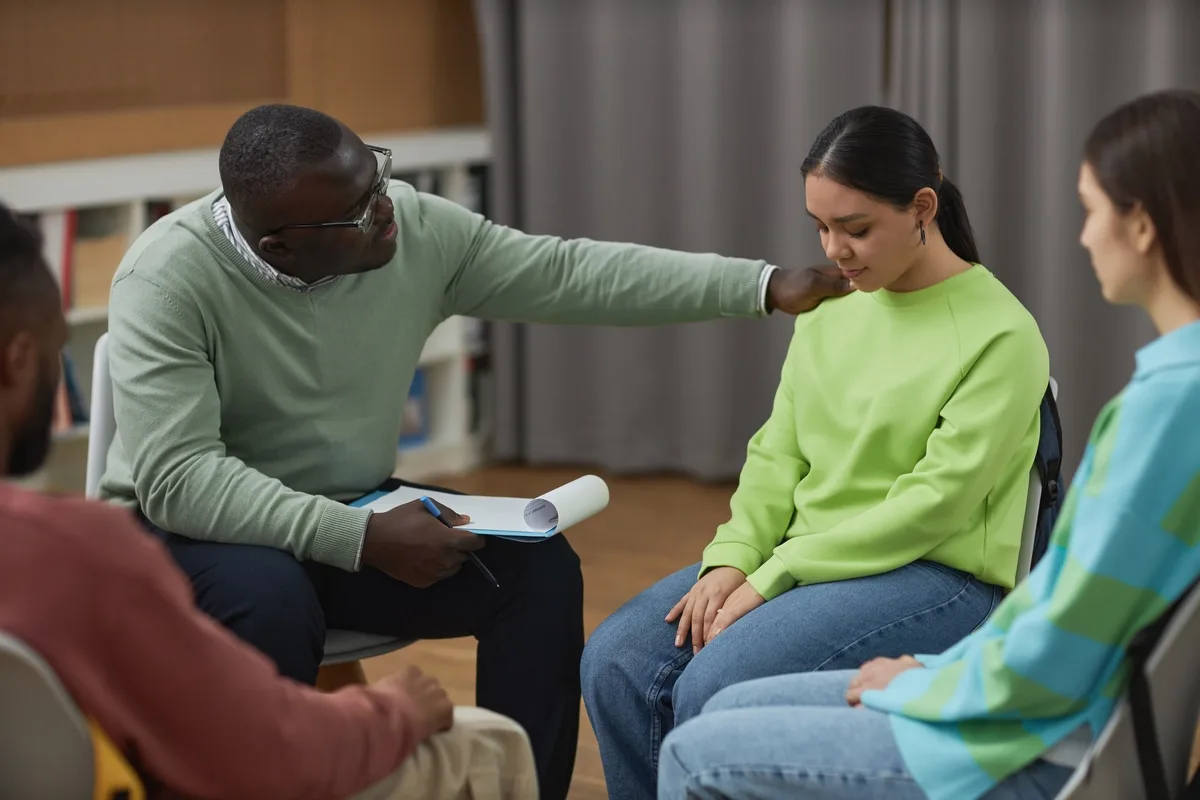
Haven Chemical Health Systems
Haven Chemical Health Systems is a traditional rehab located in Cloquet, MN. Haven Chemical Health S...

Northeast Youth and Family Services – Saint Paul
Northeast Youth and Family Services – Saint Paul is a private rehab located in Saint Paul, Minnesota...

Sanford Behavioral Health – 15th street
Sanford Behavioral Health - 15th street is an outpatient facility that offers treatment for individu...

Partners in Recovery
Partners in Recovery is a private rehab located in Saint Paul, Minnesota. Partners in Recovery speci...

Arrowhead Center
Arrowhead Center is a non-profit rehab located in Virginia, Minnesota. Arrowhead Center specializes ...

House of Hope – Men’s Program
House of Hope - Men's Program offers a residential program for those men and women who are strugglin...

Juel Fairbanks Chemical Dependency Services
The Juel Fairbanks Chemical Dependency Services facility stands as a dual-diagnosis addiction rehab ...

Wayside House
Wayside House is a private rehab located in Saint Louis Park, Minnesota. Wayside House specializes i...

Park Avenue Center – Women’s
Park Avenue Center–Women’s, in Minneapolis, Minnesota, is an outpatient drug and alcohol rehab for a...

Northland Recovery – SE 7th Avenue
Northland Recovery - SE 7th Avenue offers inpatient treatment for women with alcohol and/or substanc...

Western Mental Health Center
Western Mental Health Center is a private rehab located in Marshall, Minnesota. Western Mental Healt...

Minnesota Adult and Teen Challenge
Minnesota Adult and Teen Challenge is a comprehensive drug and alcohol rehab in Rochester, Minnesota...

On Belay House Plymouth
On Belay House Plymouth is a private rehab located in Plymouth, Minnesota. On Belay House Plymouth s...

Counseling Associates
Counseling Associates is a private rehab located in Winona, Minnesota. Counseling Associates special...
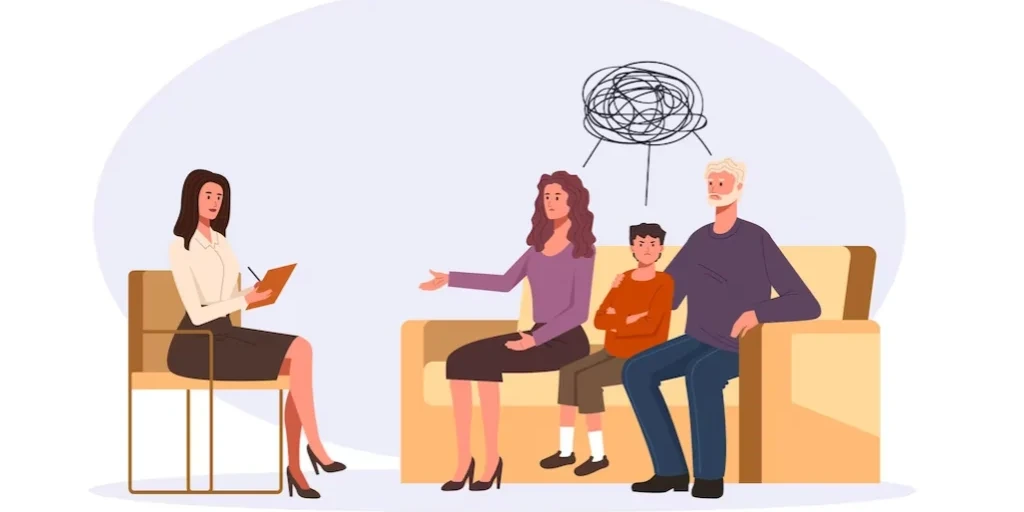
Hazelden Betty Ford Foundation
Hazelden Betty Ford Foundation offers an outpatient treatment program that combines 12-step principl...

Counseling Care
Counseling Care is a private rehab located in Lake Elmo, Minnesota. Counseling Care specializes in t...

Canvas Health – Stillwater Boulevard North
Canvas Health – Stillwater Boulevard North is a private rehab located in Saint Paul, Minnesota. Canv...

BHSI Golden Valley
BHSI Golden Valley is a private rehab located in Minneapolis, Minnesota. BHSI Golden Valley speciali...

Central Minnesota Mental Health Center
Central Minnesota Mental Health Center is a public rehab located in Monticello, Minnesota. Central M...

EmPower CTC
EmPower CTC offer services utilizing psycho-educational in nature, motivational interviewing, encour...

Northland Counseling Center – Grand Rapids
Northland Counseling Center – Grand Rapids is a private rehab located in Grand Rapids, Minnesota. No...

Lakeland Mental Health Center
Lakeland Mental Health Center, in Fergus Falls, Minnesota, is a mental and behavioral health care fa...

Transitions Outpatient Program
Transitions Outpatient Program is a private rehab located in Saint Paul, Minnesota. Transitions Outp...

Pathways Counseling Center
Pathways Counseling Center is a private rehab located in Saint Paul, Minnesota. Pathways Counseling ...

Comunidades Latinas Unidas en Servicio
Comunidades Latinas Unidas en Servicio is a non - profit organization located in Minneapolis, MN. Co...

Red River Recovery Center
Red River Recovery is a 12 step-focused residential drug and alcohol rehab for adults in Dilworth, M...

Northern Pines Chemical Health
Northern Pines Chemical Health is a non-profit rehab located in Wadena, Minnesota. Northern Pines Ch...

Oshki Manidoo Center
The Oshki Manidoo Center, located in Bemidji, Minnesota, is a holistic healing center for Native Ame...

The Duluth Bethel
The Duluth Bethel is dedicated to serve men and women who are struggling with substance abuse issues...

Minnesota Indian Women’s Resource Center – Nokimis Endaad
MIWRC maintains 13 two- and three-bedroom section and 8 apartments to provide long-term housing for ...

Haven Chemical Health Systems
Haven Chemical Health Systems is a private rehab located in Shakopee, Minnesota. Haven Chemical Heal...

Central Minnesota Mental Health Center
Central Minnesota Mental Health Center is a private rehab located in Elk River, Minnesota. Central M...
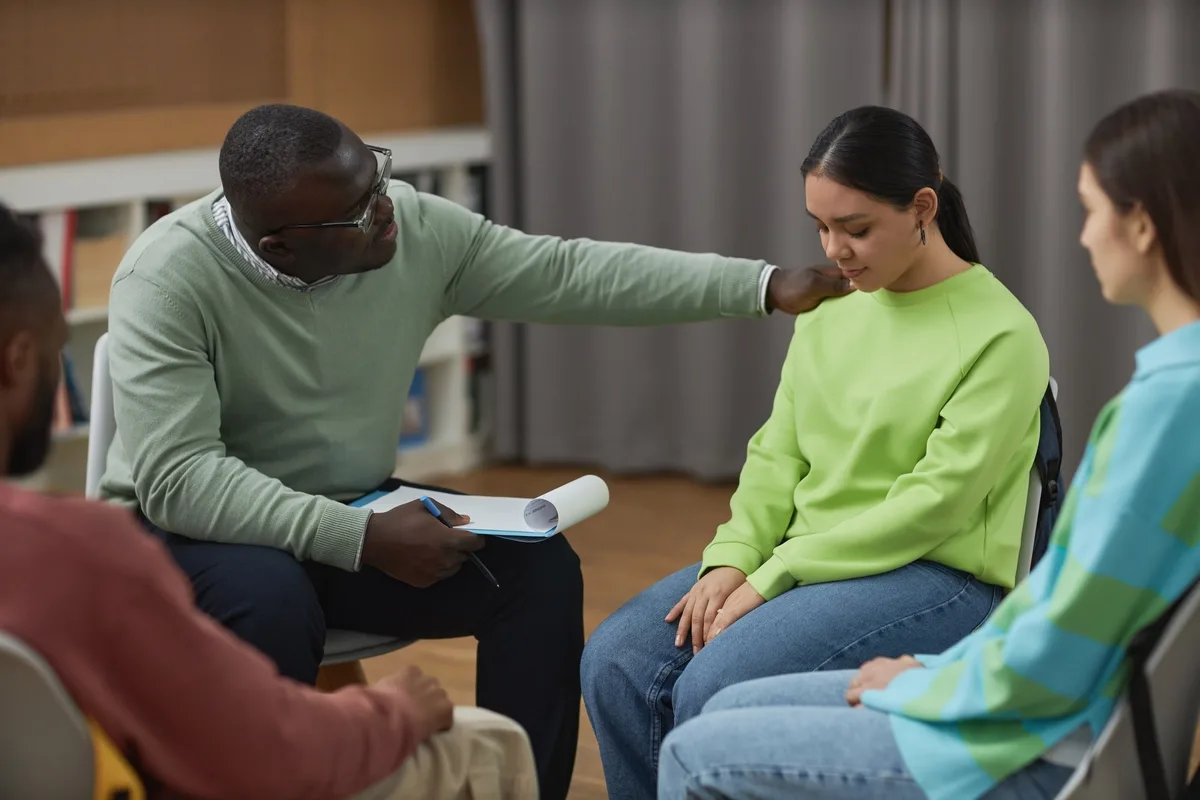
Walk In Counseling Center
Walk In Counseling Center is a private rehab located in Minneapolis, Minnesota. Walk In Counseling C...

Cochran Recovery Services
Cochran Recovery Services is a non-profit and cost-effective organization that provides comprehensiv...

Central Minnesota Mental Health Center
Central Minnesota Mental Health Center is a private rehab located in Saint Cloud, Minnesota. Central...

New Beginnings Minnesota at Stillwater
New Beginnings Minnesota at Stillwater is a private rehab located in Stillwater, Minnesota. New Begi...

Canvas Health
Canvas Health is a private rehab located in Stillwater, Minnesota. Canvas Health specializes in the ...

Northern Pines Mental Health – Little Falls
Northern Pines Mental Health – Little Falls is a private rehab located in Little Falls, Minnesota. N...

Conceptual Counseling
Conceptual Counseling offers outpatient services for individuals struggling with alcohol and drug ad...

Pinnacle Recovery Services
Pinnacle Recovery Services is a private rehab located in Brainerd, Minnesota. Pinnacle Recovery Serv...

Headway Emotional Health Services
Headway Emotional Health Services is a private rehab located in Hopkins, Minnesota. Headway Emotiona...

North Suburban Counseling Center
North Suburban Counseling Center is a private rehab located in Minneapolis, Minnesota. North Suburba...
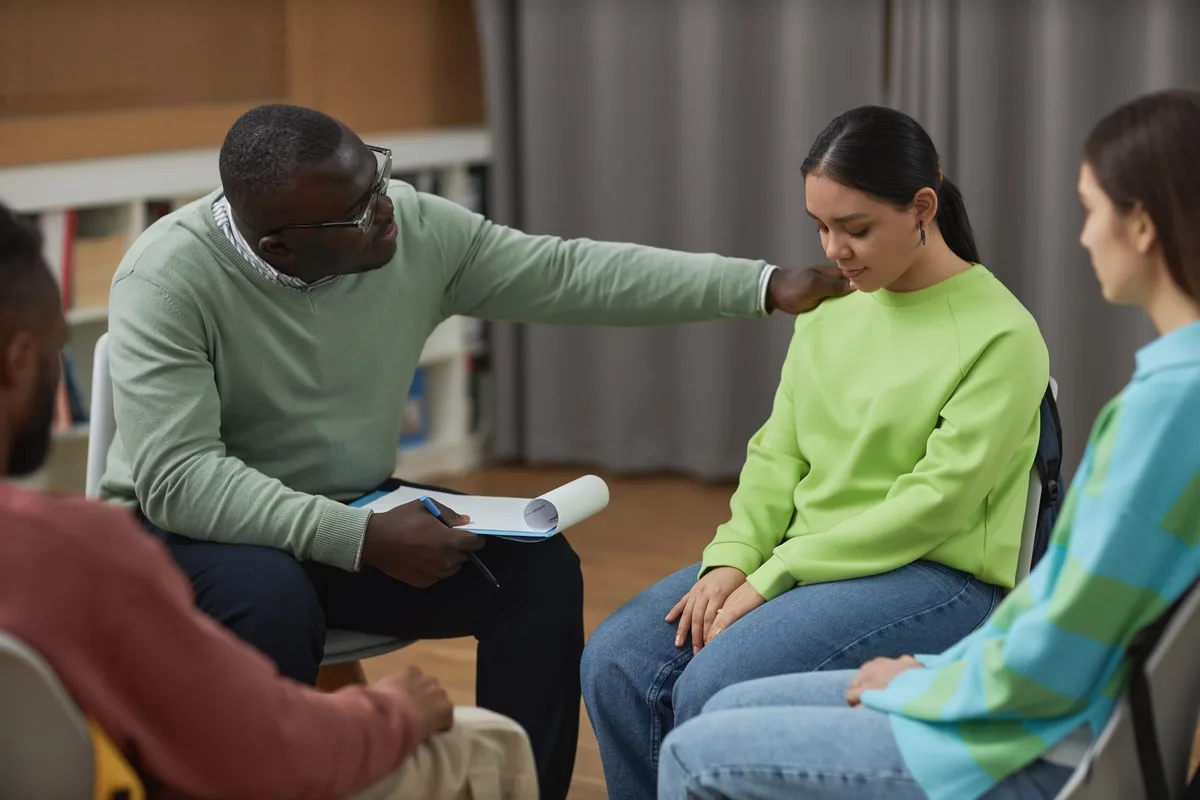
Park Avenue Center – Men’s
Park Avenue Center is a private men's drug rehab center committed to providing comprehensive addicti...

Hennepin County Medical Center – Inpatient Psychiatry
Hennepin County Medical Center – Inpatient Psychiatry is a public rehab located in Minneapolis, Minn...

Drake Counseling Services
Drake Counseling Services is a private rehab located in Detroit Lakes, MN. Drake Counseling Services...

White Earth Urban Substance Abuse Program
White Earth Substance Abuse Program is located in Minneapolis, Minnesota. White Earth Substance Abus...

CADT – Center for Alcohol and Drug Treatment
Center for Alcohol and Drug Treatment (CADT) provides chemical health, substance abuse and addiction...

New Beginnings – St. Peter
New Beginnings is a state licensed, alcohol and drug treatment facility. The facility offers outpati...
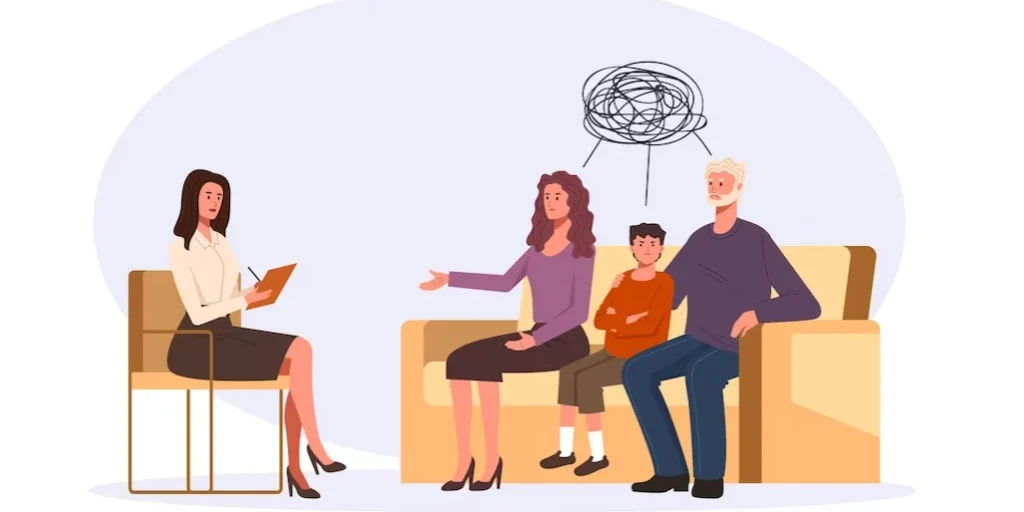
Lakeview Behavioral Health
Lakeview Behavioral Health is a private rehab located in Grand Rapids, Minnesota. Lakeview Behaviora...

Project Turnabout
Project Turnabout- Willmar is a nonprofit addiction recovery center for alcohol, drugs, and gambling...

Perspectives
Perspectives is a non-profit traditional rehab located in Minneapolis, Minnesota. Perspectives speci...
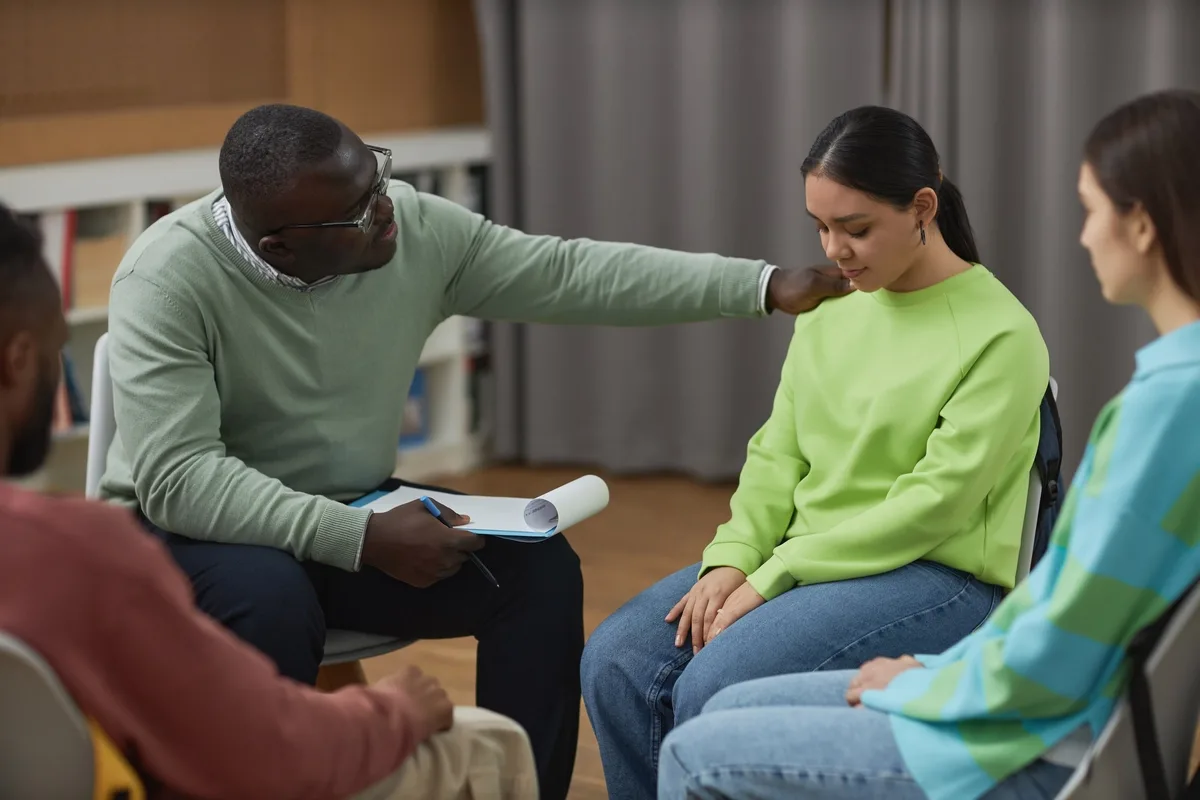
Volunteers of America of Minnesota – Residential Treatment
Volunteers of America of Minnesota – Residential Treatment is a private rehab located in Hopkins, Mi...

Winona Counseling Clinic
Winona Counseling Clinic is an outpatient mental health and chemical dependency treatment. Winona Co...

New Beginnings at Waverly – Men’s Location
New Beginnings at Waverly is an alcohol and drug treatment facility located in Waverly, Minnesota. T...

Agape Counseling Center
Agape Counseling Center, located in Windom, Minnesota, is an outpatient alcohol and drug addiction t...

Touchstone Residential Treatment
Touchstone Residential Treatment is a private rehab located in Minneapolis, Minnesota. Touchstone Re...

Project Turnabout
Project Turnabout is a drug and alcohol recovery center in Granite Falls, Minnesota. They provide a ...

Mental Health Resources
Mental Health Resources is a private rehab located in Burnsville, Minnesota. Mental Health Resources...

Effective Living Center
Effective Living Center is a private rehab located in Saint Cloud, Minnesota. Effective Living Cente...

New Beginnings
New Beginnings is a state licensed, alcohol and drug treatment facility. The facility offers outpati...
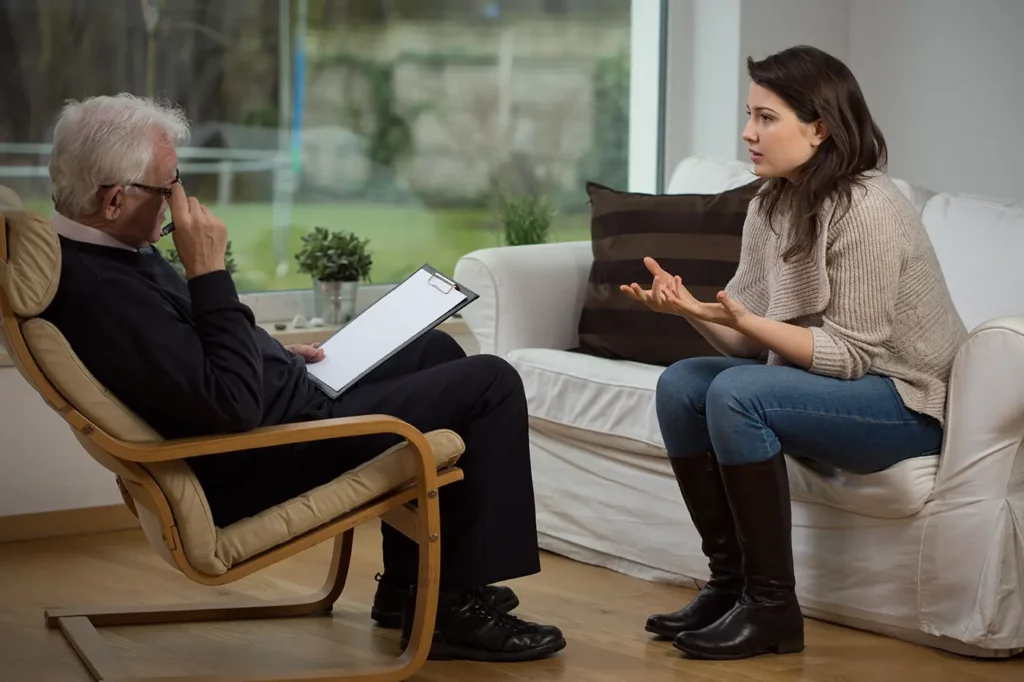
Valhalla Place
Valhalla Place is an accredited dual-diagnosis addiction rehab center based in Minneapolis, MN. Part...

Headway Emotional Health Services – Nicollet Avenue South
Headway Emotional Health Services – Nicollet Avenue South is a private rehab located in Minneapolis,...
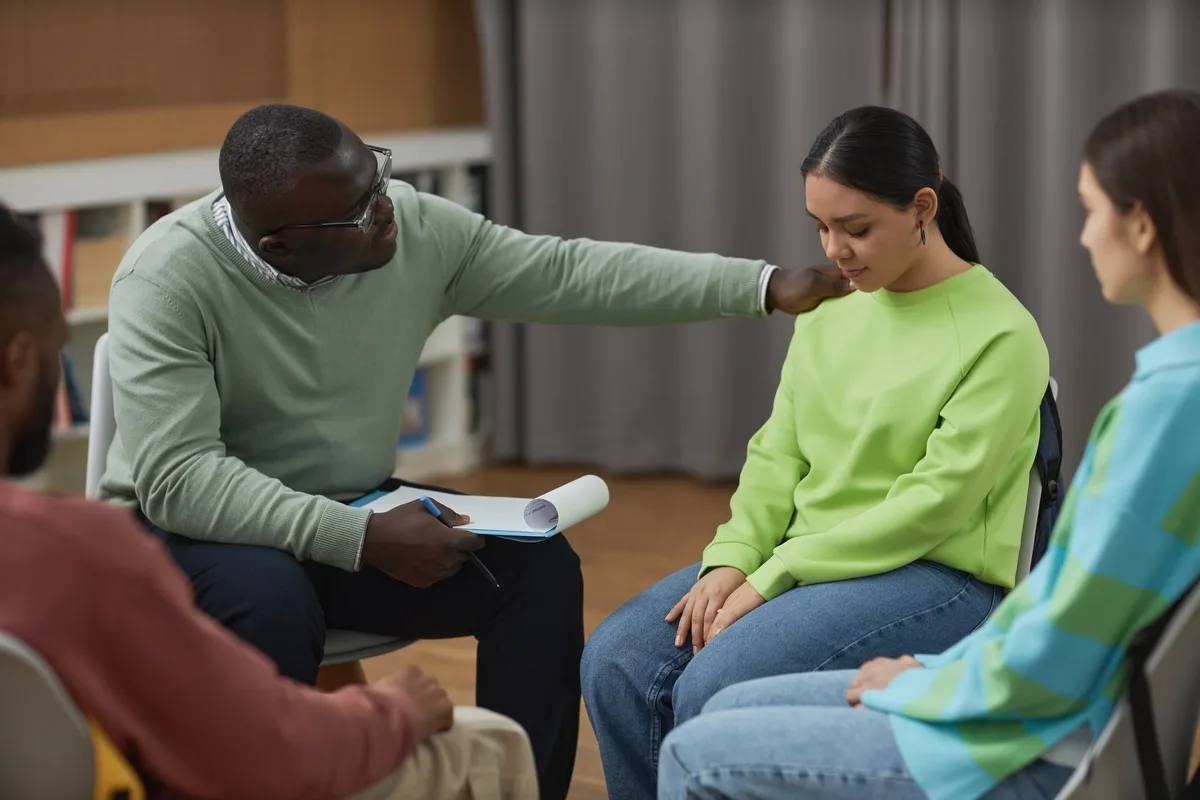
Progress Valley
Progress Valley provides a safe, sober, structured environment for men while in the process of putti...

Prairie House Recovery Center
Prairie House Recovery Center offers a residential treatment for girls aged 13-18 years old. They ar...

Southwestern Mental Health Center Avera
Southwestern Mental Health Center Avera offers behavioral health services for children, adolescents,...

NorthPoint Health and Wellness Center
NorthPoint Health & Wellness Center sets a standard of excellence in providing culturally responsive...

New Ulm Medical Center – Substance Abuse
New Ulm Medical Center – Substance Abuse is a private rehab located in New Ulm, Minnesota. New Ulm M...

West Hills Lodge
West Hills Lodge is a private rehab located in Owatonna, MN. West Hills Lodge specializes in the tre...

Southwestern Mental Health Center Avera
Southwestern Mental Health Center Avera offers behavioral health services for children, adolescents,...

NorthStar Regional – Men’s Lodging
The NorthStar Regional Men’s Lodging is a dual diagnosis addiction treatment program in Chaska, MN. ...

Headway Emotional Health – Decatur Avenue
Headway Emotional Health – Decatur Avenue is a private rehab located in Minneapolis, Minnesota. Head...

Freeborn County Mental Health Center
Freeborn County Mental Health Center is a private rehab located in Albert Lea, Minnesota. Freeborn C...
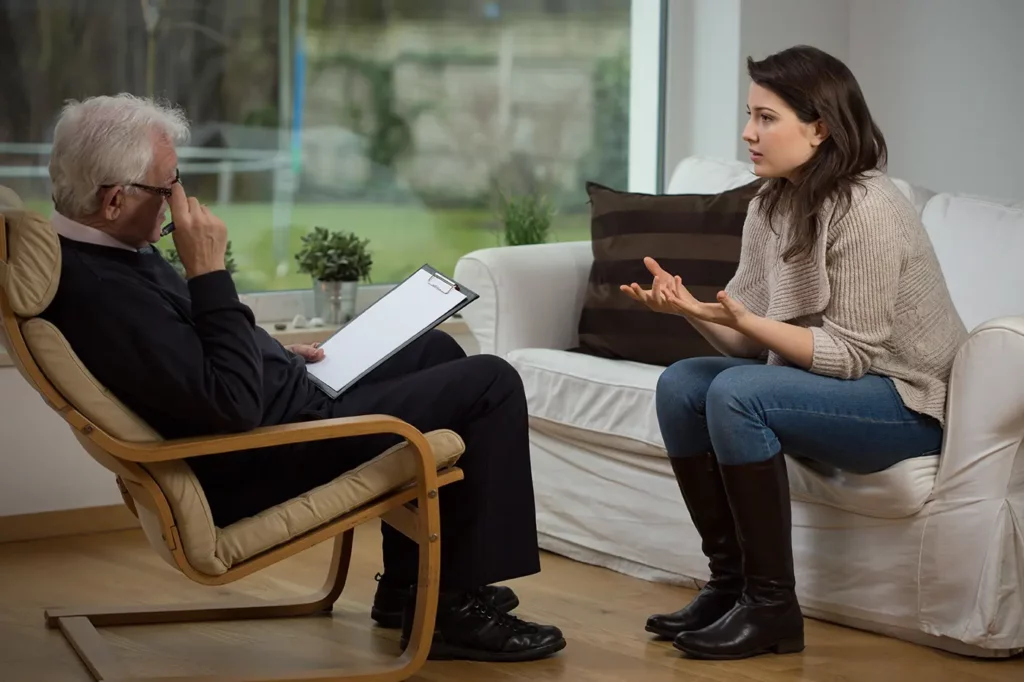
Endeavor Place
Endeavor Place offers a comprehensive addiction program for adolescents males (14-19) who are strugg...

Meridian Behavioral Health – Jackson street
Meridian Behavioral Health – Jackson street is a private rehab located in Saint Paul, Minnesota. Mer...

Sanford Hospital – Outpatient Program
Sanford Hospital – Outpatient Program is a non-profit rehab located in Luverne, Minnesota. Sanford H...

Lake Region Halfway Homes
Lake Region Halfway Homes is a private rehab located in Fergus Falls, Minnesota. Lake Region Halfway...

Living Free Recovery
Living Free Recovery is a non-profit rehab located in Minneapolis, Minnesota. Living Free Recovery s...

Hazelden Betty Ford Foundation
The Hazelden Betty Ford Foundation offers a rehab center that specializes in providing intensive out...

Meridian Behavioral Health – Twin Town
Meridian Behavioral Health – Twin Town is a private rehab located in Saint Paul, Minnesota. Meridian...

Amherst H Wilder Foundation
Amherst H Wilder Foundation is a private rehab located in Saint Paul, Minnesota. Amherst H Wilder Fo...

Arrowhead House East – Intensive Residential Treatment
Arrowhead House East - Intensive Residential Treatment is a private rehab located in Duluth, MN. Arr...

Project Turnabout
Project Turnabout at Marshall is a nonprofit addiction recovery center for alcohol, drugs, and gambl...

Ramsey County Detoxification Center
Ramsey County Detoxification Center located in St. Paul, MN is a public drug rehab that offers a ran...

Riverplace Counseling Center
Riverplace Counseling Center is a private rehab located in Elk River, Minnesota. Riverplace Counseli...

Carver County First Street Center
Carver County First Street Center is a public rehab located in Waconia, Minnesota. Carver County Fir...

Program for Recovery
Program for Recovery is a private rehab located in Bemidji, Minnesota. Program for Recovery speciali...

People – Diane Ahrens Crisis Residence
People Incorporated–Diane Ahrens Crisis Residence, in Saint Paul, Minnesota, is an inpatient mental ...

Specialized Treatment Services
Specialized Treatment Services (STS) stands as a CARF-accredited substance abuse addiction treatment...

True Foundation Counseling Services
True Foundation Counseling Services offers computerized treatment for substance abuse and anger mana...

Fairview Counseling at Wyoming
Fairview Counseling at Wyoming is a private rehab located in Wyoming, MN. Fairview Counseling at Wyo...

Touchstone Mental Health
Touchstone Mental Health is a community-based mental and behavioral health program for adults in Min...

CLUES – Comunidades Latinas Unidas en Servicio
CLUES – Comunidades Latinas Unidas en Servicio is a non-profit rehab located in Saint Paul, Minnesot...

Progress Valley
Progress Valley, in Bloomington, Minnesota, is a comprehensive drug and alcohol rehab for adults spe...

Time to Change
Time to Change is a private rehab located in Bloomington, Minnesota. Time to Change specializes in t...

Eagan Counseling Clinic – Mental Health
Eagan Counseling Clinic – Mental Health is a private rehab located in Rosemount, Minnesota. Eagan Co...

Next Step
Next Step is a chemical dependency residential treatment facility for young men aged 13 to 18. They ...

Community Foundations
Community Foundations is a private rehab located in Saint Paul, Minnesota. Community Foundations spe...

Addiction Recovery Technologies
Addiction Recovery Technologies is a private rehab located in Mankato, Minnesota. Addiction Recovery...

Range Mental Health Center
Range Mental Health Center is a private rehab located in Virginia, Minnesota. Range Mental Health Ce...

Canvas Health
Canvas Health is a private rehab located in Forest Lake, Minnesota. Canvas Health specializes in the...

The Family Partnership
The Family Partnership is a private rehab located in Minneapolis, Minnesota. The Family Partnership ...

Genesis Recovery Services
Located in Anchorage, Alaska, Genesis Recovery is an alcohol and drug rehab facility that provides a...

Freedom Center
Freedom Center is a substance abuse and addiction treatment rehab in Princeton, MN. Freedom Center i...

Pride Institute – Outpatient
Pride Institute - Outpatient is a private rehab located in Minneapolis, MN. Pride Institute - Outpat...

People – Anchor House
People – Anchor House is a private rehab located in Minneapolis, Minnesota. People – Anchor House sp...

Turning Point
Turning Point is a private rehab located in Minneapolis, Minnesota. Turning Point specializes in the...

Fairview Counseling at Columbia Heights
Fairview Counseling at Columbia Heights is a private rehab located in Minneapolis, Minnesota. Fairvi...
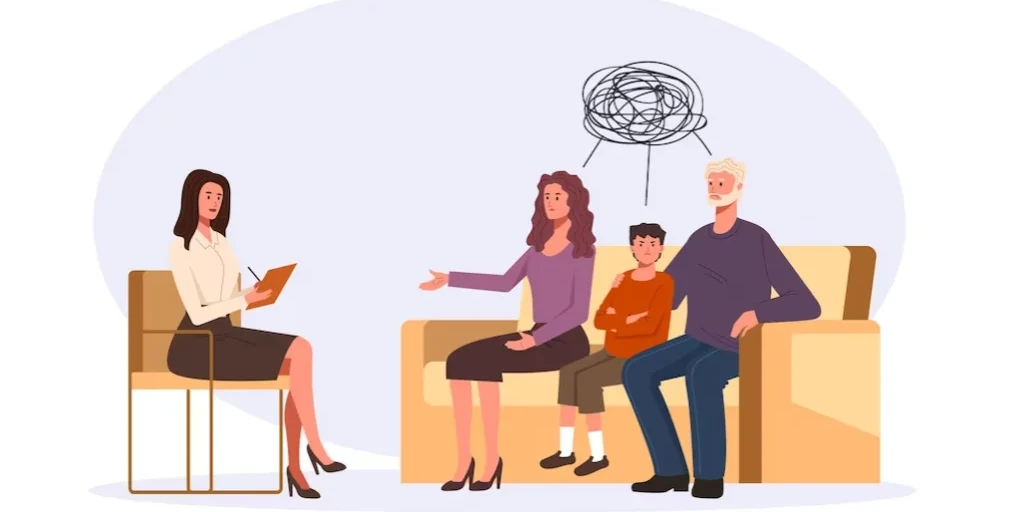
Anishinabe Women’s Halfway House
Anishinabe Women’s Halfway House is a public rehab located in Cass Lake, Minnesota. Anishinabe Women...

Anthony Louis Center
Anthony Louis Centere offers inpatient treatment for individuals with alcohol and/or substance addic...

Central Minnesota Mental Health Center
Central Minnesota Mental Health Center is a non-profit rehab located in Buffalo, Minnesota. Central ...

Riverplace Counseling Center
Riverplace Counseling Center is a private rehab located in Anoka, Minnesota. Riverplace Counseling C...

Oasis
Oasis is a private rehab located in Minneapolis, Minnesota. Oasis specializes in the treatment of du...

Meridian Behavioral Health – Lake Shore
Meridian Behavioral Health’s Lake Shore is a dual diagnosis drug and alcohol addiction treatment cen...

Leech Lake – Opioid Treatment
Leech Lake – Opioid Treatment is a public rehab located in Cass Lake, Minnesota. Leech Lake – Opioid...

Integrations Wellness and Recovery Center
Integrations Wellness and Recovery Center is a private rehab located in Hutchinson, Minnesota. Integ...

Meeker Memorial Hospital – Behavioral Health Services
Meeker Memorial Hospital – Behavioral Health Services is a public rehab located in Litchfield, Minne...

Center for African Immigrants – Drugs and Alcohol
Center for African Immigrants – Drugs and Alcohol is a private rehab located in Minneapolis, Minneso...

Regions Hospital – HealthPartners Regions Behavioral Health
Regions Hospital – HealthPartners Regions Behavioral Health is a private rehab located in Saint Paul...

BHSI Shakopee
BHSI Shakopee is a private rehab located in Shakopee, Minnesota. BHSI Shakopee specializes in the tr...
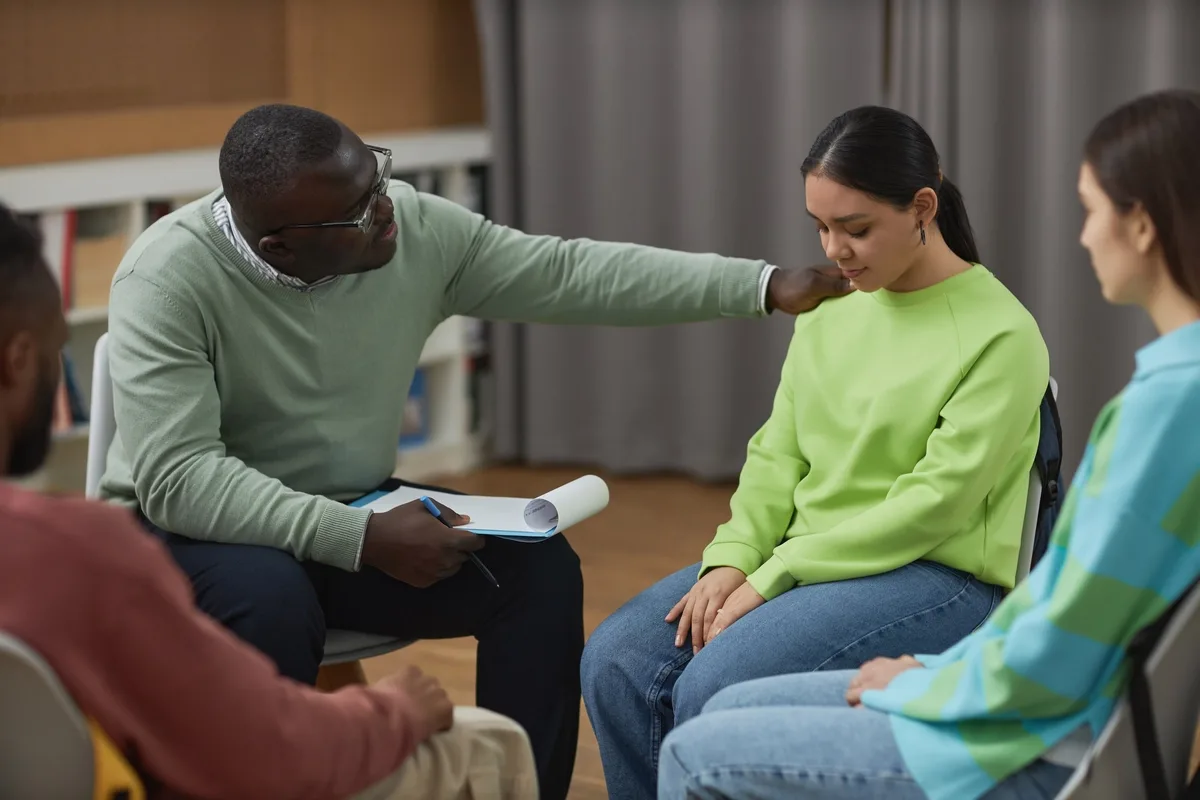
New Season – Rochester Metro Treatment Center
New Season - Rochester Metro Treatment Center is a private rehab located in Rochester, MN. New Seaso...

New Beginnings
New Beginnings is a state licensed, alcohol and drug treatment facility. The facility offers outpati...

Options Family and Behavioral Health
Options Family and Behavioral Health is a private rehab located in Roseville, MN. Options Family and...

Tubman Chrysalis Center
Tubman Chrysalis Center is a private rehab located in Minneapolis, Minnesota. Tubman Chrysalis Cente...

My Home
My Home is a private rehab located in Saint Paul, Minnesota. My Home specializes in the treatment of...

Wings Adolescent Treatment Center
Wings Adolescent Treatment Center is a residential treatment facility for mental health and chemical...

Arrowhead Psychological Clinic
Arrowhead Psychological Clinic is a private rehab located in Duluth, Minnesota. Arrowhead Psychologi...

Nova House Intensive Residential Treatment Services
Situated in New Ulm, Minnesota, Nova House Intensive Residential Treatment Services (IRTS) is a drug...

Mission Detox Center – Plymouth
Missions Inc. provides an alcohol and drug recovery support program in Plymouth, Minnesota. They pro...

Birch Tree Center
Birch Tree Center is a private residential rehab offering substance use disorder treatment for adult...

CADT – Howard Friese House Hillside
CADT - Howard Friese House Hillside is a 12-bed residential facility for men and is designed to prov...

Gull Harbour
Gull Harbour is an Intensive Residential Treatment Services (IRTS) program. It includes time-limited...

Milestones
Milestones Intensive Residential is a private residential rehab located in Alexandria, MN. The facil...
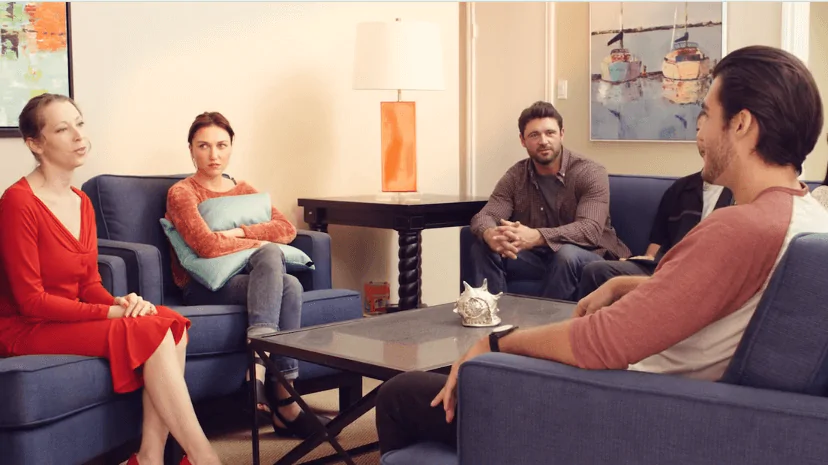
Scott County Mental Health Center
Scott County Mental Health Center is a public rehab located in Shakopee, Minnesota. Scott County Men...

CentraCare Health – St. Cloud Hospital Behavioral Health Clinic
CentraCare -- St. Cloud Hospital Clara's House is a behavioral health care center in Sartell, Minnes...

Mercy Hospital Unity Campus – Substance Abuse Services
Mercy Hospital Unity Campus – Substance Abuse Services is a private rehab located in Minneapolis, Mi...

CentraCare Health – St. Cloud Hospital Behavioral Health Clinic
CentraCare Health - St. Cloud Hospital Behavioral Health Clinic is located in St. Cloud, Minnesota. ...

Transformation House – Ferry Road
Transformation House – Ferry Road is a private rehab located in Anoka, Minnesota. Transformation Hou...

New Beginnings – Elk River
New Beginnings is a state licensed, alcohol and drug treatment facility. The facility offers outpati...
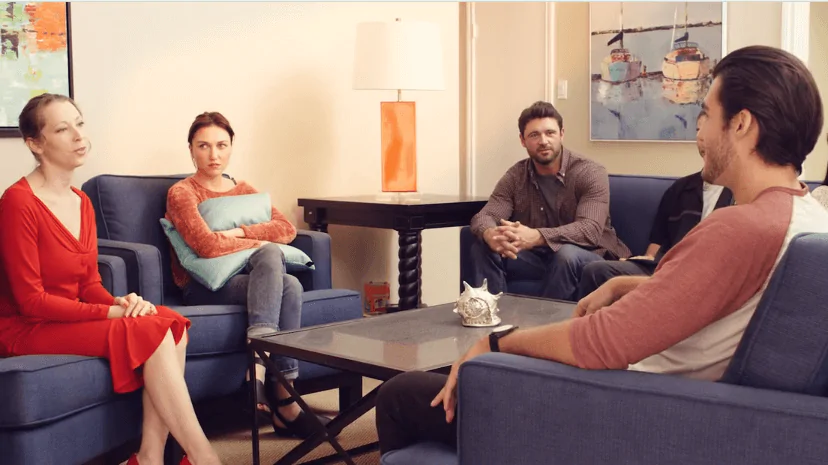
Northern Pines Outreach
Northern Pines Outreach is a private rehab located in Long Prairie, Minnesota. Northern Pines Outrea...

Riverview Recovery Center
Riverview Recovery Center is a private rehab located in East Grand Forks, Minnesota. Riverview Recov...

New Directions for Change
New Directions for Change is a private rehab located in Minneapolis, Minnesota. New Directions for C...

New Beginnings – Litchfield
New Beginnings is a state licensed, alcohol and drug treatment facility. The facility offers outpati...

Fairview Recovery
Fairview Recovery is a private rehab located in Elk River, Minnesota. Fairview Recovery specializes ...

New Season – Dakota Treatment Center
New Season - Dakota Treatment Center is a private rehab located in Burnsville, MN. New Season - Dako...
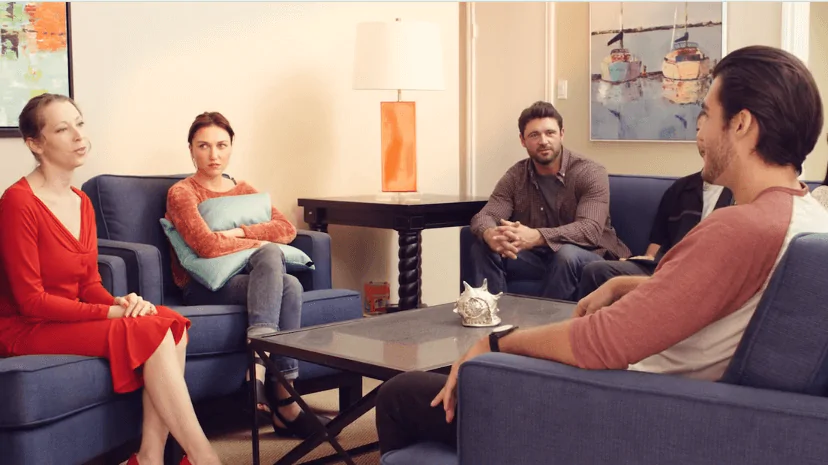
Willow Haven Intensive Residential
Willow Haven Intensive Residential, in Lake Elmo, Minnesota, provides inpatient mental and behaviora...

Haven in Waconia
Haven in Waconia is a private rehab located in Waconia, Minnesota. Haven in Waconia specializes in t...

Essential Behavioral Health Services
Essential Behavioral Health Services is a private rehab located in Duluth, Minnesota. Essential Beha...

Catalyst Mental Health
Catalyst Mental Health is a private rehab located in Bloomington, Minnesota. Catalyst Mental Health ...

Kodiak Recovery
Kodiak Recovery is a private rehab located in Minneapolis, Minnesota. Kodiak Recovery specializes in...

Blaine Alano Club
Blaine Alano Club is a private rehab located in Anoka, Minnesota. Blaine Alano Club specializes in t...

Seashore
Seashore is a private foster care home located in Detroit Lakes, Minnesota. Seashore is a Certified ...

Life House
LIFE HOUSE is a non-profit rehab located in Duluth, MN. LIFE HOUSE specializes in the treatment of M...

Solutions Counseling
Solutions Counseling is a private rehab located in Saint Michael, Minnesota. Solutions Counseling sp...

Lee Carlson Center for Mental Health
Lee Carlson Center for Mental Health is a private rehab located in Minneapolis, Minnesota. Lee Carls...

New Castle
New Castle is a private foster care home located in Litchfield, Minnesota. New Castle is a Certified...

Playmore Prosper
Playmore Prosper is a private rehab located in Plymouth, Minnesota. Playmore Prosper specializes in ...
Beacon House
Beacon House is a private foster care home located in Detroit Lakes, Minnesota. Beacon House is a Ce...

St. Luke’s Mental Health – Denfeld Medical Clinic
St. Luke’s Mental Health–Denfield Medical Clinic, in Duluth, Minnesota, provides comprehensive menta...

CORE Professional Services
CORE Professional Services is a private rehab located in Sartell, Minnesota. CORE Professional Servi...

St. Luke’s Mental Health – Hillside Center
St. Luke's Mental Health - Hillside Center offers an outpatient treatment program for individuals st...

Windsor House
Windsor House is a private foster care home located in Litchfield, Minnesota. Windsor House is a Cer...

New Season – St. Cloud Metro Treatment Center
New Season - St. Cloud Metro Treatment Center is a private rehab located in Saint Cloud, MN. New Sea...

Esther House
Esther House is a private foster care home located in Grand Rapids, Minnesota. Esther House is a Cer...

AICDC – American Indian Community Development Corporation
American Indian Community Development Corporation (AICDC) through their Kola Outreach program provid...

AICDC – Anishinabe Wakiagun
AICDC - Anishinabe Wakiagun is a culturally specific permanent supportive housing program for chroni...

House of Hope – Outpatient
House of Hope - Outpatient is dedicated to provide services for those individuals struggling with su...

Alano Club
Alano Club is a private rehab located in Duluth, Minnesota. Alano Club specializes in the treatment ...

Family Systems Center
Family Systems Center is a private rehab located in Minneapolis, Minnesota. Family Systems Center sp...

Cloud Hospital Inpatient Mental Health Unit
Cloud Hospital Inpatient Mental Health Unit is a private rehab located in Saint Cloud, Minnesota. Cl...

Oxford House Eleventh Avenue
Oxford House- Eleventh Avenue, located in Clarksville, Indiana, is a democratically run, self-suppor...

Walker Methodist Chemical Health Program
Walker Methodist Chemical Health Program is a private rehab located in Minneapolis, Minnesota. Walke...

Sage Prairie
Sage Prairie offers outpatient treatment for individuals with alcohol and/or substance addiction. Th...
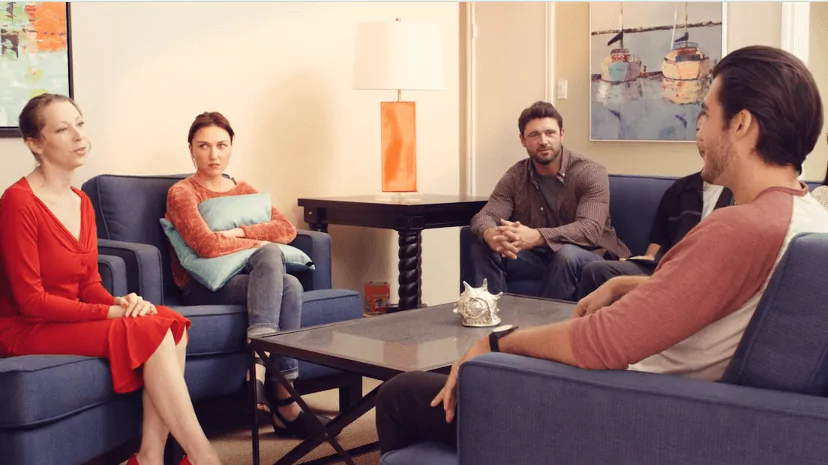
Overcoming Addictions
Overcoming Addictions provides the best practices; evidence-based comprehensive care. We detoxify, s...
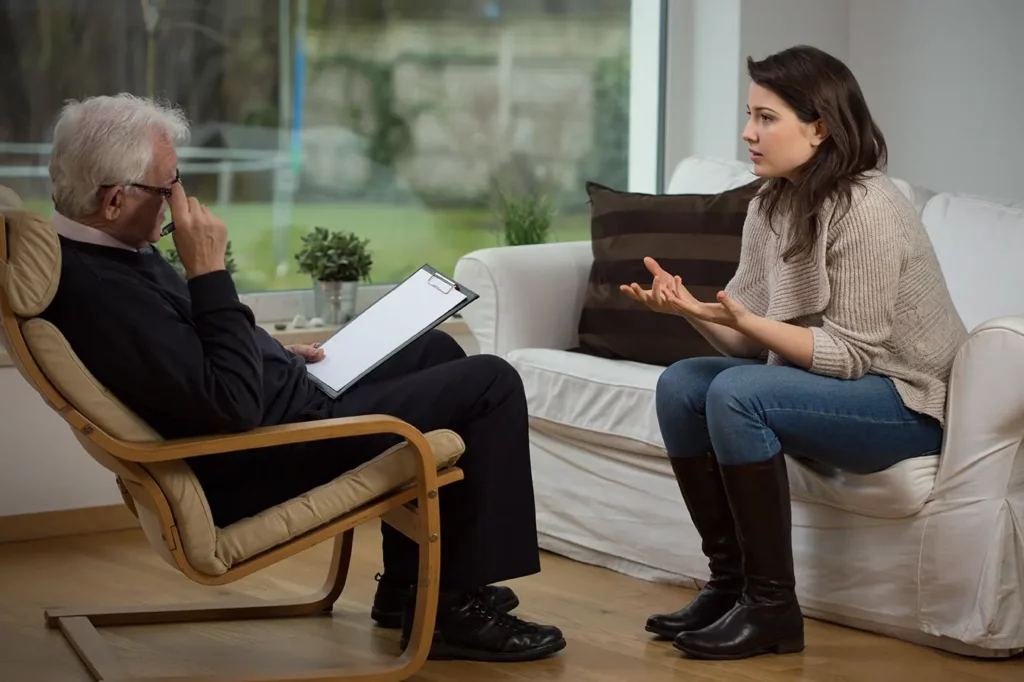
Focus 12
Focus 12 is a private rehab located in Saint Cloud, Minnesota. Focus 12 specializes in the treatment...

COR Counseling and Psychiatric Services
COR Counseling and Psychiatric Services is a private rehab located in Anoka, Minnesota. COR Counseli...

Wayside House – Women’s Treatment Center
Wayside House – Women’s Treatment Center is a private rehab located in Saint Louis Park, Minnesota. ...

Unity Hospital – Outpatient Services
Unity Hospital – Outpatient Services is a private rehab located in Minneapolis, Minnesota. Unity Hos...

Partners Behavioral Healthcare
Partners Behavioral Healthcare is a private rehab located in Hibbing, Minnesota. Partners Behavioral...

NorthStar Regional
NorthStar Regional is a private rehab located in Chanhassen, Minnesota. NorthStar Regional specializ...

New Beginnings – Minnetonka
New Beginnings – Minnetonka is a private rehab located in Minnetonka, Minnesota. New Beginnings – Mi...

NorthStar Regional – Women’s Residential
Our high-intensity Women’s Residential Co-Occurring Treatment program involves a live-in treatment f...

NorthStar Regional – Stoughton Ave
NorthStar Regional – Stoughton Ave is a private rehab located in Chaska, Minnesota. NorthStar Region...
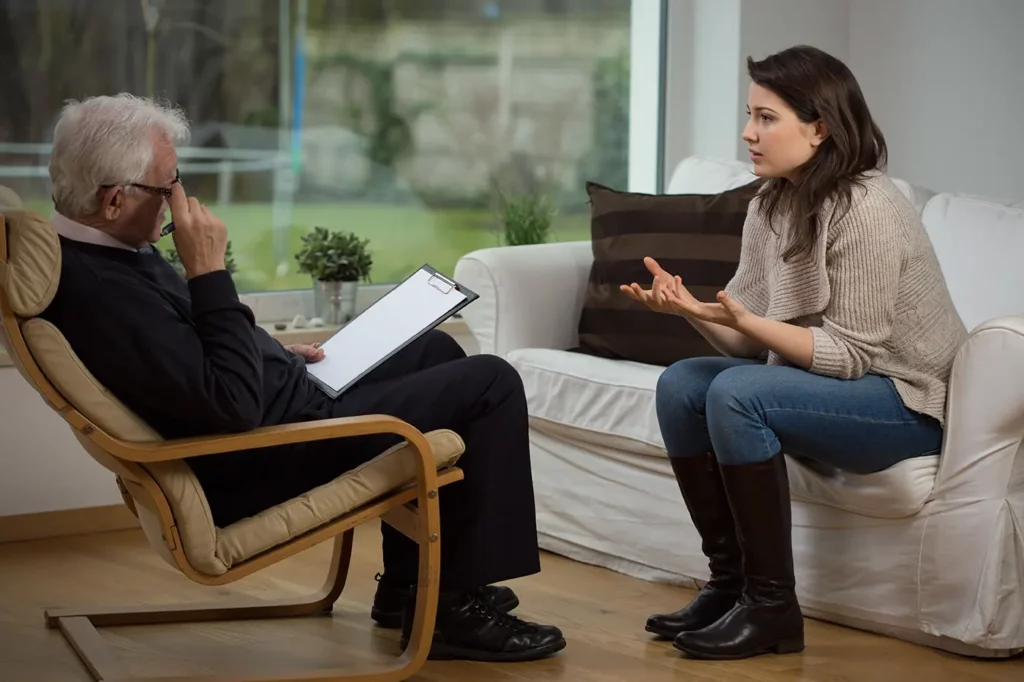
Metro Hope Ministries
Metro Hope Ministries is a non-profit rehab located in Minneapolis, Minnesota. Metro Hope Ministries...

New Life Treatment
New Life Treatment offers inpatient and outpatient treatment for men and women with alcohol and/or s...

Meridian Behavioral Health
Meridian Behavioral Health is a private rehab located in Hopkins, MN. Meridian Behavioral Health spe...

Restoration Counseling and Community Services – Men’s Program
Restoration Counseling and Community Services treats the chemical health needs of people coming out ...

Pioneer Recovery Center
Pioneer Recovery Center is a private rehab located in Cloquet, Minnesota. Pioneer Recovery Center sp...

Center for Family Counseling – Wadena
Center for Family Counseling – Wadena is a private rehab located in Wadena, Minnesota. Center for Fa...
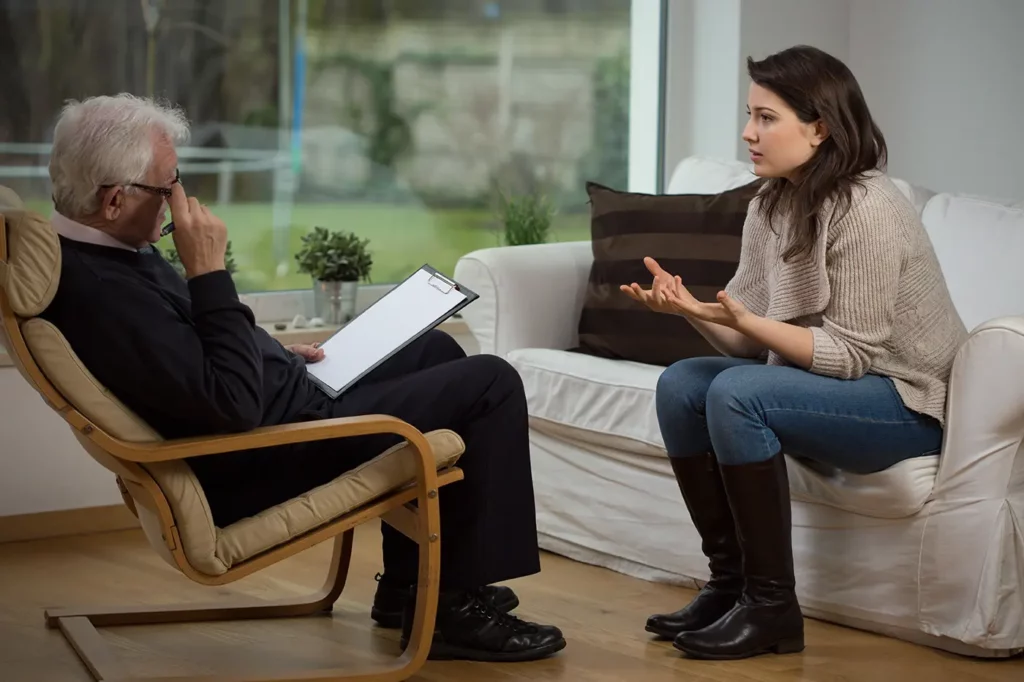
NorthStar Regional – Men’s Residential
NorthStar Regional–Men’s Residential is a behavioral and mental health care facility for adult men i...

CADT – Intensive Outpatient Treatment
CADT - Intensive Outpatient Treatment provides chemical health, substance abuse and addiction treatm...

NorthStar Regional – Chanhassen
NorthStar Regional – Chanhassen is a private rehab located in Chanhassen, Minnesota. NorthStar Regio...

Hiawatha Valley Mental Health Center
Hiawatha Valley Mental Health Center is a private rehab located in Winona, Minnesota. Hiawatha Valle...

Center for Family Counseling – Maple Grove
Center for Family Counseling – Maple Grove is a private rehab located in Maple Grove, Minnesota. Cen...

New Beginnings – Eagan
New Beginnings – Eagan is a private rehab located in Bloomington, Minnesota. New Beginnings – Eagan ...
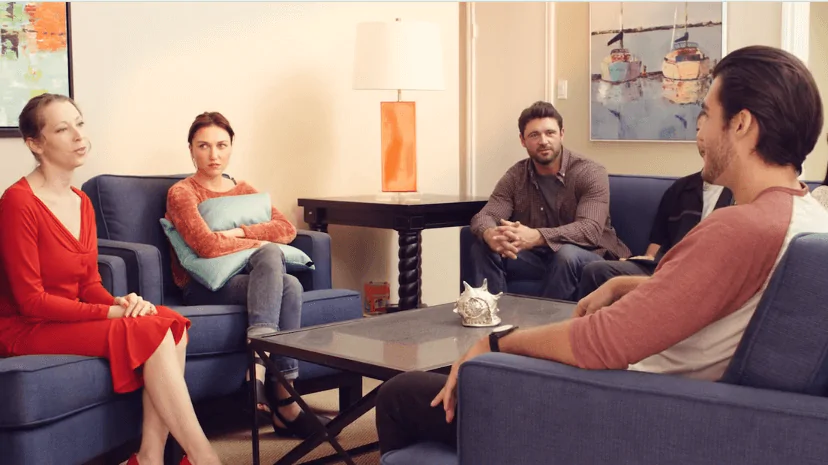
New Beginnings – Olivia
New Beginnings – Olivia is a private rehab located in Olivia, Minnesota. New Beginnings – Olivia spe...

Common Ground Treatment
Common Ground Treatment is a private rehab located in Winona, Minnesota. Common Ground Treatment spe...

Center for Family Counseling – Sartell
Center for Family Counseling – Sartell is a private rehab located in Sartell, Minnesota. Center for ...

NorthStar Regional
NorthStar Regional is a private rehab located in Chaska, Minnesota. NorthStar Regional specializes i...

Northern Pines Mental Health – Staples
Northern Pines Mental Health – Staples is a private rehab located in Staples, Minnesota. Northern Pi...



















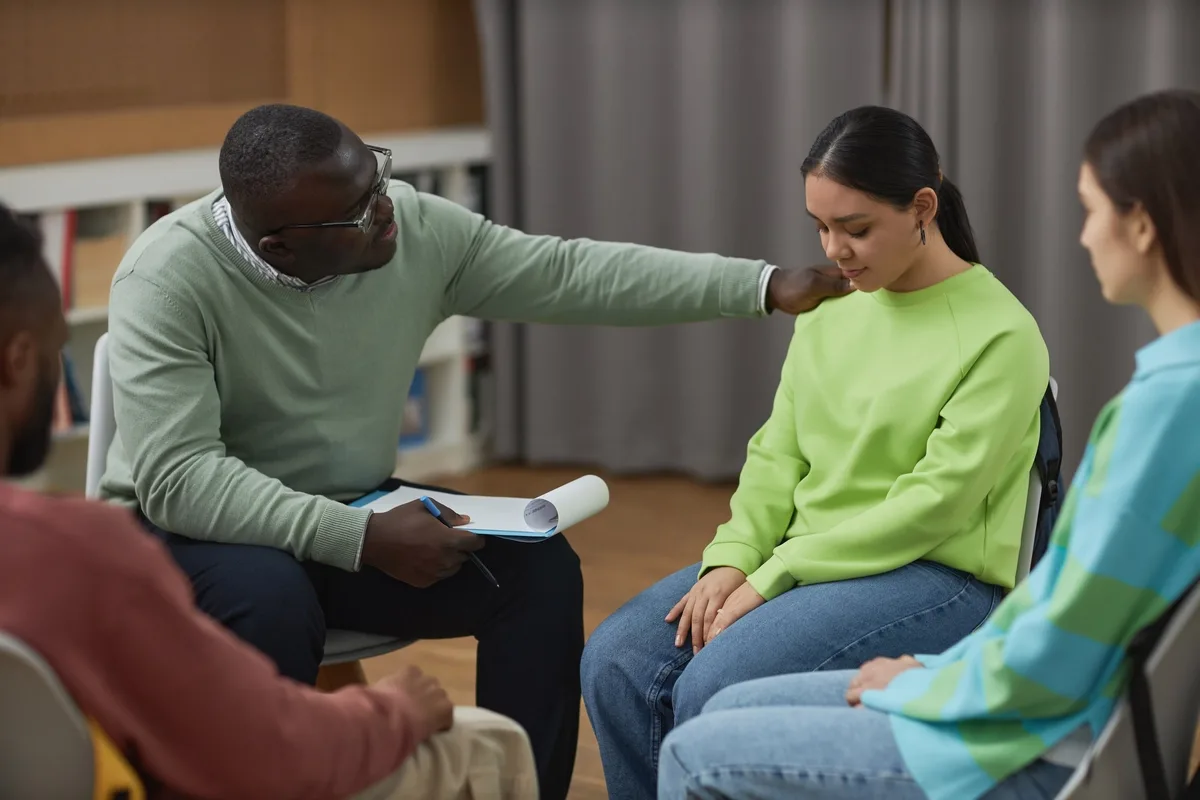

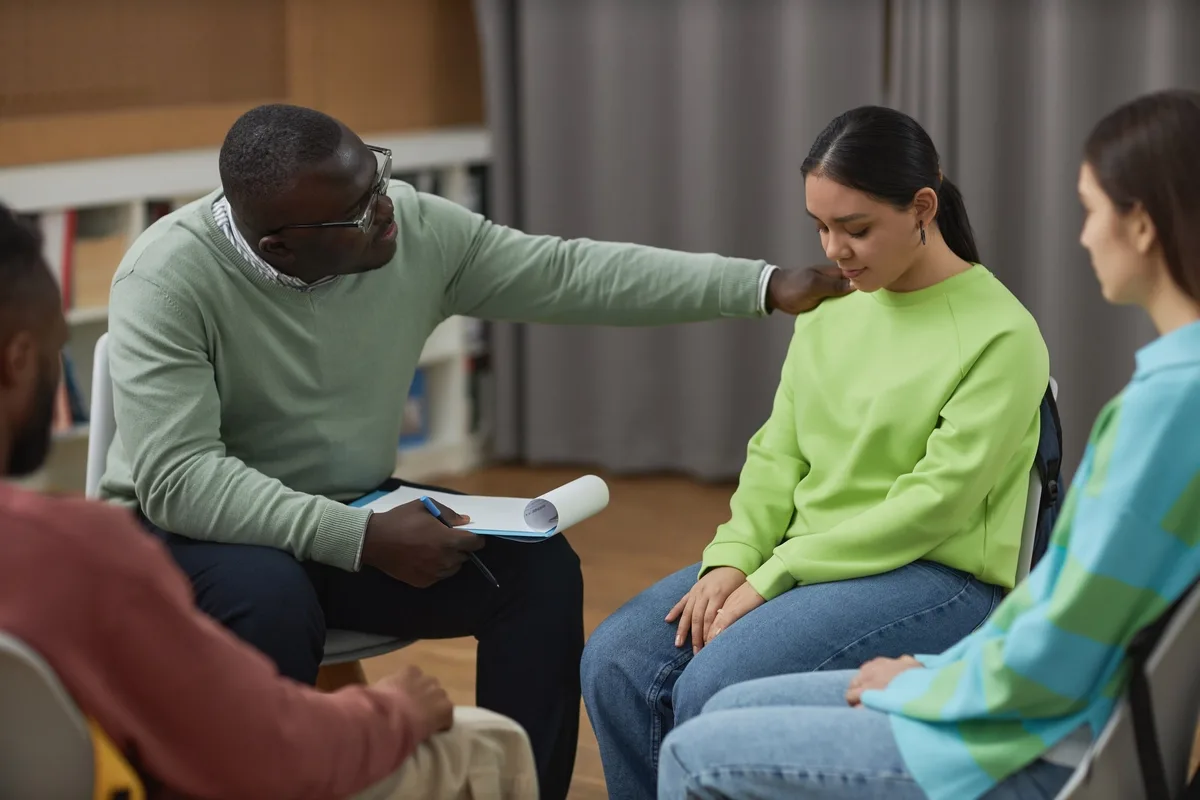



























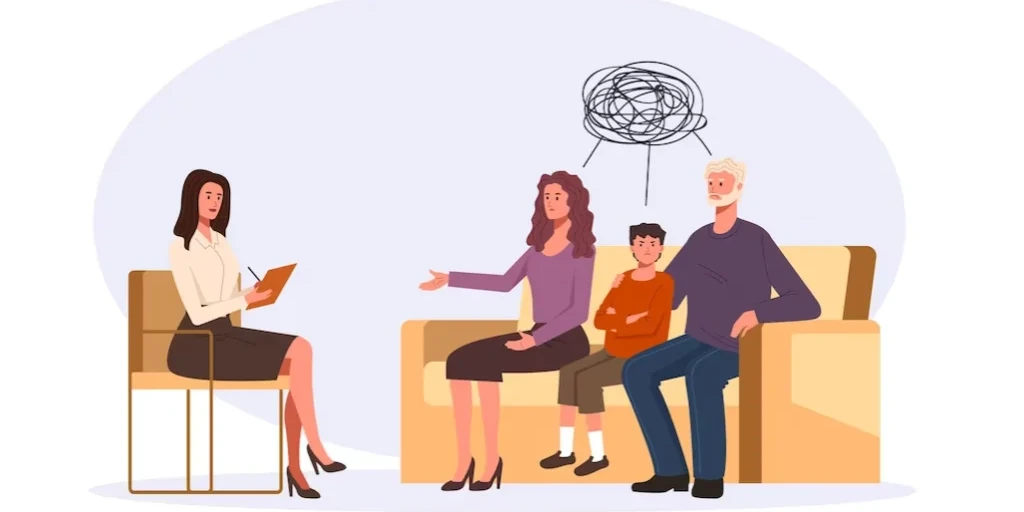
































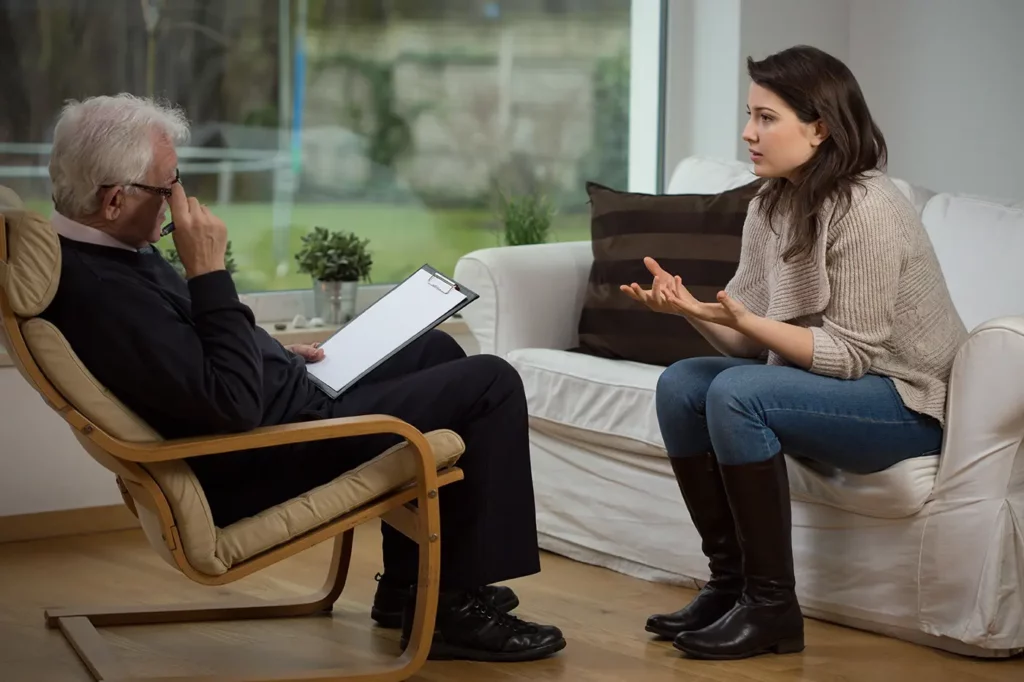





















































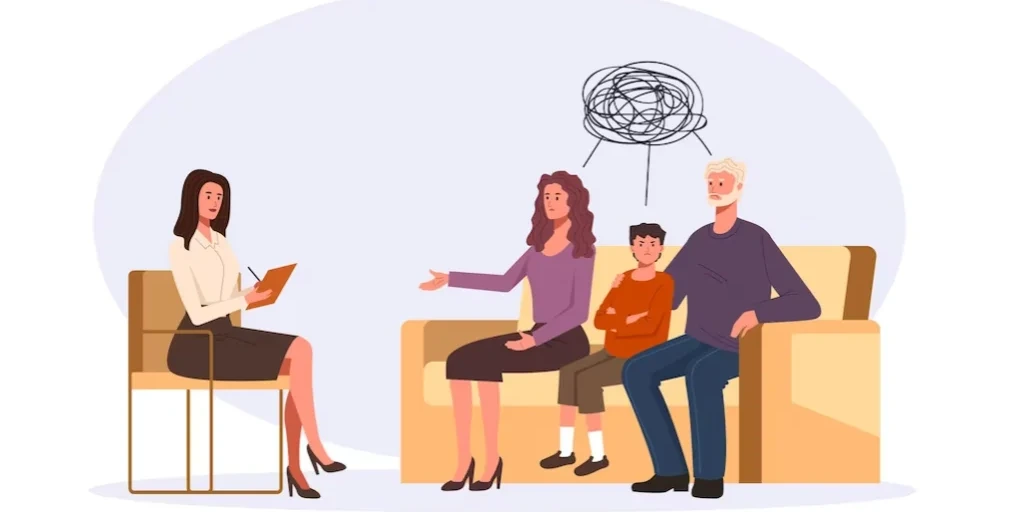






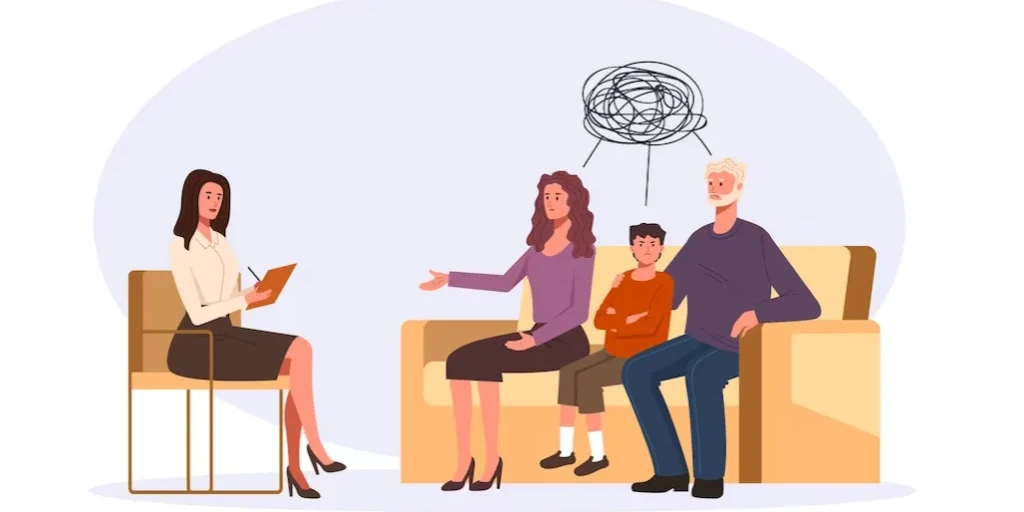



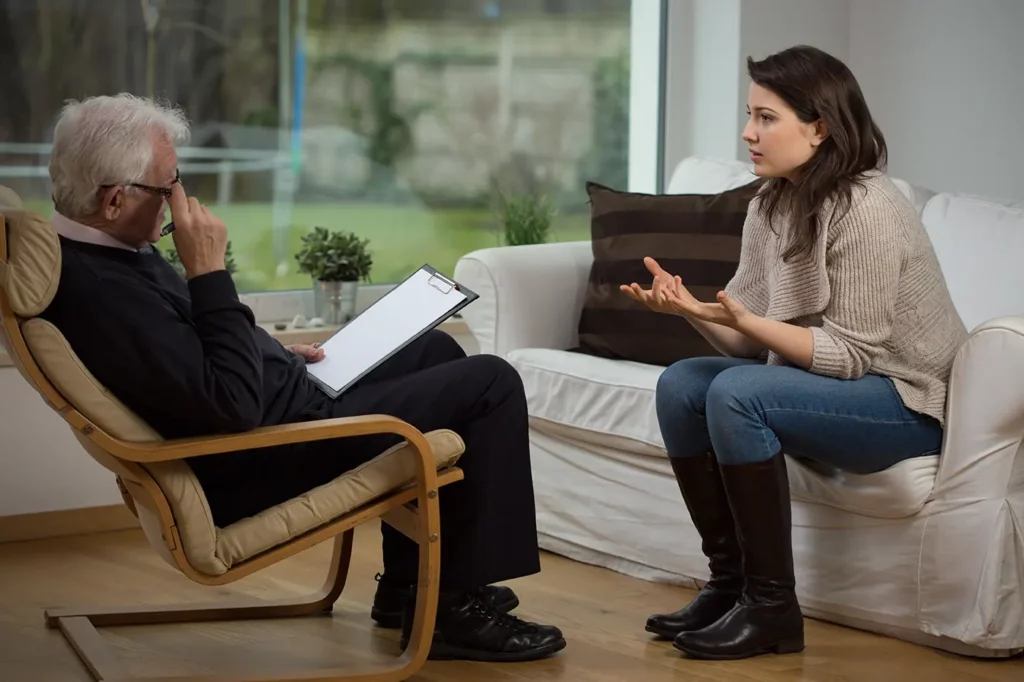















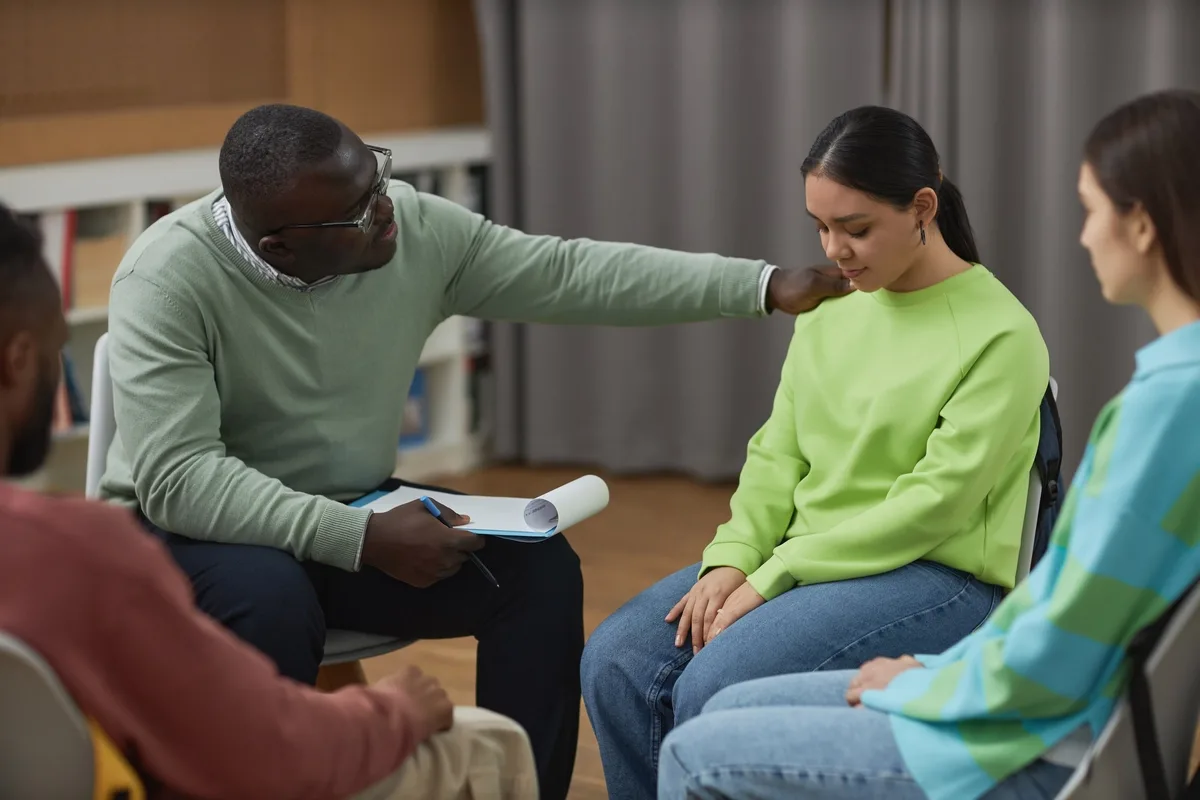


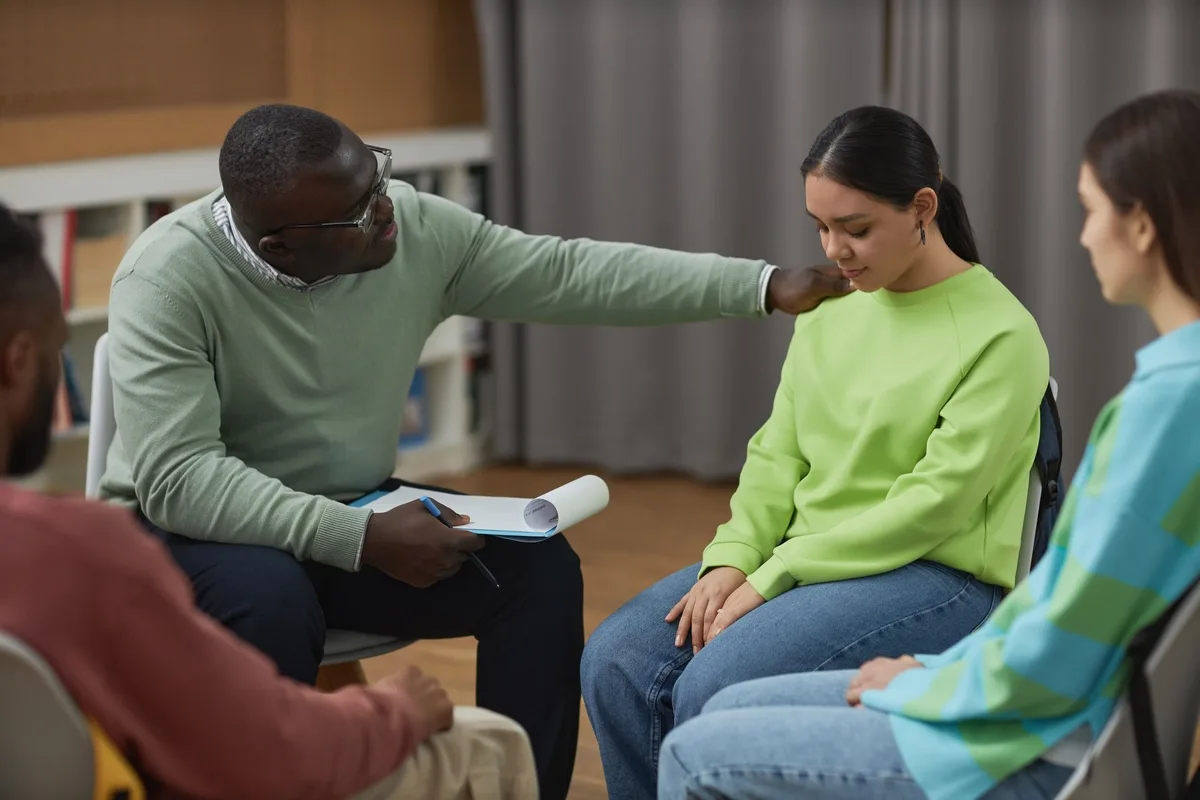














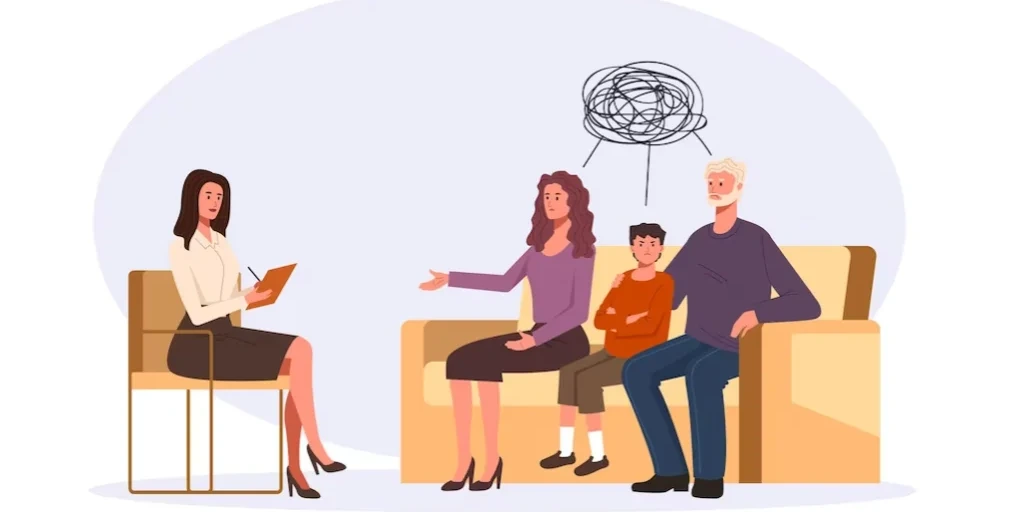














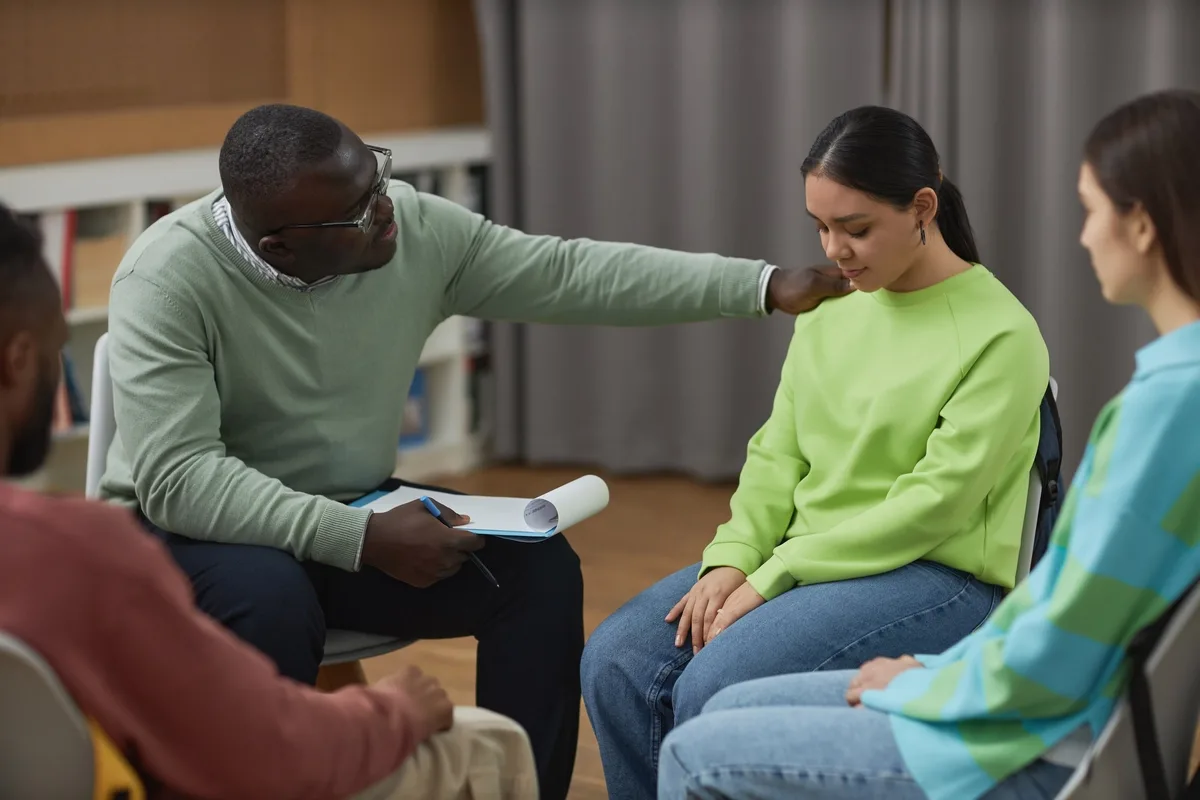



















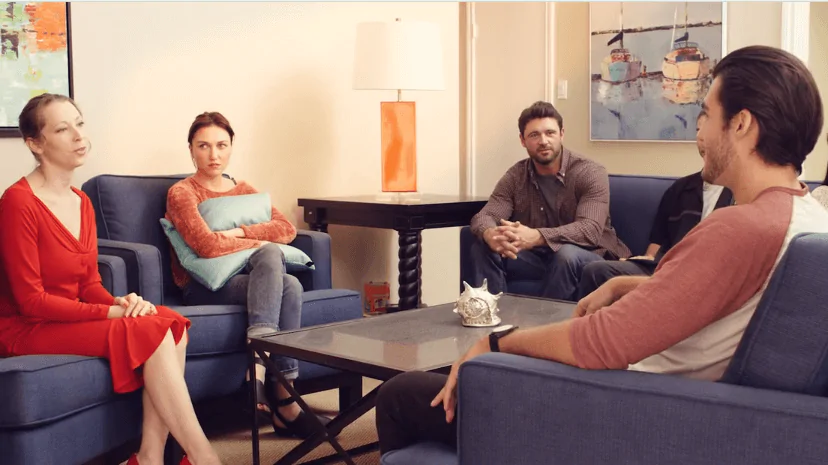

















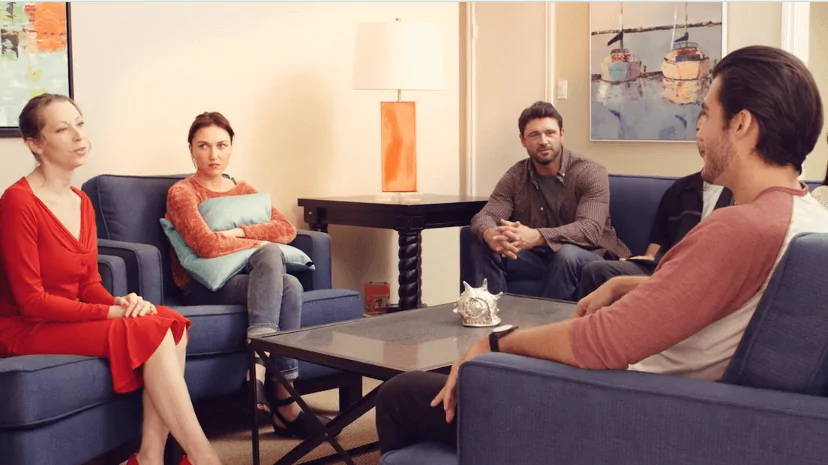





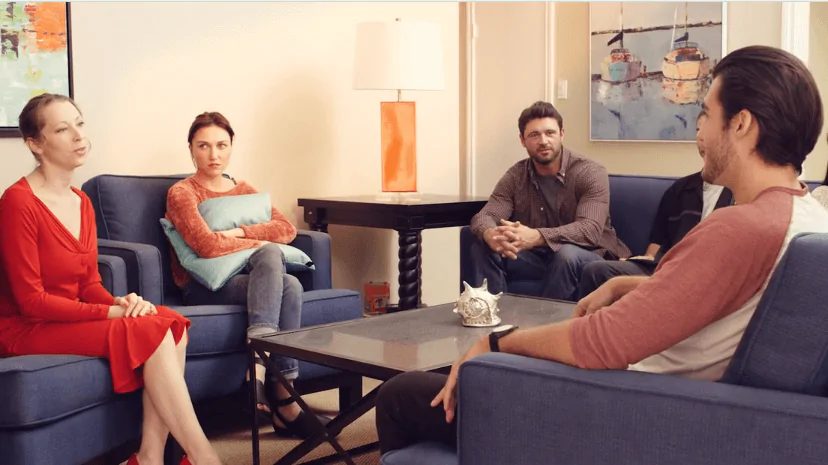







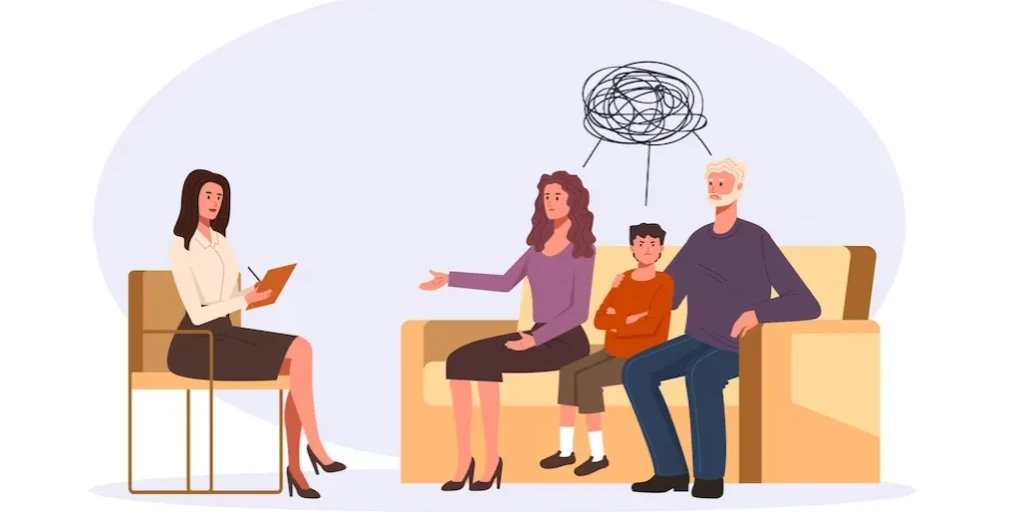














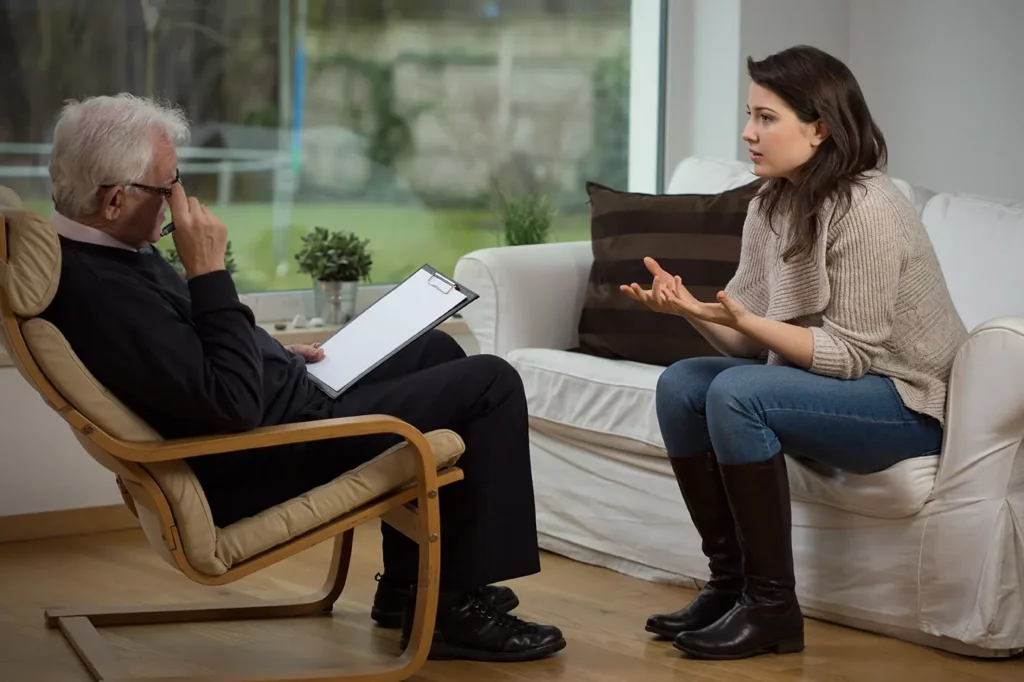




















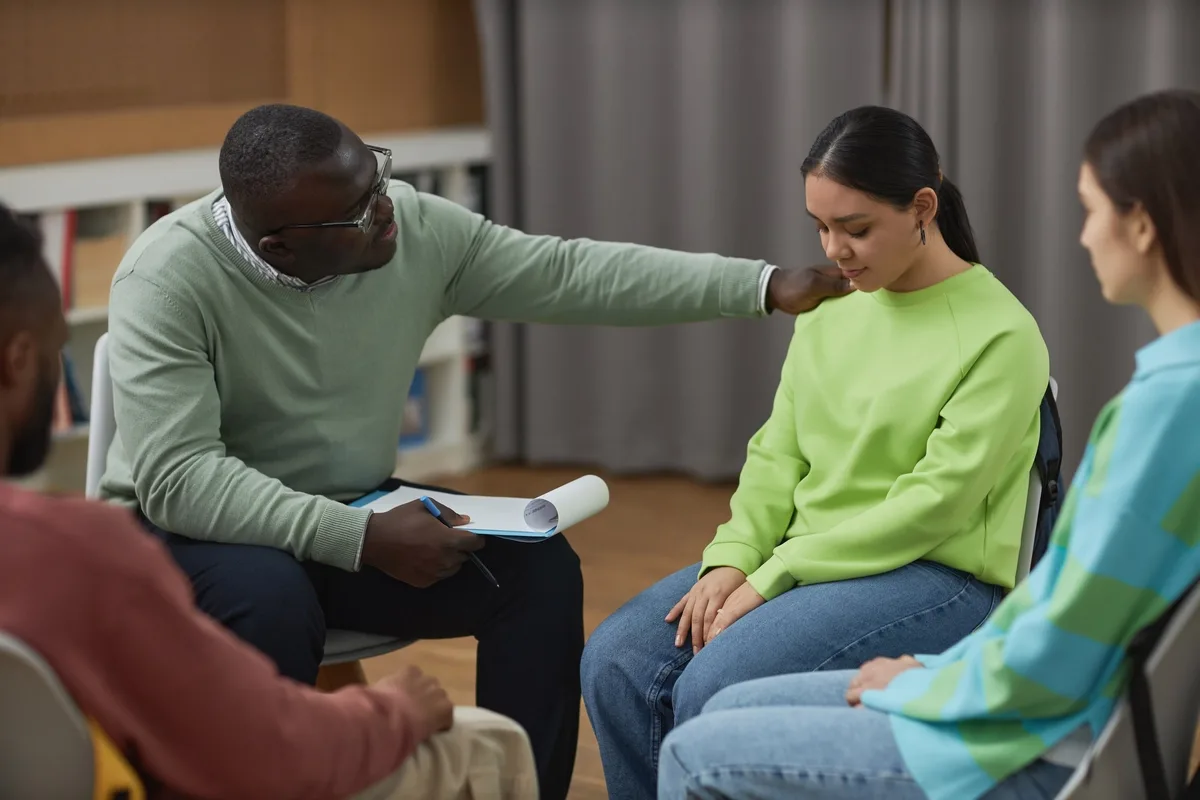













































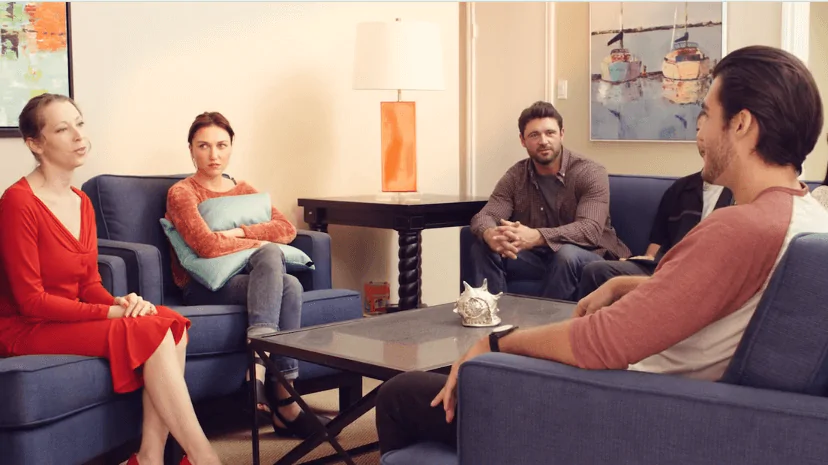

































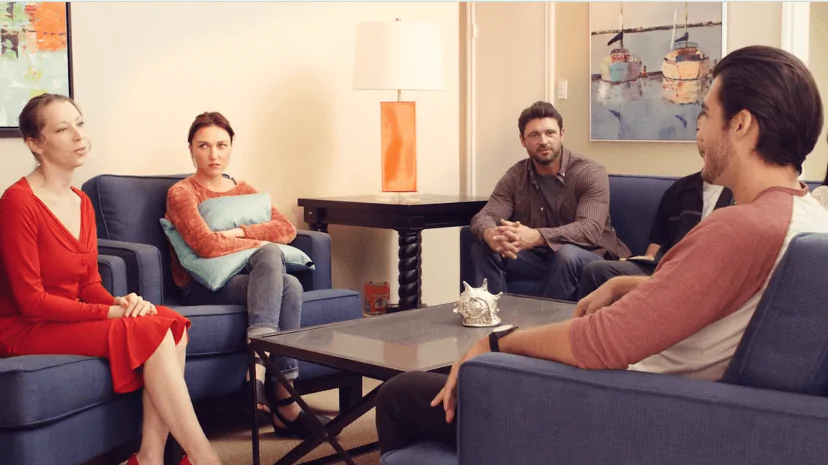
























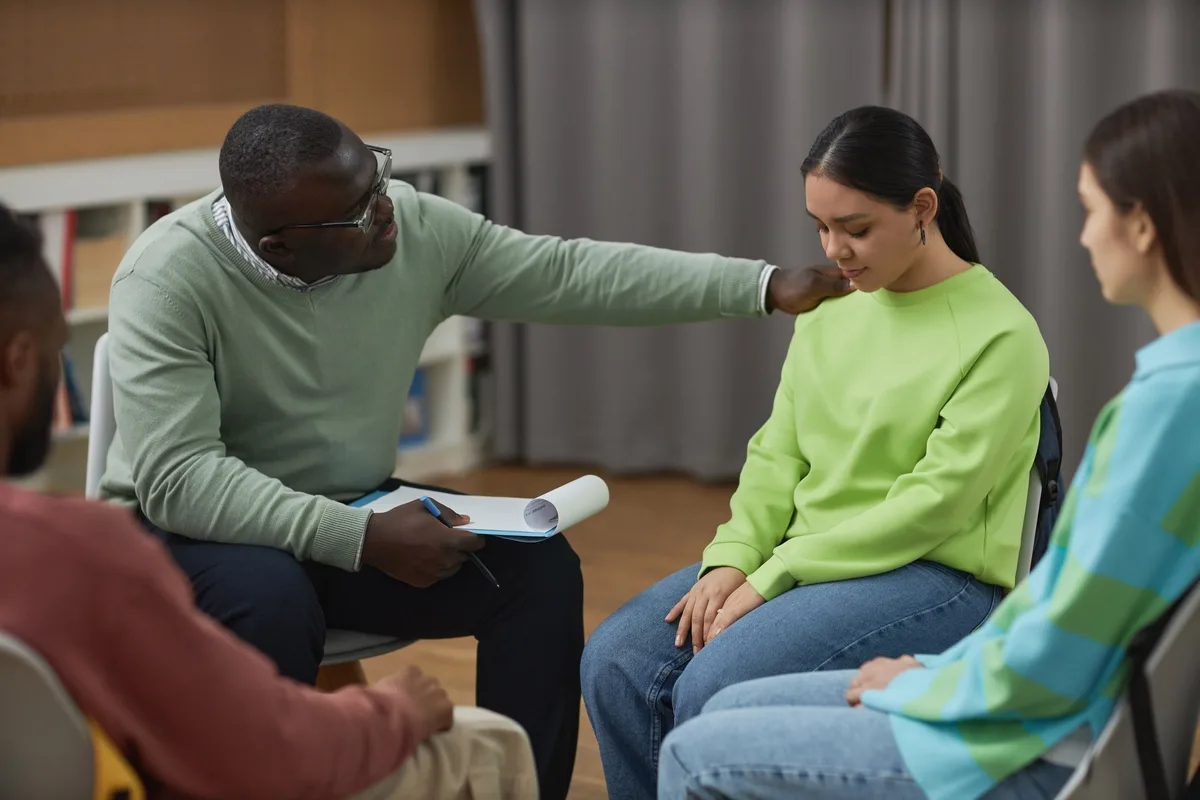

























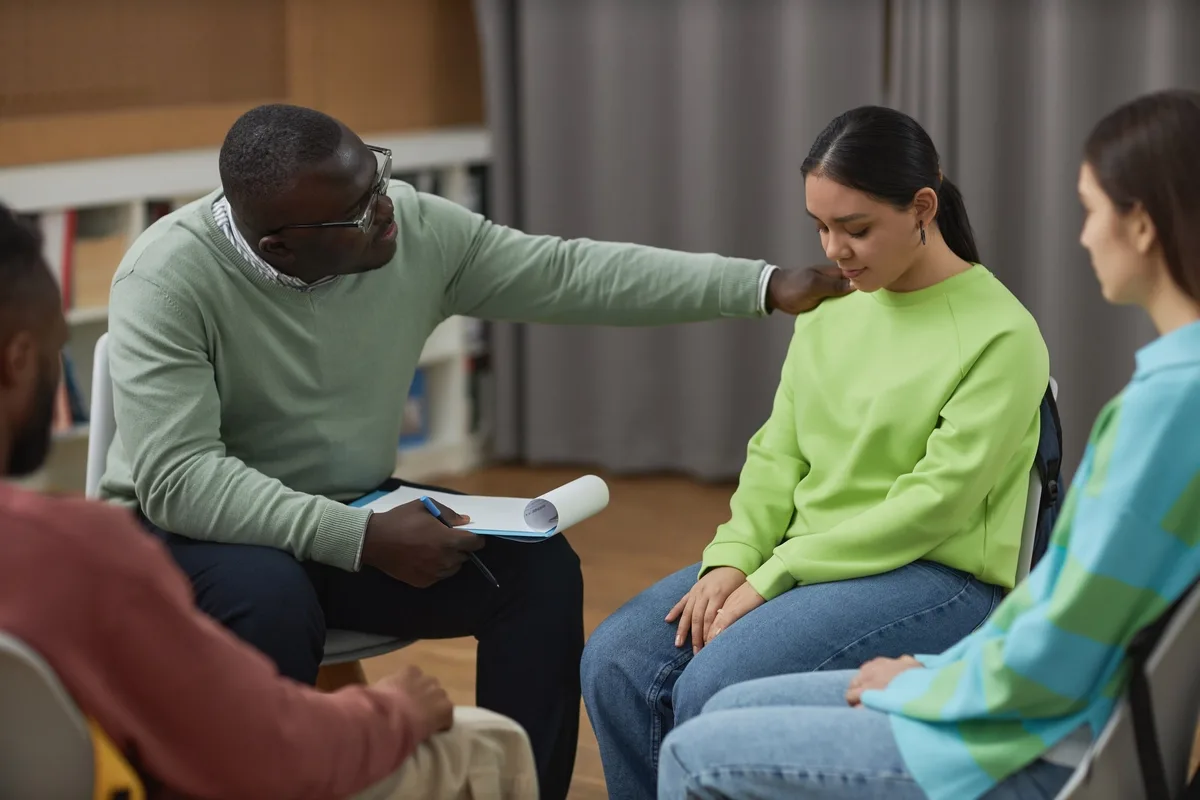










































































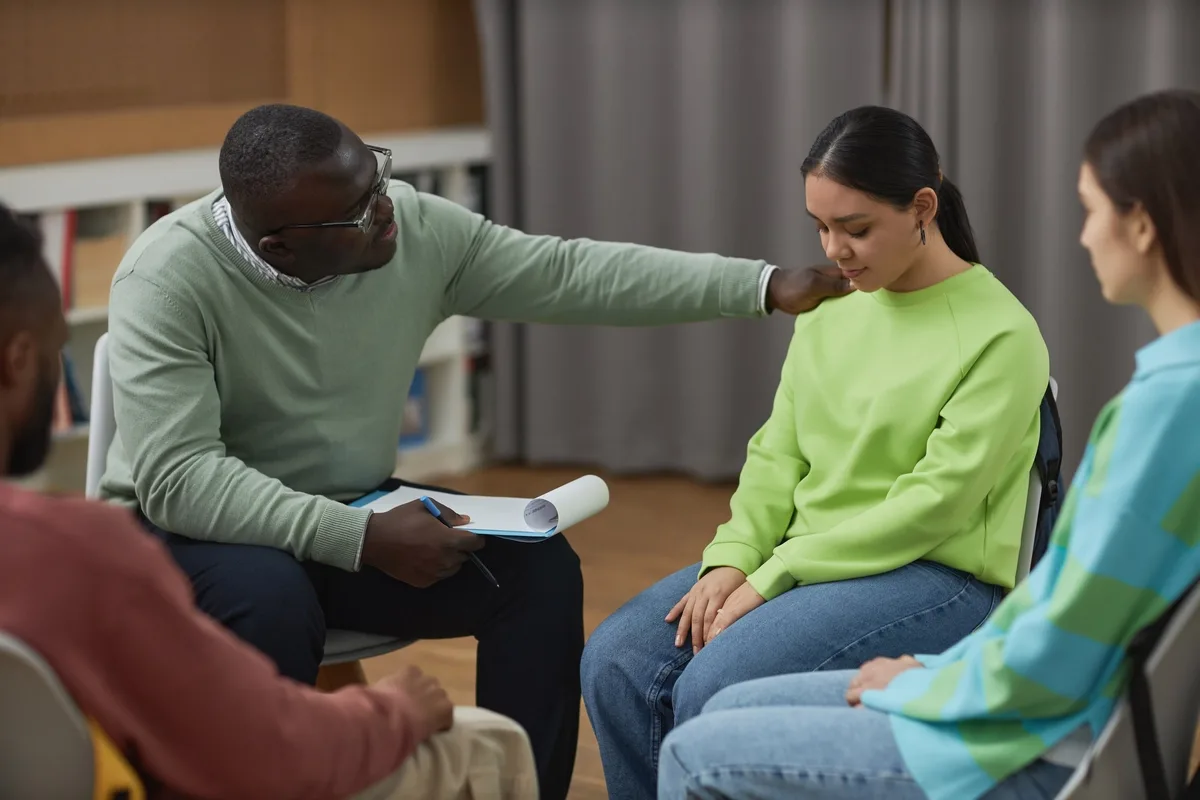




















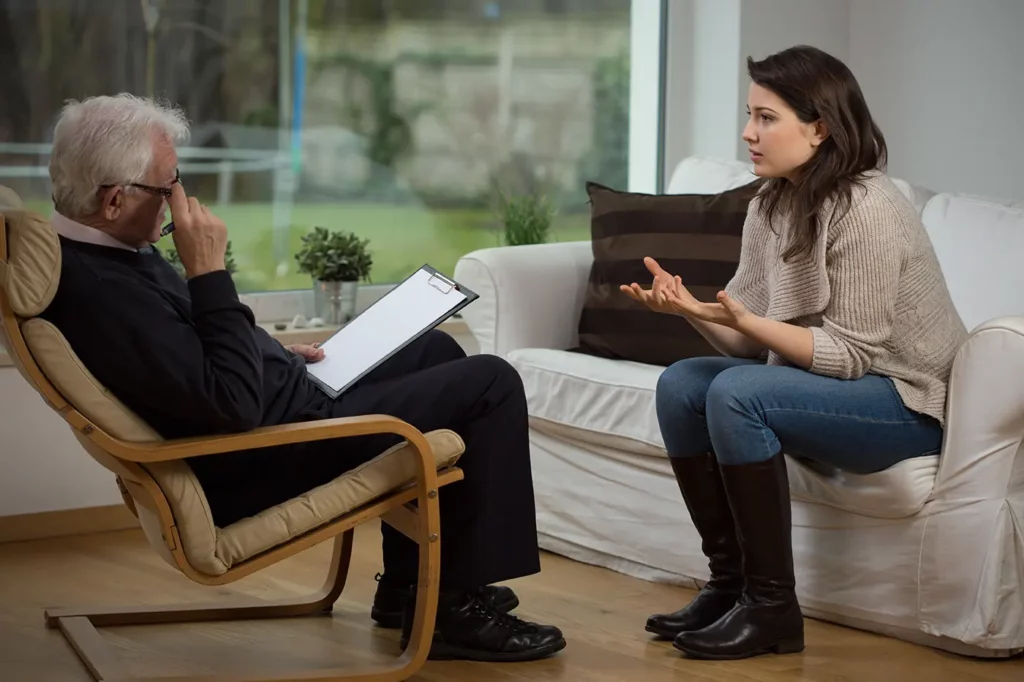












































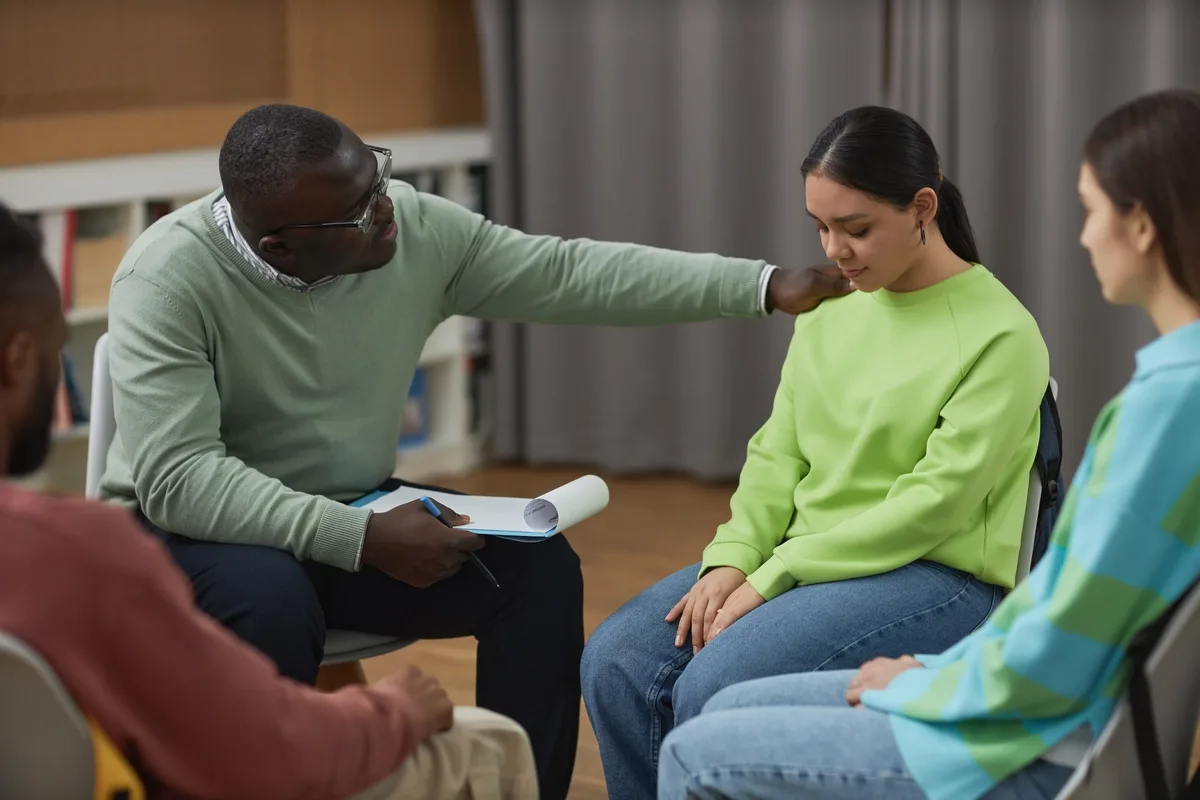













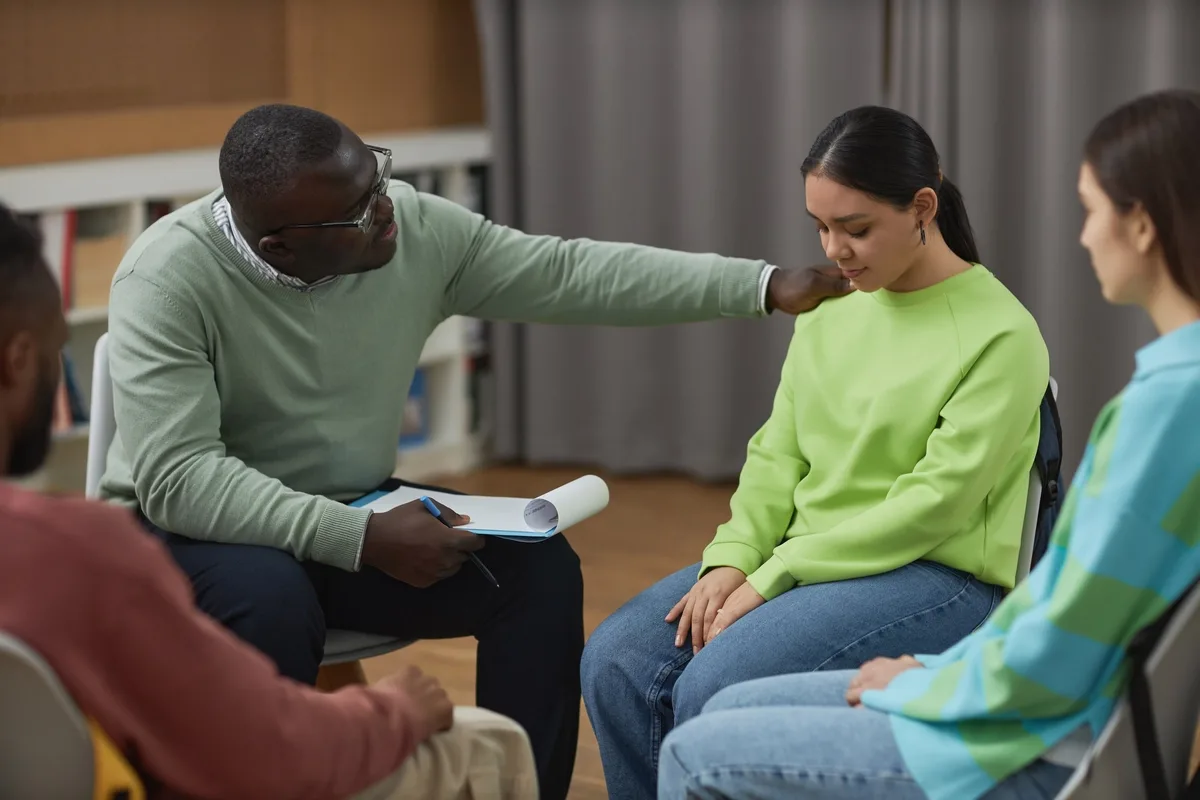



























































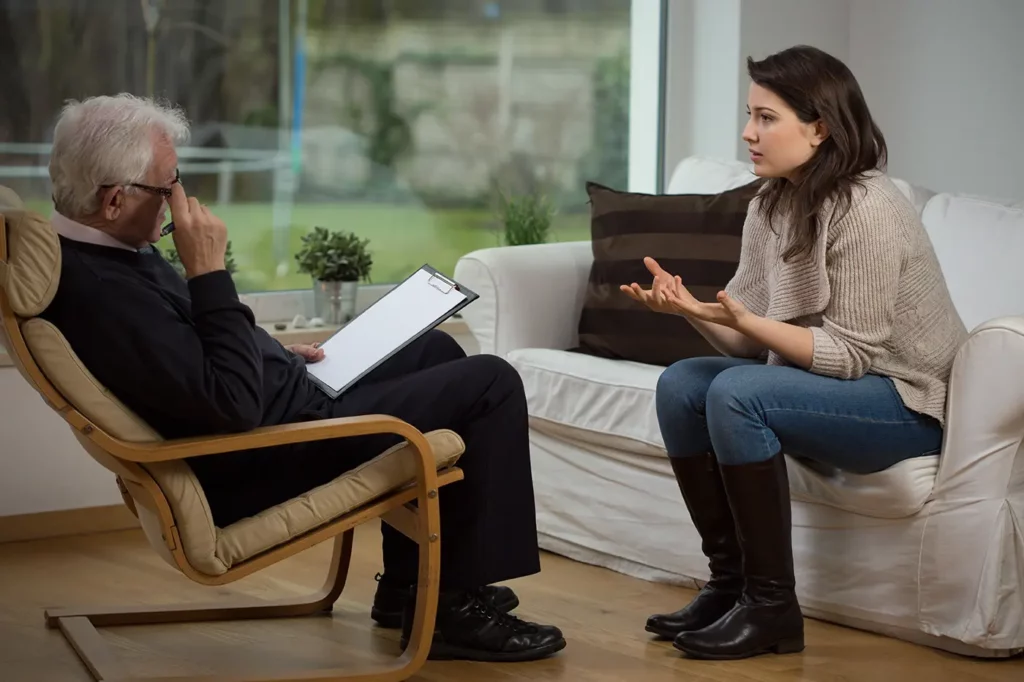























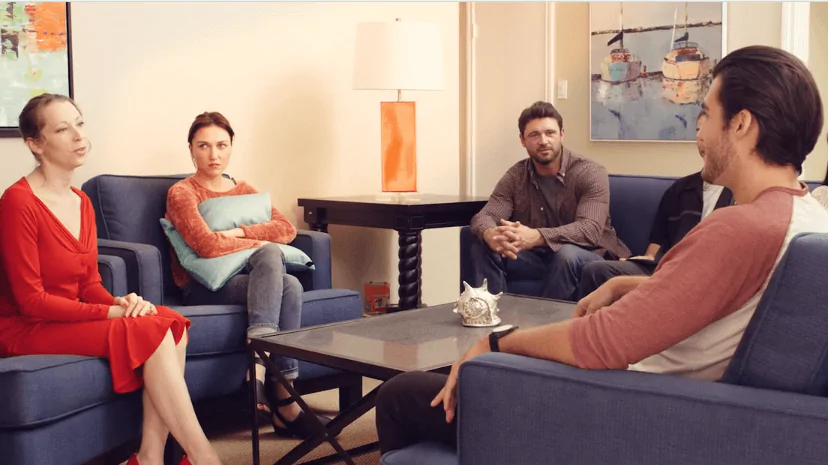

















Recovery is Happening
Recovery is Happening is a private rehab located in Rochester, Minnesota. Recovery is Happening spec...

Restore House
Restore House is a Chemical Dependency Treatment Program for adult men struggling with substance abu...

Dellwood Recovery Center
Dellwood Recovery Center is a private rehab located in Mora, Minnesota. Dellwood Recovery Center spe...

Serenity Manor
Serenity Manor is a private rehab located in Mora, Minnesota. Serenity Manor specializes in the trea...

Lifestyle Counseling of Bloomington
Lifestyle Counseling of Bloomington is a private rehab located in Minneapolis, Minnesota. Lifestyle ...

Sobriety First Treatment Center
Sobriety First Treatment Center is a private rehab located in Milaca, Minnesota. Sobriety First Trea...

Specialized Treatment Services – Brooklyn Park
Specialized Treatment Services – Brooklyn Park is a private rehab located in Minneapolis, Minnesota....

Serenity Path
Serenity Path is a private rehab located in Brooten, Minnesota. Serenity Path specializes in the tre...

Red Lake Chemical Health Programs – Northern Winds Treatment Center
Red Lake Nation - Chemical Health Programs are an indigenous drug and alcohol addiction treatment pr...

ShareHouse Stepping Stones
ShareHouse Stepping Stones is a private rehab located in New York Mills, Minnesota. ShareHouse Stepp...

Volunteers of America of Minnesota – Mental Health
Volunteers of America of Minnesota – Mental Health is a private rehab located in Minneapolis, Minnes...

CADT – Woodland Hills Academy
CADT - Woodland Hills Academy is an outpatient treatment program for adolescents, established in 200...

Sobriety First Treatment Center
Sobriety First Treatment Center is a private rehab located in Sauk Centre, Minnesota. Sobriety First...

Mash – ka – wisen Treatment Center
Mash-ka-wisen Treatment Center is a residential facility that offers services for individuals that a...

New Beginnings at Waverly – Women’s Location
New Beginnings - Women's is located in Waverly, Minnesota. New Beginnings - Women's residential prog...

Lee Carlson Center for Mental Health and Wellbeing – 89th Avenue NE
Lee Carlson Center for Mental Health and Wellbeing – 89th Avenue NE is a private rehab located in Mi...

Resurrection Recovery
Resurrection Recovery is a private rehab located in Saint Paul, Minnesota. Resurrection Recovery spe...

Kingdom In Action
Kingdom In Action is a private rehab located in Minneapolis, Minnesota. Kingdom In Action specialize...
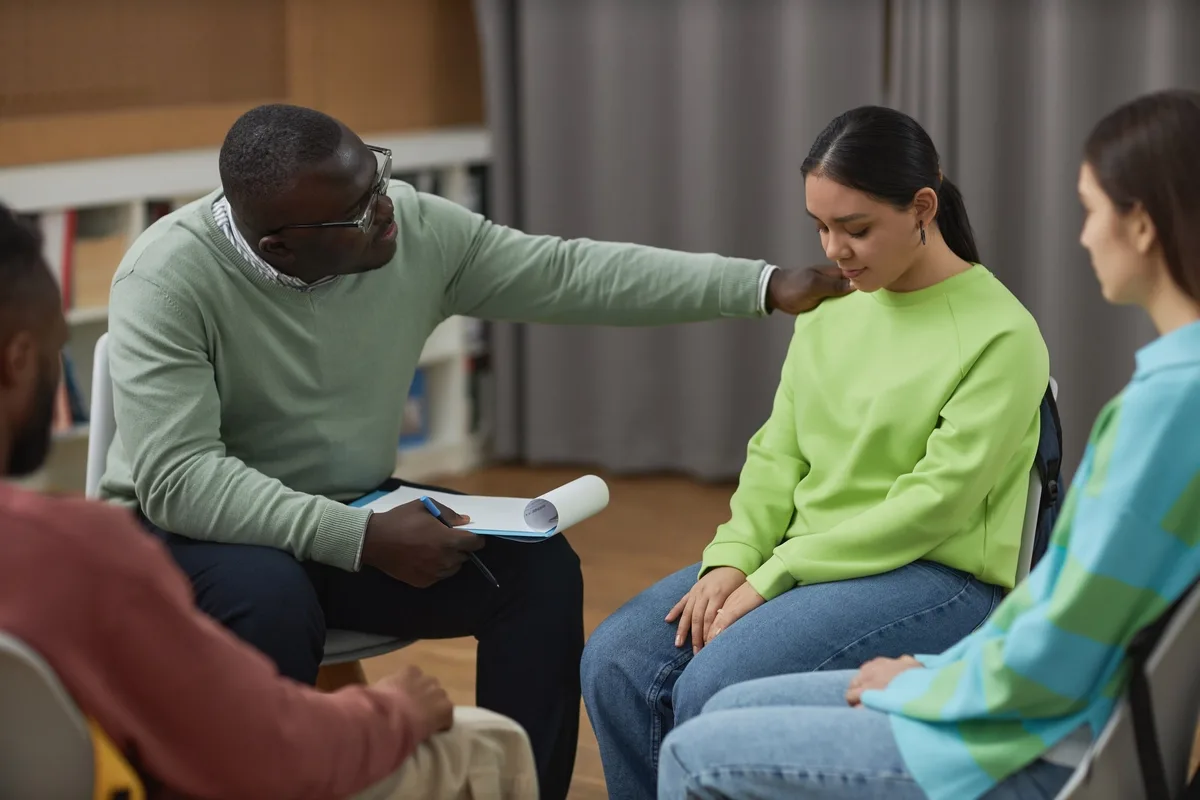
Thunderbird – Wren House
Thunderbird - Wren House is a sober living facility that offers services for individuals that are re...

Transformations House II for Women
Transformations House II for Women is a private rehab located in Minneapolis, Minnesota. Transformat...

Nehemiah Family Services
Nehemiah Family Services is a private traditional rehab located in Dodge Center, MN. Nehemiah Family...

People Riverwind
People Riverwind is a non-profit rehab located in Minneapolis, Minnesota. People Riverwind specializ...

Life Renewal Adult and Teen Challenge
Life Renewal Adult and Teen Challenge is a private rehab located in Duluth, Minnesota. Life Renewal ...

Lakes Region Chemical Dependency
Lakes Region Chemical Dependency is a private rehab located in Bemidji, MN. Lakes Region Chemical De...

Professional Counseling Center
Professional Counseling Center is a private rehab located in Buffalo, Minnesota. Professional Counse...

Valhalla Place
Valhalla Place is a CARF-accredited substance abuse rehab center in Saint Paul, Minnesota. Part of B...

Meridian Behavioral Health – Women’s Residential
Meridian Behavioral Health – Women’s Residential is a private rehab located in Saint Paul, Minnesota...

We Care Counseling Center
We Care Counseling Center is a private rehab located in Saint Paul, Minnesota. We Care Counseling Ce...

White Earth Substance Abuse
White Earth Substance Abuse is a public rehab located in Ponsford, Minnesota. White Earth Substance ...

Community Addiction Recovery Enterprise – Liberalis
Community Addiction Recovery Enterprise - Liberalis is a residential treatment facility for women st...

Regions Alcohol and Drug Abuse Program
Regions Alcohol and Drug Abuse Program is a private rehab located in Saint Paul, Minnesota. Regions ...

Drake Counseling Services – Willow Street
Drake Counseling Services – Willow Street is a private rehab located in Detroit Lakes, Minnesota. Dr...

Omada Behavioral Health Services
Omada Behavioral Health Services is a clinic dedicated to provide substance use disorder treatment t...

Phoenix Recovery Programs
Phoenix Recovery Programs is a private rehab located in Saint Paul, Minnesota. Phoenix Recovery Prog...

Haven Chemical Health Systems – Paul’s Place
Haven Chemical Health Systems – Paul’s Place is a private rehab located in Farmington, Minnesota. Ha...

CBHH
CBHH is a public rehab located in Bemidji, Minnesota. CBHH specializes in the treatment of dual diag...

Dellwood Recovery Center – Crossroads
Dellwood Recovery Center – Crossroads is a private rehab located in Cambridge, Minnesota. Dellwood R...

Pangea Care
Pangea Care is a private rehab located in Saint Paul, Minnesota. Pangea Care specializes in the trea...

Fond du Lac Human Services – Tagwii Recovery Center
Fond du Lac Human Services – Tagwii Recovery Center is a public rehab located in Cloquet, Minnesota....

House of Charity Day by Day Program
House of Charity Day by Day Program is a non-profit organization located in Minneapolis, MN. House o...

Amethyst Counseling Services – Outpatient
Amethyst Counseling Services – Outpatient is a private rehab located in Saint Paul, Minnesota. Ameth...

Restoration Counseling and Community Services – Women’s Program
Restoration Counseling and Community Services treats the chemical health needs of people coming out ...

Salvation Army – Harbor Light
Salvation Army – Harbor Light is a non-profit rehab located in Minneapolis, Minnesota. Salvation Arm...

West Hills Lodge Women’s Program
West Hills Lodge Women’s Program is a private rehab located in Northfield, Minnesota. West Hills Lod...

Wenden Recovery Services
Wenden Recovery Services is a private rehab located in Red Wing, Minnesota. Wenden Recovery Services...

CBHH
CBHH is a public rehab located in Fergus Falls, Minnesota. CBHH specializes in the treatment of dual...

House of Hope – Fairmont Program
House of Hope - Fairmont Program offers a residential program for those men and women who are strugg...

Transformation House – North Ferry Street
Transformation House – North Ferry Street is a private rehab located in Anoka, Minnesota. Transforma...
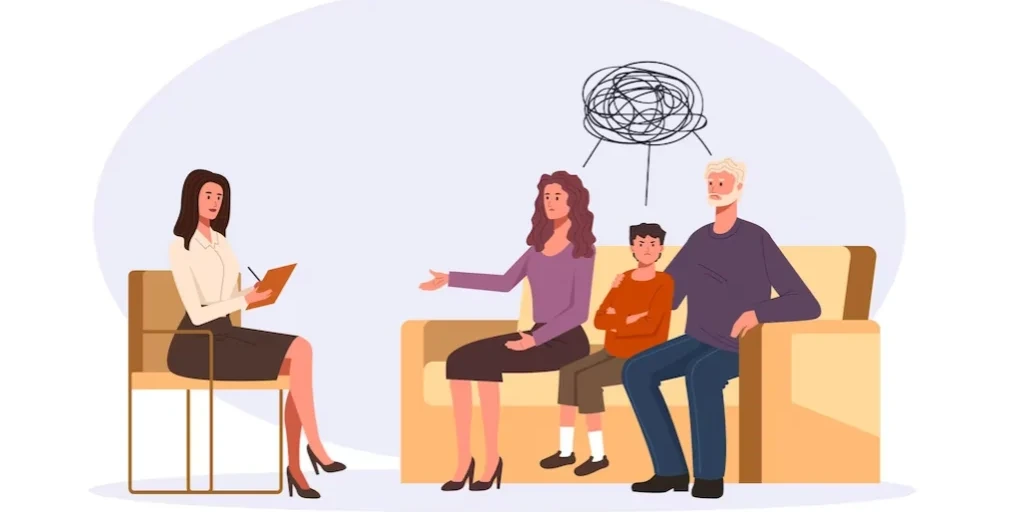
Anthony Louis Center – Outpatient
Anthony Louis Center – Outpatient is a private rehab located in Saint Paul, Minnesota. Anthony Louis...

Teen Focus Recovery Center
Teen Focus Recovery Center is a private rehab located in Rush City, Minnesota. Teen Focus Recovery C...

Lake Superior Treatment Center
Lake Superior Treatment Center is a private rehab located in Duluth, Minnesota. Lake Superior Treatm...

Anchorage
Anchorage is a private rehab located in Moorhead, Minnesota. Anchorage specializes in the treatment ...

Specialized Treatment Services – Jackson Street
Specialized Treatment Services – Jackson Street is a private rehab located in Minneapolis, Minnesota...

On Belay House
On Belay House offers inpatient treatment for individuals with alcohol and/or substance addiction. T...

United Hospital – Behavioral Health
United Hospital is one of the largest hospitals in the St Paul area and is recognized nationally and...

Lakeland Mental Health Center – Glenwood
Lakeland Mental Health Center – Glenwood is a private rehab located in Glenwood, Minnesota. Lakeland...

New Perspectives Behavioral Health
New Perspectives Behavioral Health is a private rehab located in Minneapolis, Minnesota. New Perspec...

Aneway
Aneway is a private rehab located in Long Prairie, Minnesota. Aneway specializes in the treatment of...

Solutions Behavioral Healthcare Professionals
Solutions Behavioral Healthcare Professionals is a private rehab located in Moorhead, Minnesota. Sol...

Hutchinson Health – Mental Health
Hutchinson Health–Mental Health, in Hutchinson, Minnesota, provides comprehensive psychiatric and be...

Pine Manor Chemical Dependency Services
Pine Manor Chemical Dependency Center is a drug and alcohol addiction treatment center located in Ne...

Meridian Behavioral Health
Specializing in opioid addiction, dual diagnosis, alcoholism, mental health, substance abuse, and dr...

Fraser Behavioral and Mental Health
Fraser Behavioral and Mental Health, in Minneapolis, Minnesota, provides comprehensive, community-ba...

CADT – Marty Mann House
Marty Mann House is a drug and alcohol rehab program that focuses on substance abuse treatment servi...

Easthaven Halfway House
Easthaven Halfway House is a private rehab located in Saint Cloud, Minnesota. Easthaven Halfway Hous...

Pear Lake Women’s Program – Hope House
Pear Lake Women’s Program – Hope House is a private rehab located in Grand Rapids, Minnesota. Pear L...

Heartland Recovery Services
Heartland Recovery Services is a private rehab located in Baxter, Minnesota. Heartland Recovery Serv...

Range Mental Health Center
Range Mental Health Center is a private rehab located in Hibbing, Minnesota. Range Mental Health Cen...

Fountain Centers
Fountain Centers is a private rehab located in Waseca, Minnesota. Fountain Centers specializes in th...

Hennepin County Mental Health Center
Hennepin County Mental Health Center is a public rehab located in Minneapolis, Minnesota. Hennepin C...

Community Behavioral Health Hospital – CBHH
Community Behavioral Health Hospital – CBHH is a public rehab located in Annandale, Minnesota. Commu...

Common Ground Treatment
Common Ground Treatment is a private rehab located in Rochester, Minnesota. Common Ground Treatment ...
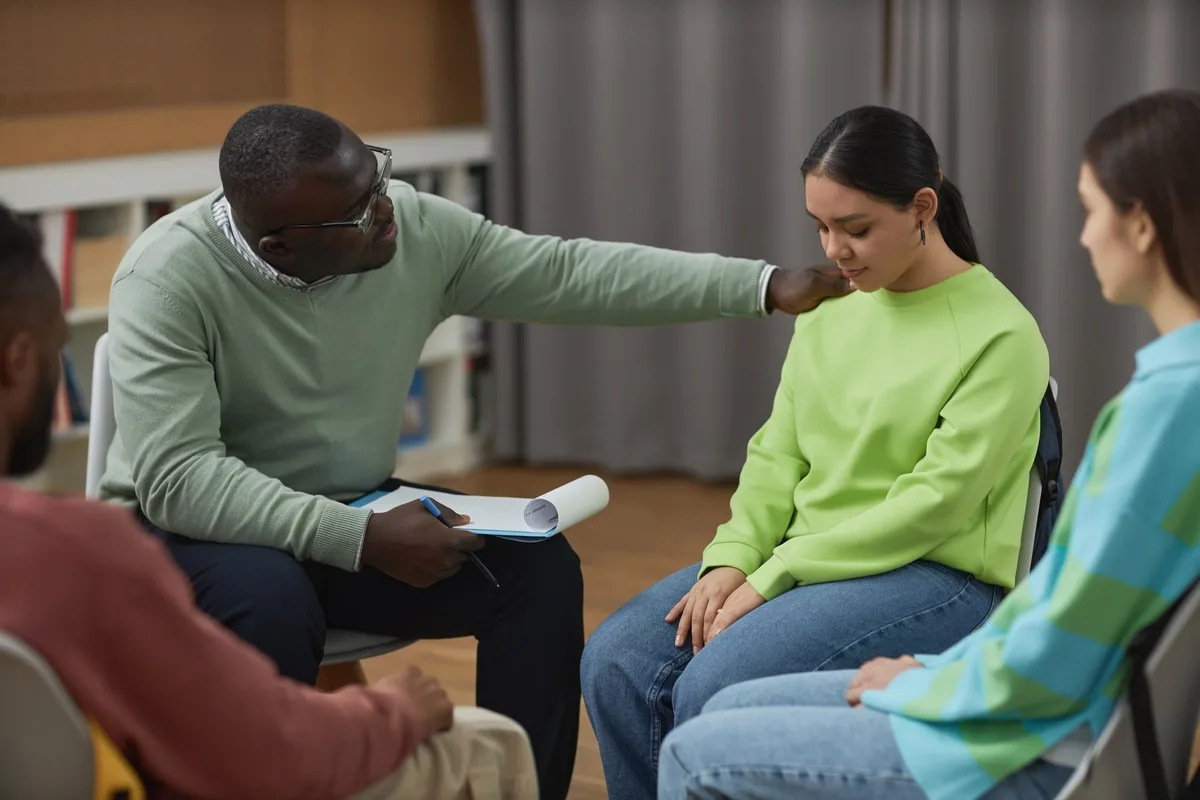
Mid Range Chemical Dependency Services
Mid Range Chemical Dependency Services is a rehab facility located in Hibbing, MN. Mid Range Chemica...

Create
Create is a private rehab located in Minneapolis, Minnesota. Create specializes in the treatment of ...

White Earth Nation
White Earth Nation supports the long-term recovery from the effects of substance abuse. White Earth ...

Safe Harbour
Safe Harbour is a private rehab located in Owatonna, Minnesota. Safe Harbour specializes in the trea...

Mental Health Systems – MHS
Mental Health Systems – MHS is a private rehab located in Saint Paul, Minnesota. Mental Health Syste...

White Earth Men’s Substance Abuse – Primary Care
White Earth Men’s Substance Abuse – Primary Care is a public rehab located in Mahnomen, Minnesota. W...

Fresh Start
The Prarie Community Service (PCS) Fresh Start facility is a drug and alcohol rehab center located i...

Northeast Youth and Family Services – White Bear Lake
Northeast Youth and Family Services – White Bear Lake is a private rehab located in White Bear Lake,...

Counseling Services of Southern Minnesota
Counseling Services of Southern Minnesota is a private rehab located in Saint Peter, Minnesota. Coun...

The Superior Treatment Center
The Superior Treatment Center is a private rehab located in Duluth, Minnesota. The Superior Treatmen...

Family Focused Recovery
Family Focused Recovery is a private rehab located in Minneapolis, Minnesota. Family Focused Recover...

Addiction Recovery Technologies of Saint Peter
Addiction Recovery Technologies of Saint Peter is a private rehab located in Saint Peter, Minnesota....

Blue Earth County Human Services – Mental Health Center
Blue Earth County Human Services – Mental Health Center is a public rehab located in Mankato, Minnes...

Southwestern Mental Health Center Avera
Southwestern Mental Health Center Avera offers behavioral health services for children, adolescents,...

Canvas Health – Saint Paul
Canvas Health – Saint Paul is a private rehab located in Saint Paul, Minnesota. Canvas Health – Sain...

Fond du Lac Human Services – Mino Wii Jii Win Adolescent Outpatient
Fond du Lac Human Services – Mino Wii Jii Win Adolescent Outpatient is a public rehab located in Clo...

Sobriety First
Sobriety First is a private rehab located in Saint Cloud, Minnesota. Sobriety First specializes in t...

Community Addiction Recovery Enterprise
Community Addiction Recovery Enterprise is a residential treatment facility for individuals struggli...

Addiction Intervention Recovery – Blaine Avenue
Addiction Intervention Recovery – Blaine Avenue is a private rehab located in Navarre, Minnesota. Ad...

Dimensions in Recovery
Dimensions in Recovery is a non-profit rehab located in Maple Lake, Minnesota. Dimensions in Recover...

Counseling Center
Counseling Center is a private rehab located in Delano, Minnesota. Counseling Center specializes in ...

Hamm Memorial Psychiatric Clinic
Hamm Memorial Psychiatric Clinic is a private rehab located in Saint Paul, Minnesota. Hamm Memorial ...

Community Addiction Recovery Enterprise
Community Addiction Recovery Enterprise is a residential treatment facility for individuals struggli...

Serenity Path
Serenity Path is a non-profit rehab located in Paynesville, Minnesota. Serenity Path specializes in ...

Fairview Recover Services Outpatient Program
Fairview Recover Services Outpatient Program is a non-profit rehab located in Burnsville, Minnesota....

Association Clinic of Psychology
Association Clinic of Psychology is a private rehab located in Minneapolis, Minnesota. Association C...

Haven Chemical Health Systems
Haven Chemical Health Systems is a private rehab located in Saint Paul, Minnesota. Haven Chemical He...

Lower Sioux Health Care Center – Woniya Kini Behavioral Services
Lower Sioux Health Care Center – Woniya Kini Behavioral Services is a public rehab located in Morton...

Lakeland Mental Health Center – Alexandria
Lakeland Mental Health Center – Alexandria is a private rehab located in Alexandria, Minnesota. Lake...

Meridian Behavioral Health – Cedar Ridge Men’s Residential
Meridian Behavioral Health - Cedar Ridge Mens Residential is a traditional rehab located in Stillwat...

St. Luke’s Mental Health – St. Luke’s Hospital
St. Luke's Mental Health - St. Luke's Hospital offers an inpatient treatment program for individuals...

Adult Teen Challenge – Life Renewal
Adult Teen Challenge (ATC) Life Renewal is a private, faith-based rehab that provides treatment for ...

Bar None Residential Treatment
Bar None Residential Treatment is a private rehab located in Anoka, Minnesota. Bar None Residential ...

Northwestern Mental Health Center – Change Program
Northwestern Mental Health Center – Change Program is a non-profit rehab located in Crookston, Minne...

Center for Family Counseling
Center for Family Counseling is a private rehab located in Saint Cloud, Minnesota. Center for Family...

Dellwood Recovery Center – Adolescent
Dellwood Recovery Center – Adolescent is a private rehab located in Cambridge, Minnesota. Dellwood R...
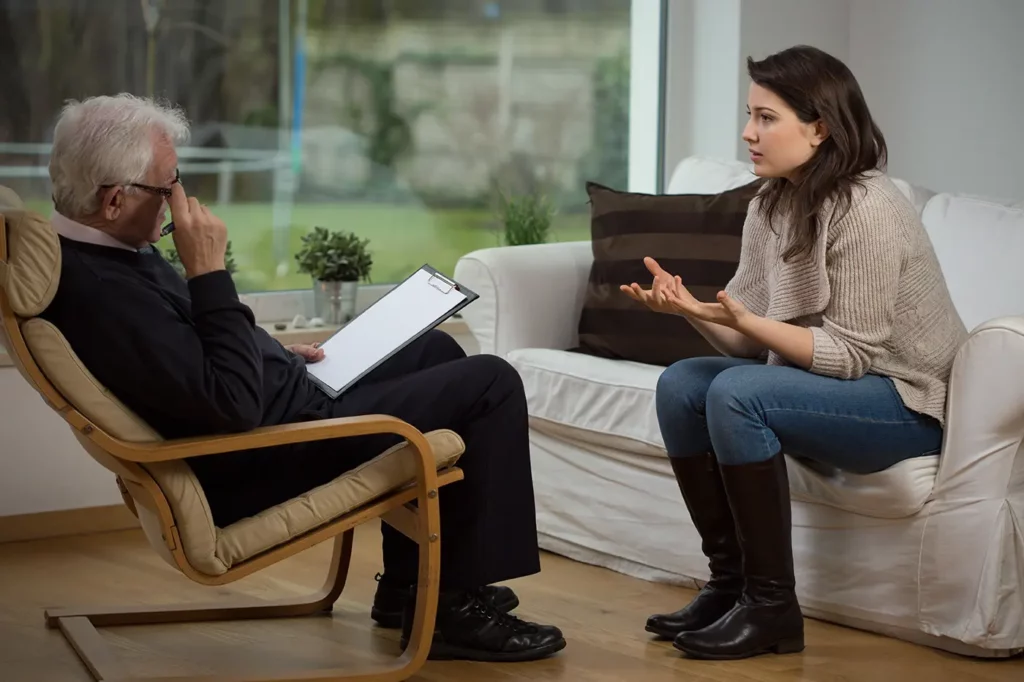
El Primer Paso Counseling Services
El Primer Paso Counseling Services is a private rehab located in Minneapolis, MN. El Primer Paso Cou...

ADAPT of Minnesota
ADAPT of Minnesota is a private rehab located in Minneapolis, Minnesota. ADAPT of Minnesota speciali...

Valhalla Place Minneapolis
Valhalla Place Minneapolis is a private rehab located in Minneapolis, Minnesota. Valhalla Place Minn...

Nehemiah Family Services
Nehemiah Family Services is a non-profit rehab located in Preston, Minnesota. Nehemiah Family Servic...

Project Turnabout
Project Turnabout at Redwood Falls is a nonprofit addiction recovery center for alcohol, drugs, and ...

Rice Memorial Hospital – Behavioral Health
Rice Memorial Hospital offers mental health and substance use disorder treatment to men, women, and ...

Restore House – Mississippi House
Restore House - Mississippi House is a Chemical Dependency Treatment Program for adult men strugglin...

Ark Counseling
Ark Counseling is a private rehab located in Plymouth, Minnesota. Ark Counseling specializes in the ...
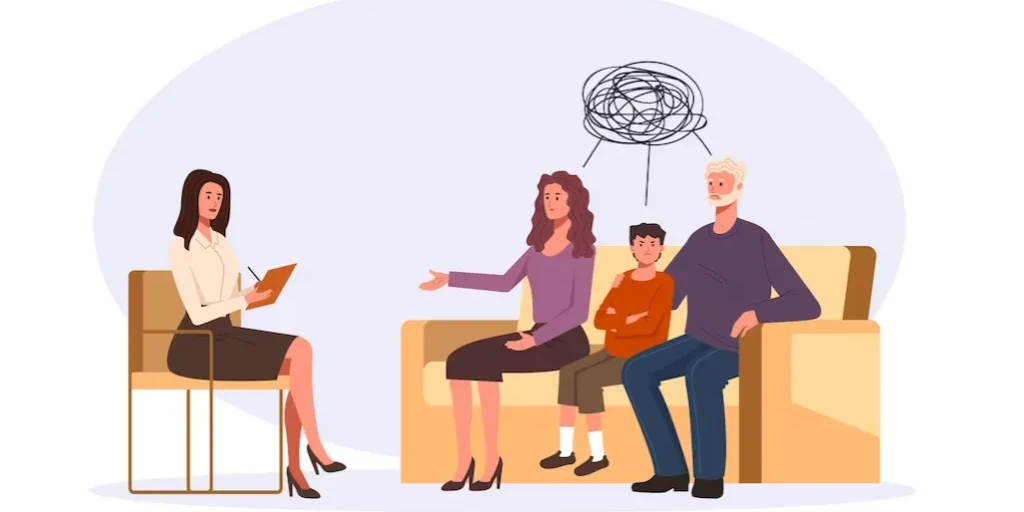
Effective Living Center
Effective Living Center is a private rehab located in Little Falls, Minnesota. Effective Living Cent...

Leech Lake – Men’s Outpatient
Leech Lake – Men’s Outpatient is a public rehab located in Cass Lake, Minnesota. Leech Lake – Men’s ...

Circle Back Center
Circle Back Center serves youth male and female 10-18 years of age needing community-based continuin...

Leech Lake Tribal – Adolescent
Leech Lake Tribal – Adolescent is a public rehab located in Cass Lake, Minnesota. Leech Lake Tribal ...

NUWAY – 3R’s Counseling Center
NUWAY – 3R’s Counseling Center is a private addiction treatment center situated in Minneapolis, Minn...

Mille Lacs Band of Ojibwe – Aazhoomog Community Center
Mille Lacs Band Aazhoomog Clinic is a public rehab located in Sandstone, MN. Mille Lacs Band Aazhoom...

Bell Hill Recovery Center
Bell Hill Recovery Center is a substance abuse treatment center in Wadena, MN that provides treatmen...

Hart House
Hart House offers inpatient treatment with alcohol and/or substance addiction. The program includes ...

Meridian Behavioral Health
Meridian Behavioral Health offers outpatient and inpatient treatment for individuals with alcohol an...
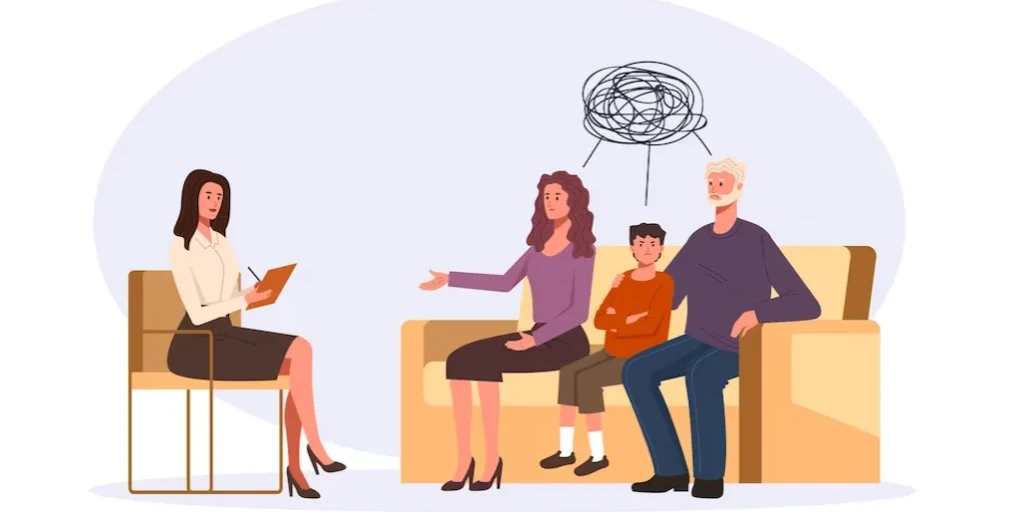
New Visions Center – Morris Outpatient
New Visions Center is a private outpatient rehab located in Morris, MN. New Visions Center - outpati...

Faith Family Recovery Center
Faith Family Recovery Center is a private rehab located in Osseo, Minnesota. Faith Family Recovery C...

New Beginnings
New Beginnings is a state licensed, alcohol and drug treatment facility. The facility offers outpati...

Northland Counseling Center – Aitkin
Northland Counseling Center - Bunker Hill Drive offers outpatient treatment for individuals with alc...

CADT – Howard Friese House Lakeside
CADT - Howard Friese House Lakeside is a 14-bed residential facility for men and is designed to prov...

Lakeland Mental Health Center – Detroit Lakes
Lakeland Mental Health Center – Detroit Lakes is a private rehab located in Detroit Lakes, Minnesota...

Hiawatha Valley Mental Health Center
Hiawatha Valley Mental Health Center is a private rehab located in Caledonia, Minnesota. Hiawatha Va...

Ramsey County Mental Health Center
Ramsey County Mental Health Center is a public rehab located in Saint Paul, Minnesota. Ramsey County...

Community Addiction Recovery Enterprise
Community Addiction Recovery Enterprise is a residential treatment facility for individuals struggli...
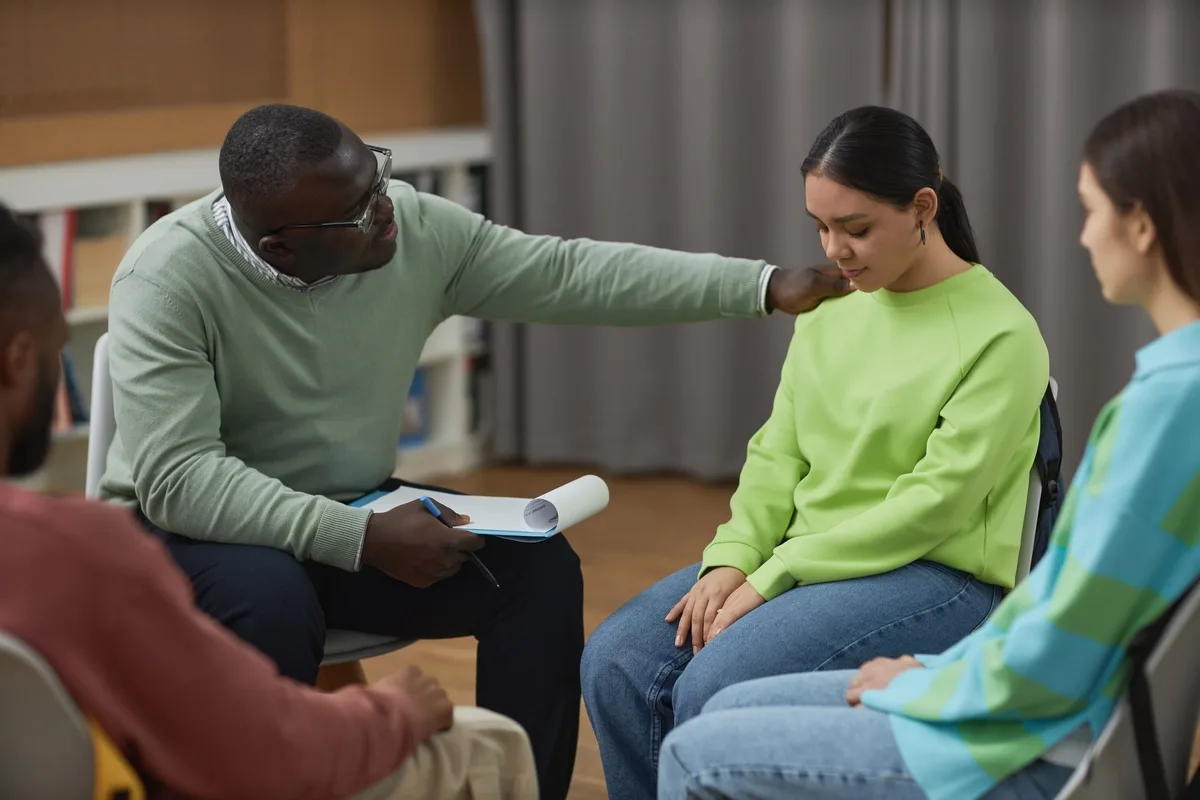
Drew Horowitz Recovery Services
Drew Horowitz Recovery Services offers outpatient treatment for individuals with alcohol and/or subs...

St. Luke’s Mental Health – Lake View Medical Clinic
St. Luke's Mental Health - Lake View Medical Clinic offers an outpatient treatment program for indiv...

Northland Counseling Center – Nashwauk
Northland Counseling Center - 1st Street offers outpatient treatment for individuals with alcohol an...

One Twelve
One Twelve is a Rule 25 residential treatment center for men struggling with chemical dependency. Th...

New Beginnings – Evening Outpatient
New Beginnings is a state licensed, alcohol and drug treatment facility. The facility offers outpati...

Pineview Recovery Center
Pineview Recovery Center offers inpatient treatment for individuals with alcohol and/or substance ad...

The Coleman Institute
The Coleman Institute is dedicated on providing a rapid detox to help those individuals detoxify fro...

Sanford Behavioral Health – Grove Avenue
Sanford Behavioral Health - Grove Avenue is an outpatient facility that offers treatment for individ...

Sanford Behavioral Health Headwaters ACT
Sanford Behavioral Health Headwaters ACT offers outpatient services for individuals with a Mental He...

Red Lake Chemical Health Programs – Outpatient
Red Lake Chemical Health Programs - Outpatient is an outpatient program for alcohol and drugs addict...

Muscala Chemical Health Clinic – AA Alternative
Muscala Chemical Health Clinic – AA Alternative is a private rehab located in Minneapolis, Minnesota...

New Visions Center – Outpatient
New Visions Center provides a level of care for those that need intensive outpatient programming and...

Red Lake Chemical Health Programs – Outpatient
Red Lake Chemical Health Programs - Outpatient is an outpatient program for alcohol and drugs addict...

Comunidades Latinas Unidas en Servicio
Comunidades Latinas Unidas en Servicio is a non - profit organization located in West St. Paul, MN. ...

Avera Medical Group Behavioral Health Services
Avera Medical Group Behavioral Health Clinic offers behavioral health services for children, adolesc...

St. Luke’s Mental Health – Hibbing Family Medical Clinic
St. Luke's Mental Health - Hibbing Family Medical Clinic offers an outpatient treatment program for ...

St. Luke’s Mental Health – Laurentian Medical Clinic
St. Luke's Mental Health - Laurentian Medical Clinic offers an outpatient treatment program for indi...

Odayin House
Odayin House is a private foster care home located in Bemidji, Minnesota. Odayin House is a Certifie...

Lighthouse
Lighthouse is a private foster care home located in Detroit Lakes, Minnesota. Lighthouse is a Certif...

Eastern Star
Eastern Star is a private foster care home located in Sauk Rapids, Minnesota. Eastern Star is a Cert...

Transformative Recovery Center
New Visions Center is a private residential rehab located in Fergus Falls, MN. New Visions Center - ...

Professional Counseling Center
Professional Counseling Center is a private rehab located in Hopkins, Minnesota. Professional Counse...

AA – Alcoholics Anonymous
AA – Alcoholics Anonymous is a private rehab located in Fergus Falls, Minnesota. AA – Alcoholics Ano...

Sprucewoods East
Sprucewoods East is a private foster care home located in Bemidji, Minnesota. Sprucewoods East is a ...

River Ridge – A Woman’s Way Residential Treatment
River Ridge – A Woman’s Way Residential Treatment is a private rehab located in Burnsville, Minnesot...

Sprucewoods IAFC
Sprucewoods IAFC is a private foster care home located in Bemidji, Minnesota. Sprucewoods IAFC is a ...

Bayview
Bayview is a private foster care home located in Detroit Lakes, Minnesota. Bayview is a Certified Co...

Briar Rose
Briar Rose is a private foster care home located in Bemidji, Minnesota. Briar Rose is a Certified Co...

River Ridge Treatment Center – Glen Creek Lodge
River Ridge Treatment Center – Glen Creek Lodge is a private rehab located in Minnetonka, Minnesota....

Lake Region Chemical Dpndcy
Lake Region Chemical Dpndcy is a private rehab located in Bagley, Minnesota. Lake Region Chemical Dp...

Recovery Resources
Recovery Resources is a private rehab located in Winsted, Minnesota. Recovery Resources specializes ...

Red Lake Alcohol Rehab Program
Red Lake Alcohol Rehab Program is a private rehab located in Redlake, Minnesota. Red Lake Alcohol Re...

AA – Alcoholics Anonymous
AA – Alcoholics Anonymous is a private rehab located in Rochester, Minnesota. AA – Alcoholics Anonym...

Sprucewoods West
Sprucewoods West is a private foster care home located in Bemidji, Minnesota. Sprucewoods West is a ...

AA – Alcoholics Anonymous
AA – Alcoholics Anonymous is a private rehab located in Prior Lake, Minnesota. AA – Alcoholics Anony...

Lifestyle Counseling
Lifestyle Counseling is a private rehab located in Prior Lake, Minnesota. Lifestyle Counseling speci...

New Beginnings at St. Peter
New Beginnings at St. Peter is a private rehab located in Saint Peter, Minnesota. New Beginnings at ...

Western Star
Western Star is a private foster care home located in Sauk Rapids, Minnesota. Western Star is a Cert...

El Primer Paso Counseling
El Primer Paso Counseling is a private rehab located in Bricelyn, Minnesota. El Primer Paso Counseli...

AA – Alcoholics Anonymous
AA – Alcoholics Anonymous is a private rehab located in Rosemount, Minnesota. AA – Alcoholics Anonym...

Lone Wolf Recovery
Lone Wolf Recovery is a private rehab located in Winsted, Minnesota. Lone Wolf Recovery specializes ...

Moving Forward Assessment Services
Moving Forward Assessment Services is a private rehab located in Spring Lake Park, Minnesota. Moving...

Al Anon and Al Ateen
Al Anon and Al Ateen is a private rehab located in Saint Louis Park, Minnesota. Al Anon and Al Ateen...

Create South
Create South is a private rehab located in Burnsville, Minnesota. Create South specializes in the tr...
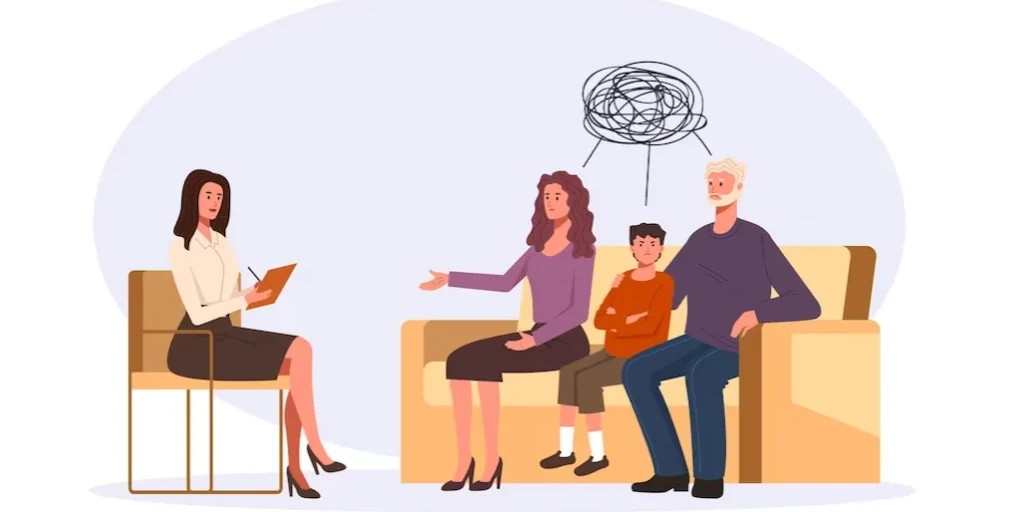
Reformers Unanimous – Addictions Recovery Program
Reformers Unanimous – Addictions Recovery Program is a private rehab located in Shakopee, Minnesota....

Pointe Outpatient Little Rock
Pointe Outpatient Little Rock is a private rehab located in Saint Paul, Minnesota. Pointe Outpatient...

Mustard Seed Counseling
Mustard Seed Counseling is a private rehab located in Plymouth, Minnesota. Mustard Seed Counseling s...

Empower Recovery Services
Empower Recovery Services is a private rehab located in Pine City, Minnesota. Empower Recovery Servi...

Minnesota Alternatives
Minnesota Alternatives is a private rehab located in Spring Lake Park, Minnesota. Minnesota Alternat...

Hope House – Men’s Program
Hope House – Men’s Program is a private rehab located in Long Prairie, Minnesota. Hope House – Men’s...

South Central Crisis Center
South Central Crisis Center is a private rehab located in Mankato, Minnesota. South Central Crisis C...
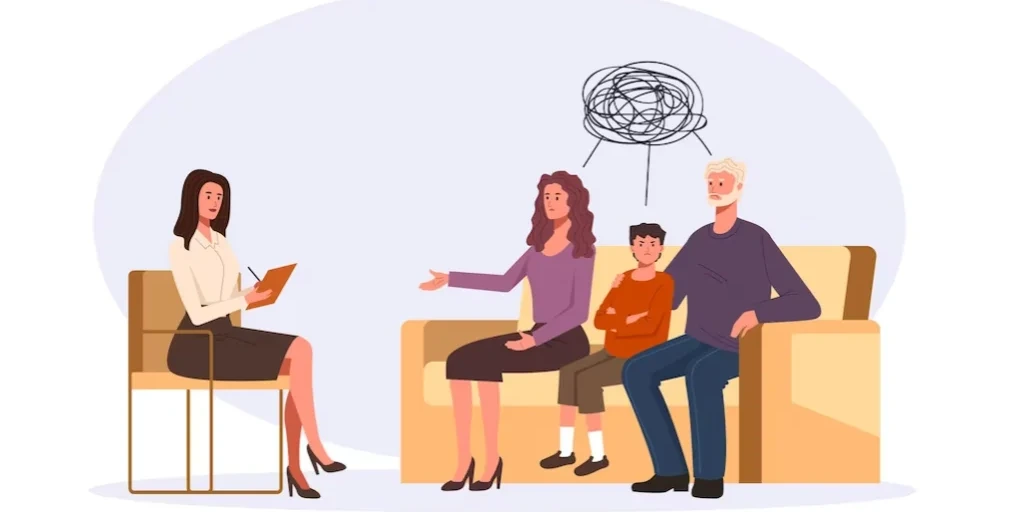
AA – Alcoholics Anonymous – Cavalier West Group
AA – Alcoholics Anonymous – Cavalier West Group is a private rehab located in Minneapolis, Minnesota...

Hansen Therapy Services
Hansen Therapy Services is a private rehab located in Saint Louis Park, Minnesota. Hansen Therapy Se...

Alaris Group
Alaris Group is a private rehab located in Minneapolis, Minnesota. Alaris Group specializes in the t...

Fairview Adolescent Chemical
Fairview Adolescent Chemical is a private rehab located in Saint Paul, Minnesota. Fairview Adolescen...

Community Addiction Recovery
Community Addiction Recovery is a public rehab located in Brainerd, Minnesota. Community Addiction R...

AA – Alcoholics Anonymous
AA – Alcoholics Anonymous is a private rehab located in Saint Paul, Minnesota. AA – Alcoholics Anony...

Glenmore Recovery Center
Glenmore Recovery Center is a private rehab located in Thief River Falls, Minnesota. Glenmore Recove...

Allina Health – Mental Health
Allina Health – Mental Health is a private rehab located in Minneapolis, Minnesota. Allina Health – ...

A Way Out Recovery
A Way Out Recovery is a drug and alcohol rehab in Shakopee, MN providing men with sober living optio...

Common Ground Treatment
Common Ground Treatment is a private rehab located in Red Wing, Minnesota. Common Ground Treatment s...

Center for Family Counseling – Cold Spring
Center for Family Counseling – Cold Spring is a private rehab located in Cold Spring, Minnesota. Cen...

NorthStar Regional – Hundertmark Rd
NorthStar Regional – Hundertmark Rd is a private rehab located in Chaska, Minnesota. NorthStar Regio...

Professional Recovery Assistance
Professional Recovery Assistance is a private rehab located in Minneapolis, Minnesota. Professional ...

Northland Counseling Center – International Falls
Northland Counseling Center - 5th Street offers outpatient treatment for individuals with alcohol an...

Family Restoration Services
Family Restoration Services is a private rehab located in Minneapolis, Minnesota. Family Restoration...

Hope House
Hope House is a private rehab located in Grand Rapids, Minnesota. Hope House specializes in the trea...

Arubah Emotional Health Services
Arubah Emotional Health Services is a private rehab located in Minneapolis, Minnesota. Arubah Emotio...
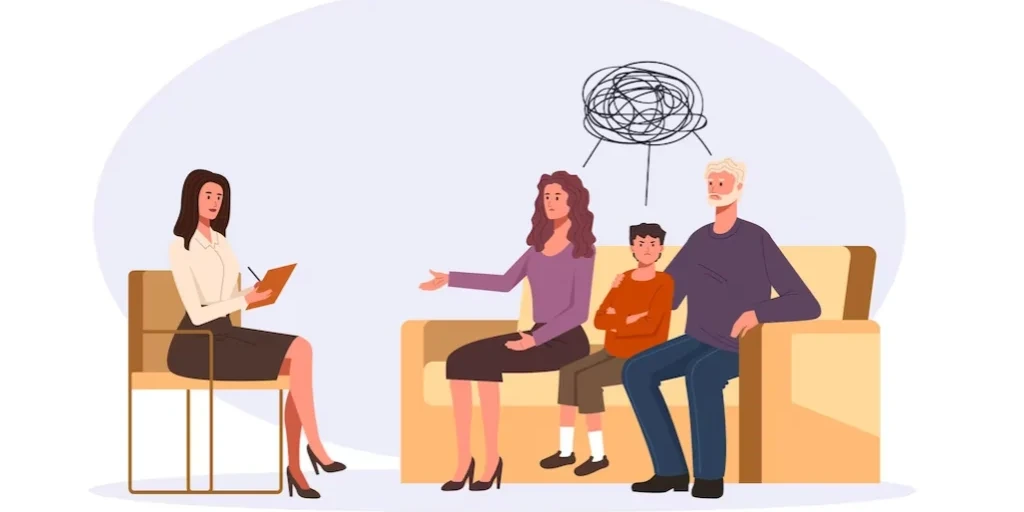
Minnesota Counseling Center
Minnesota Counseling Center is a private rehab located in Saint Cloud, Minnesota. Minnesota Counseli...

Senior Recovery Maplewood
Senior Recovery Maplewood is a private rehab located in Minneapolis, Minnesota. Senior Recovery Mapl...

New Beginnings – St. Anthony Park
New Beginnings – St. Anthony Park is a private rehab located in Saint Paul, Minnesota. New Beginning...

Southwestern Mental Health Center Avera
Southwestern Mental Health Center Avera offers behavioral health services for children, adolescents,...

CADT – NE Regional Corrections Treatment Program
CADT - NE Regional Corrections Treatment Program offers licensed outpatient treatment to men serving...

Center for Family Counseling – Little Falls
Center for Family Counseling – Little Falls is a private rehab located in Little Falls, Minnesota. C...

Al Anon
Al Anon is a private rehab located in Saint Louis Park, Minnesota. Al Anon specializes in the treatm...

Center for Family Counseling – Monticello
Center for Family Counseling – Monticello is a private rehab located in Monticello, Minnesota. Cente...
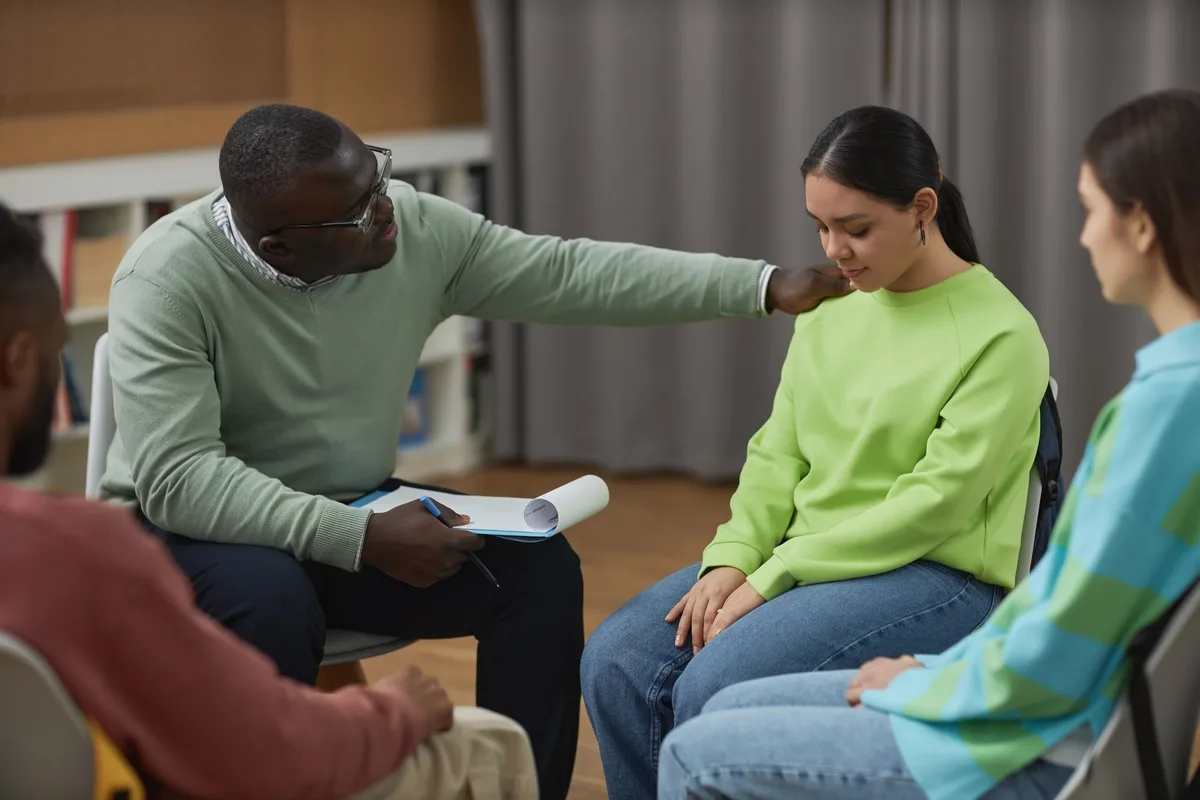
CREATE Inc Minneapolis
CREATE Inc Minneapolis is a private rehab located in Minneapolis, Minnesota. CREATE Inc Minneapolis ...

Counseling Clinic
Counseling Clinic is a private rehab located in La Crescent, Minnesota. Counseling Clinic specialize...

NorthStar Regional
NorthStar Regional is a private rehab located in Maple Grove, Minnesota. NorthStar Regional speciali...

Northern Pines Mental Health – Brainerd
Northern Pines Mental Health – Brainerd is a private rehab located in Brainerd, Minnesota. Northern ...
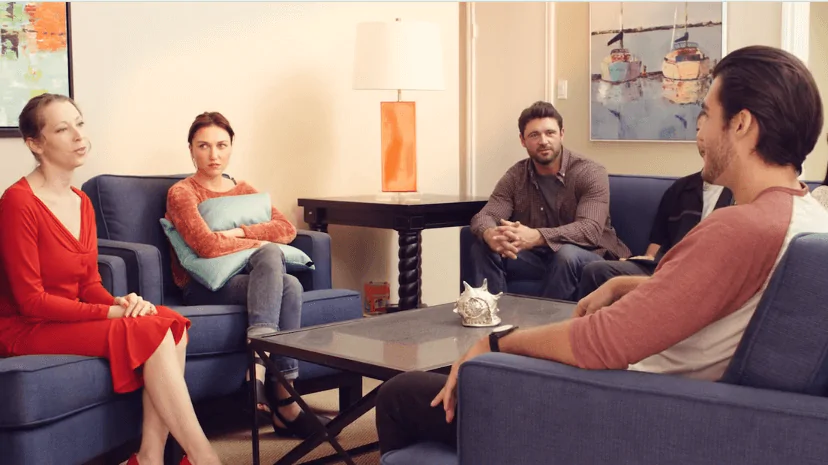
Haven Chemical Health Systems – Rebecca’s Residence
Haven Chemical Health Systems - Rebecca's Residence is a private residential rehab located in Scandi...
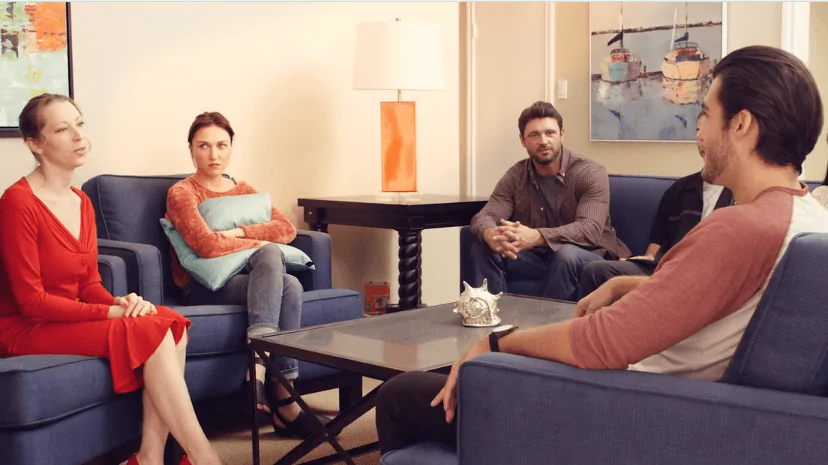
Restoration Counseling and Community Services
Restoration Counseling and Community Services treats the chemical health needs of people coming out ...

Mental Health Systems
Mental Health Systems is a private rehab located in Edina, Minnesota. Mental Health Systems speciali...

River Ridge
River Ridge is a private rehab located in Burnsville, Minnesota. River Ridge specializes in the trea...

Progress Valley – Recovery Center for Men
Progress Valley - Recovery Center for Men provides a safe, sober, structured environment for men whi...
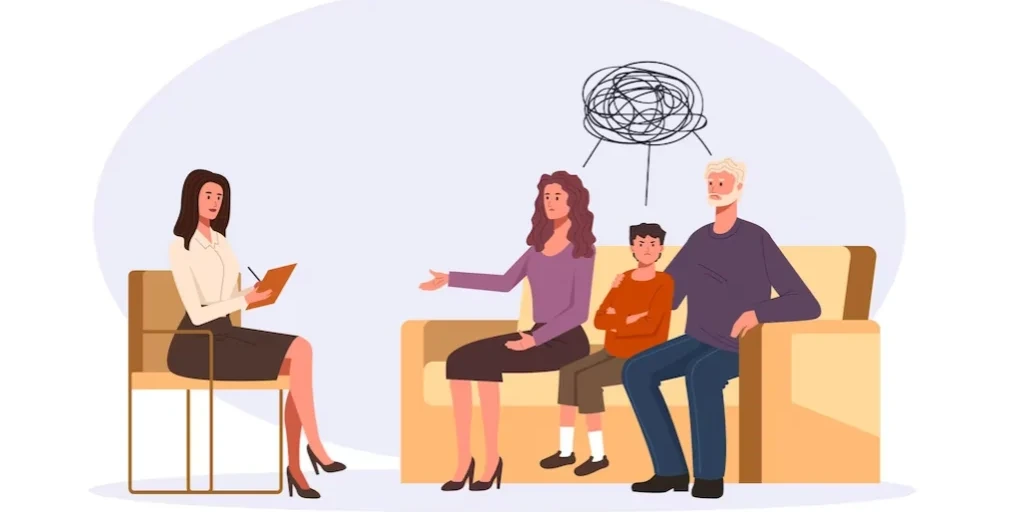
Allina Health Outpatient Addiction Services
Allina Health Outpatient Addiction Services is a private rehab located in Minneapolis, Minnesota. Al...








